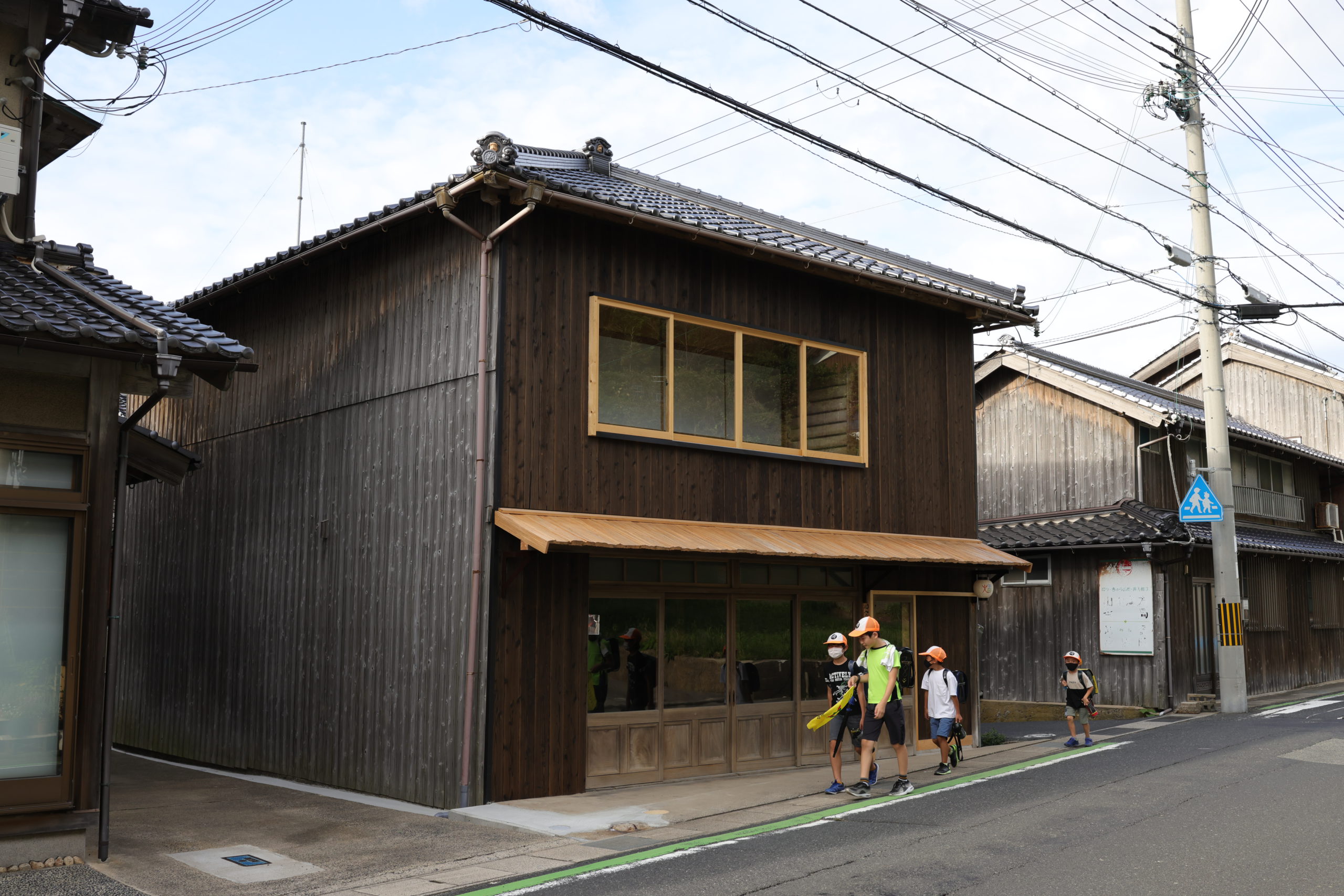
TAIZA Studio
TAIZA Studio is an experimental two-story house nestled in the Tango region, facing the sea and enveloped in burnt cedar boards. Constructed over a century ago, it has undergone meticulous repairs over the past four years by skilled woodworkers, ceramists, glassworkers, karakami artisan, and plaster craftsmen.
Through this transformative process, the site evolves into a hub for mutual learning, seamlessly integrating the house and its activities into the fabric of the community, thereby becoming an intrinsic part of its history. It serves as a platform where life and art intertwine, narrating a compelling story.
Throughout the year, TAIZA Studio hosts food and craft workshops along with art exhibitions, inviting visitors to immerse themselves in its unique ambiance and creative energy.
Open to the public during exhibitions and other events, TAIZA Studio welcomes visitors to engage with its vibrant atmosphere and creative offerings.
ADDRESS
2854 Taiza Tangocho, Kyotango
ADMISSION
PARKING
There is no parking available. Please use the nearby Shiroshima Park parking lot.
Open to the public during exhibitions and other events,
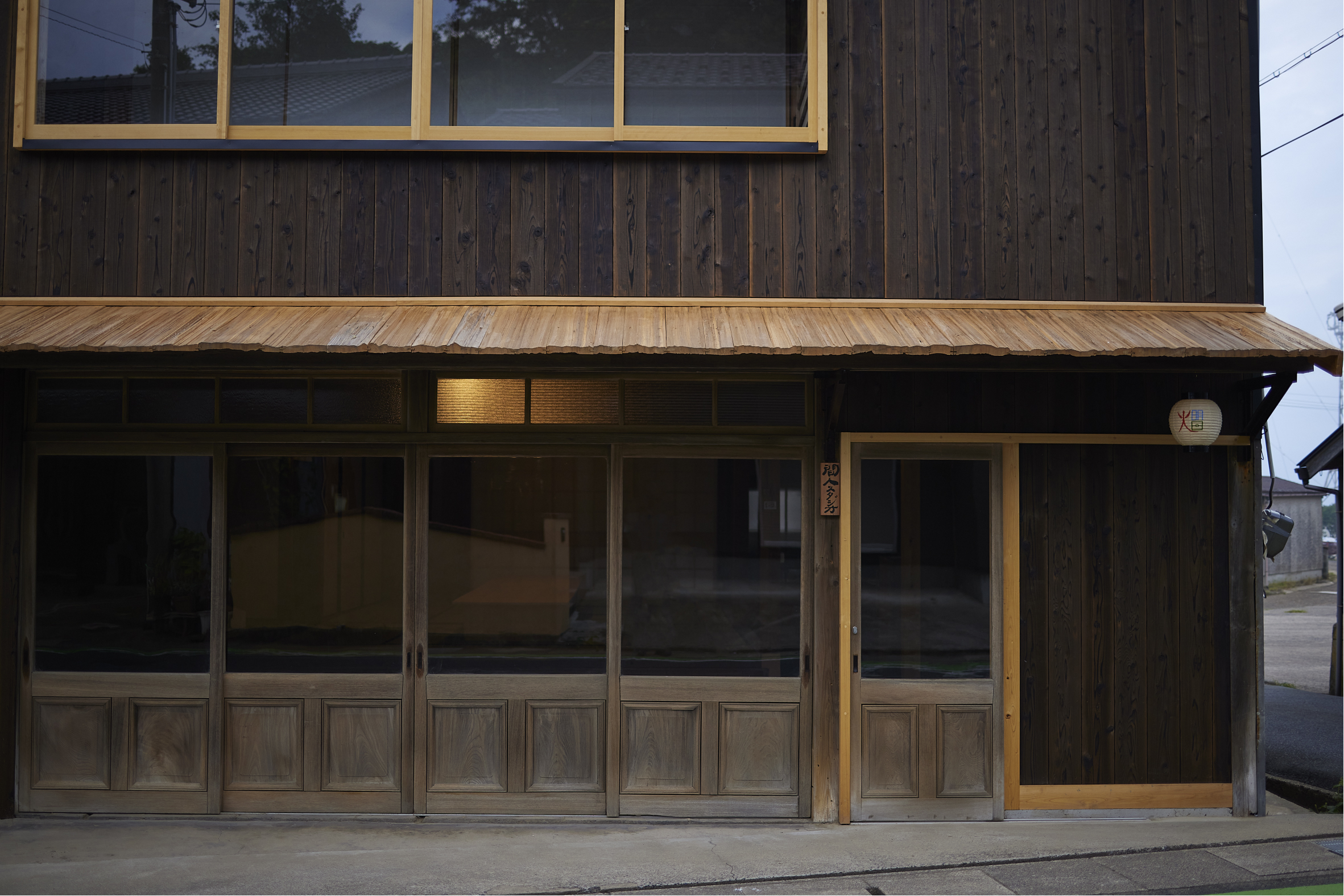
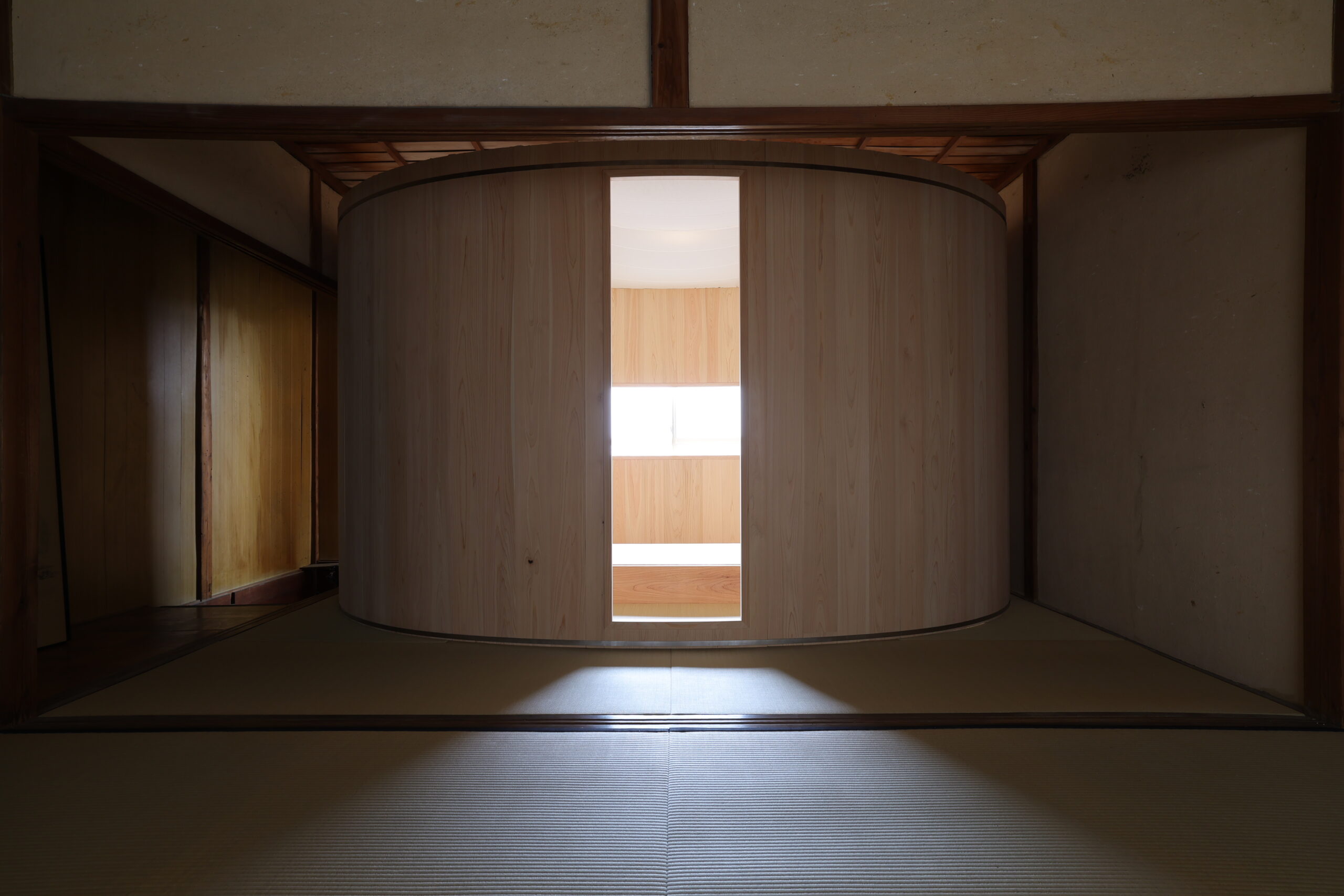
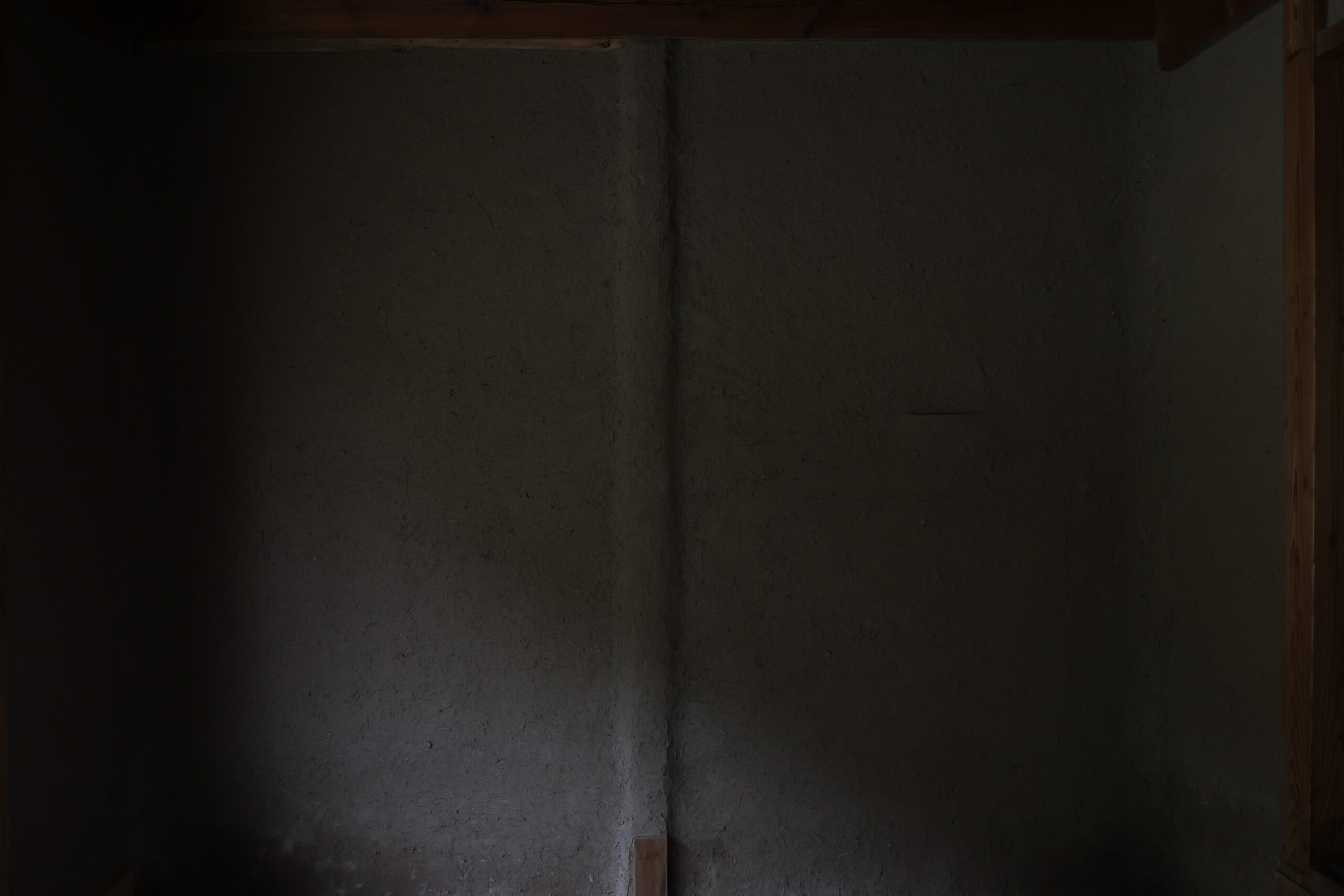
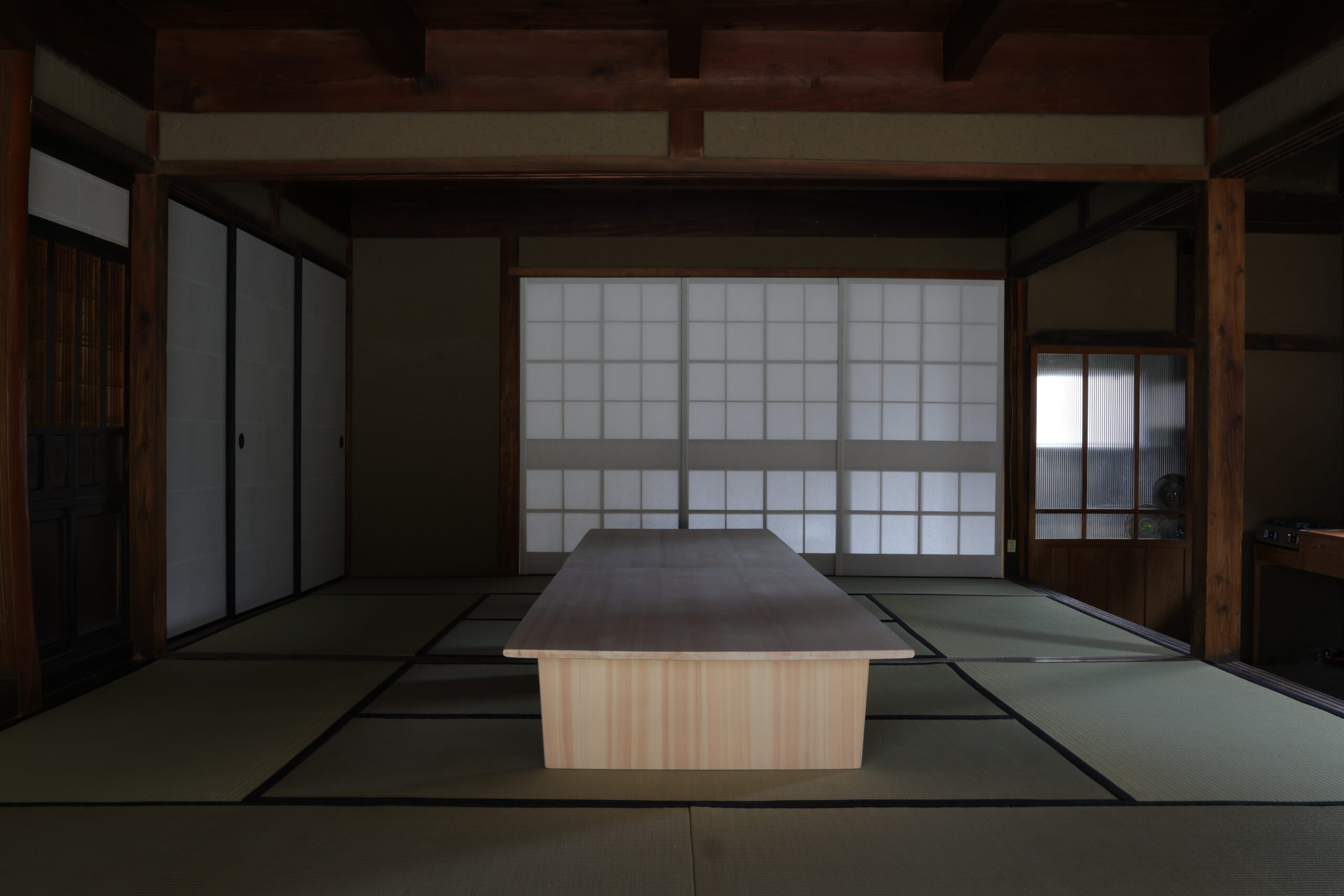
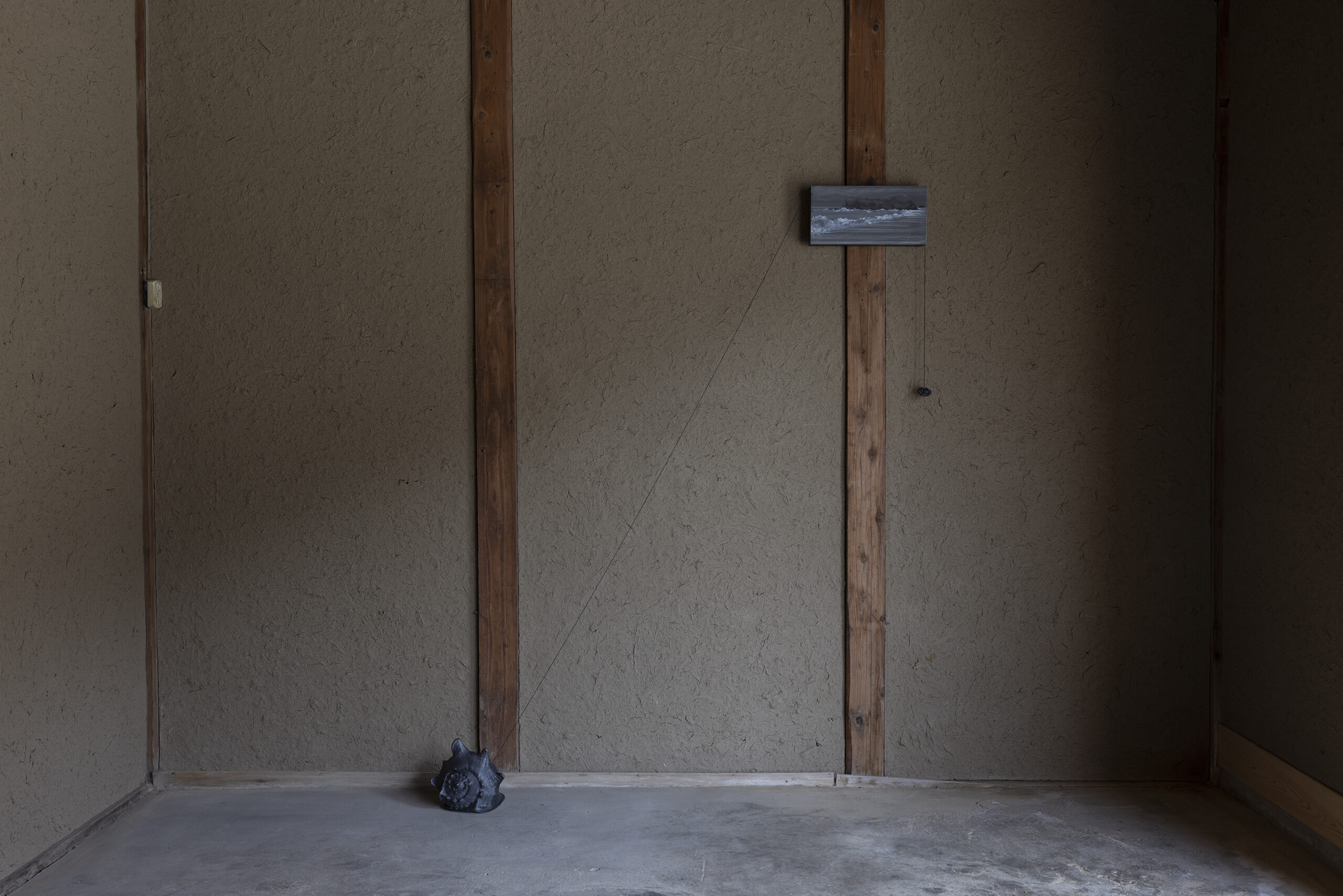
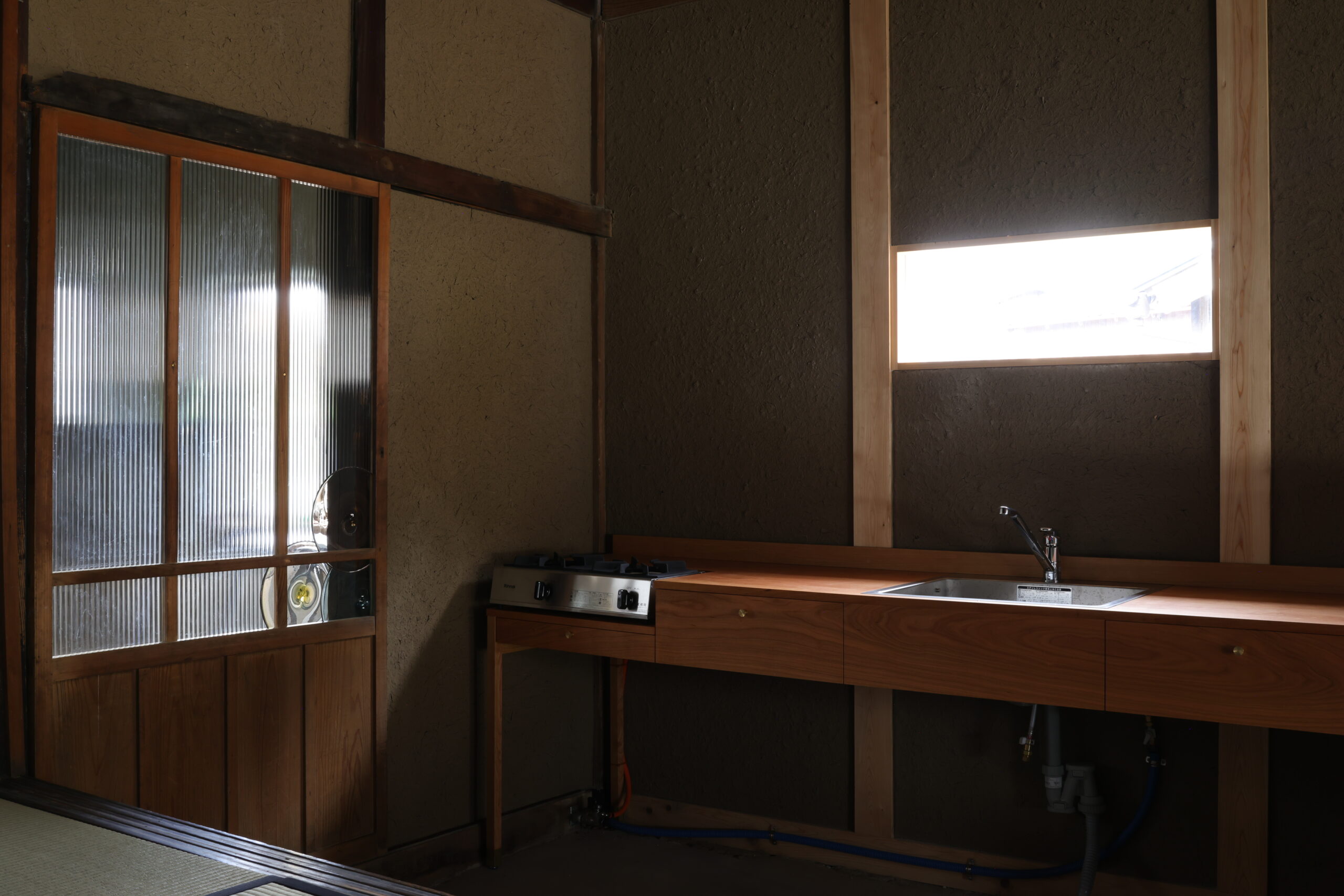
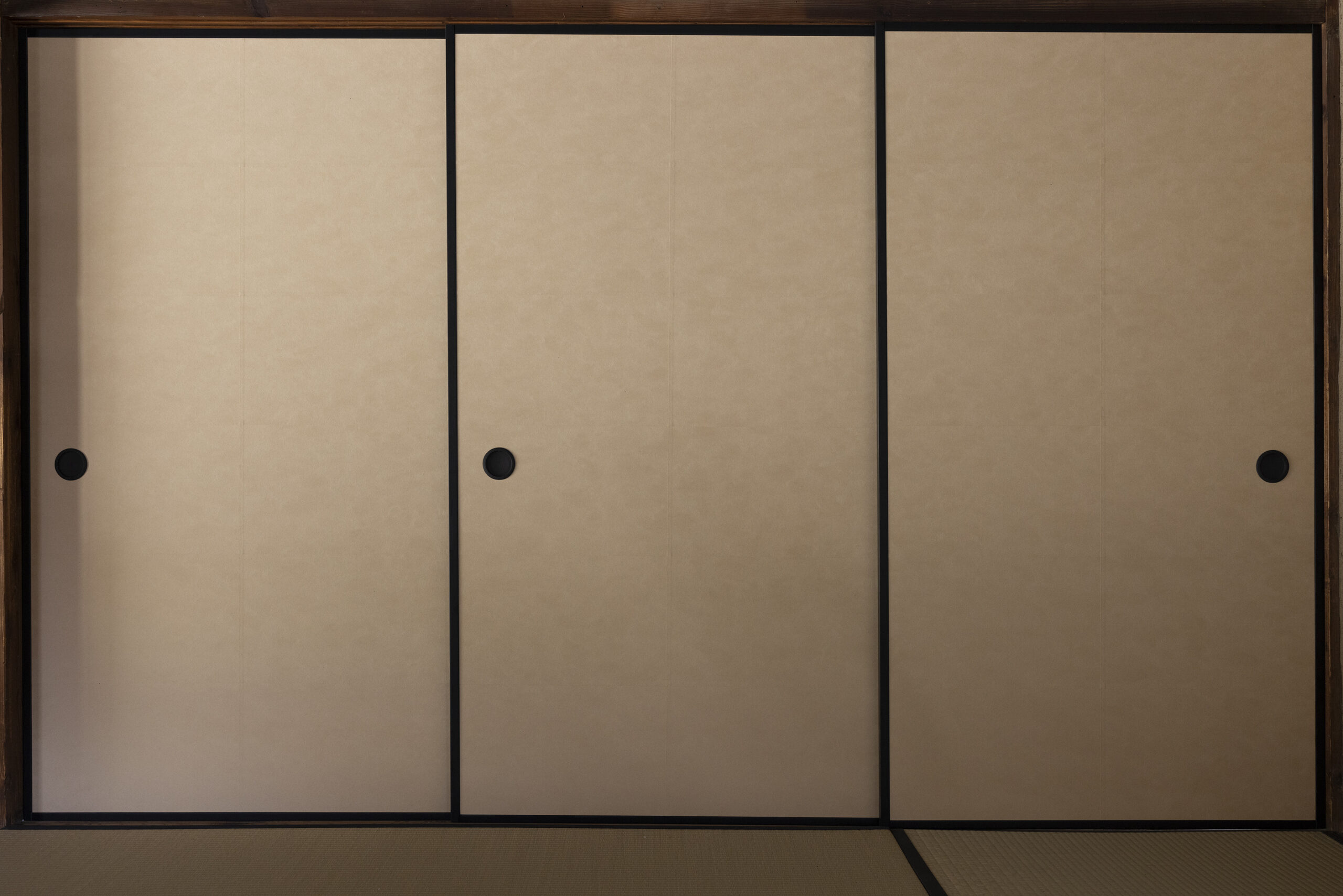
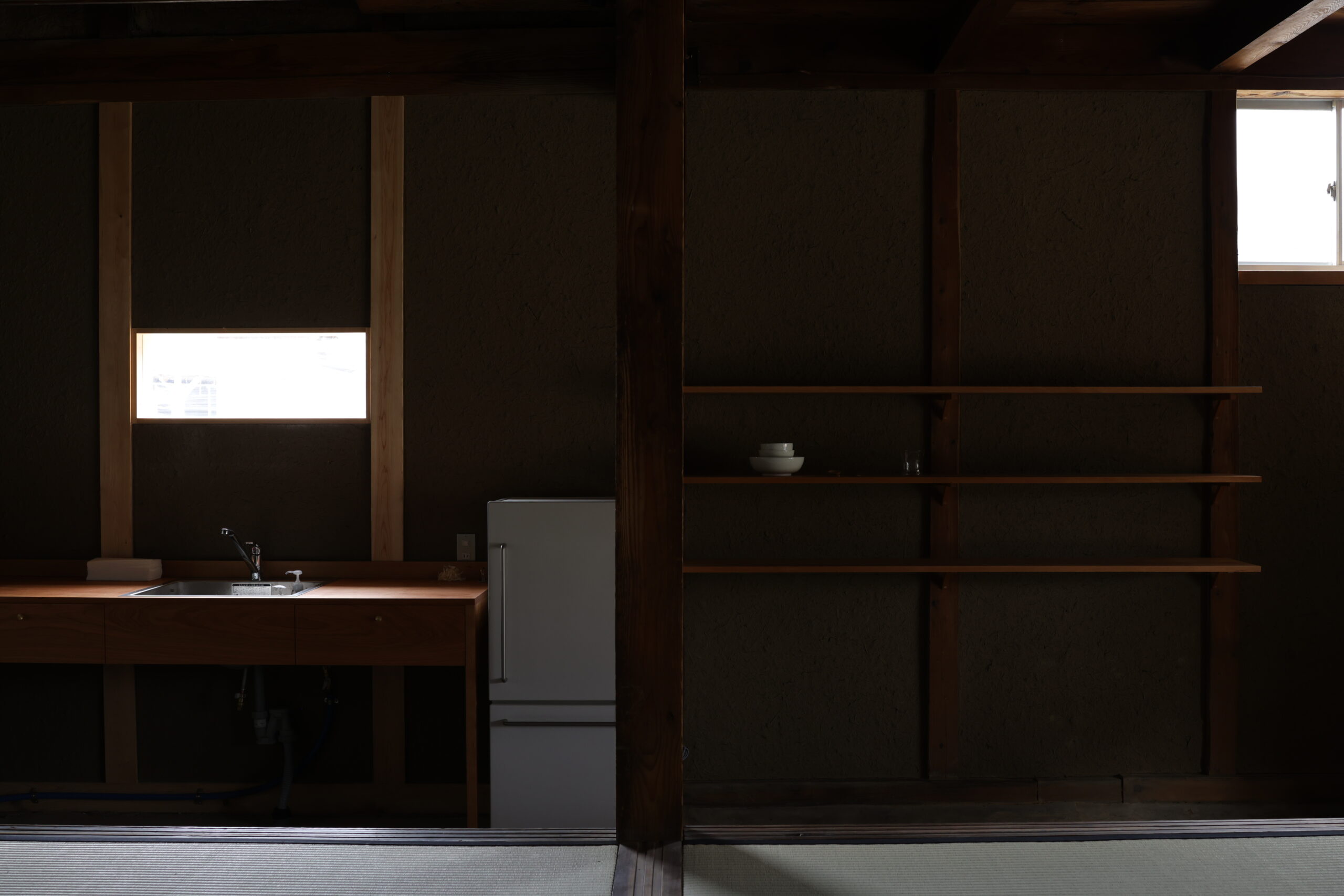
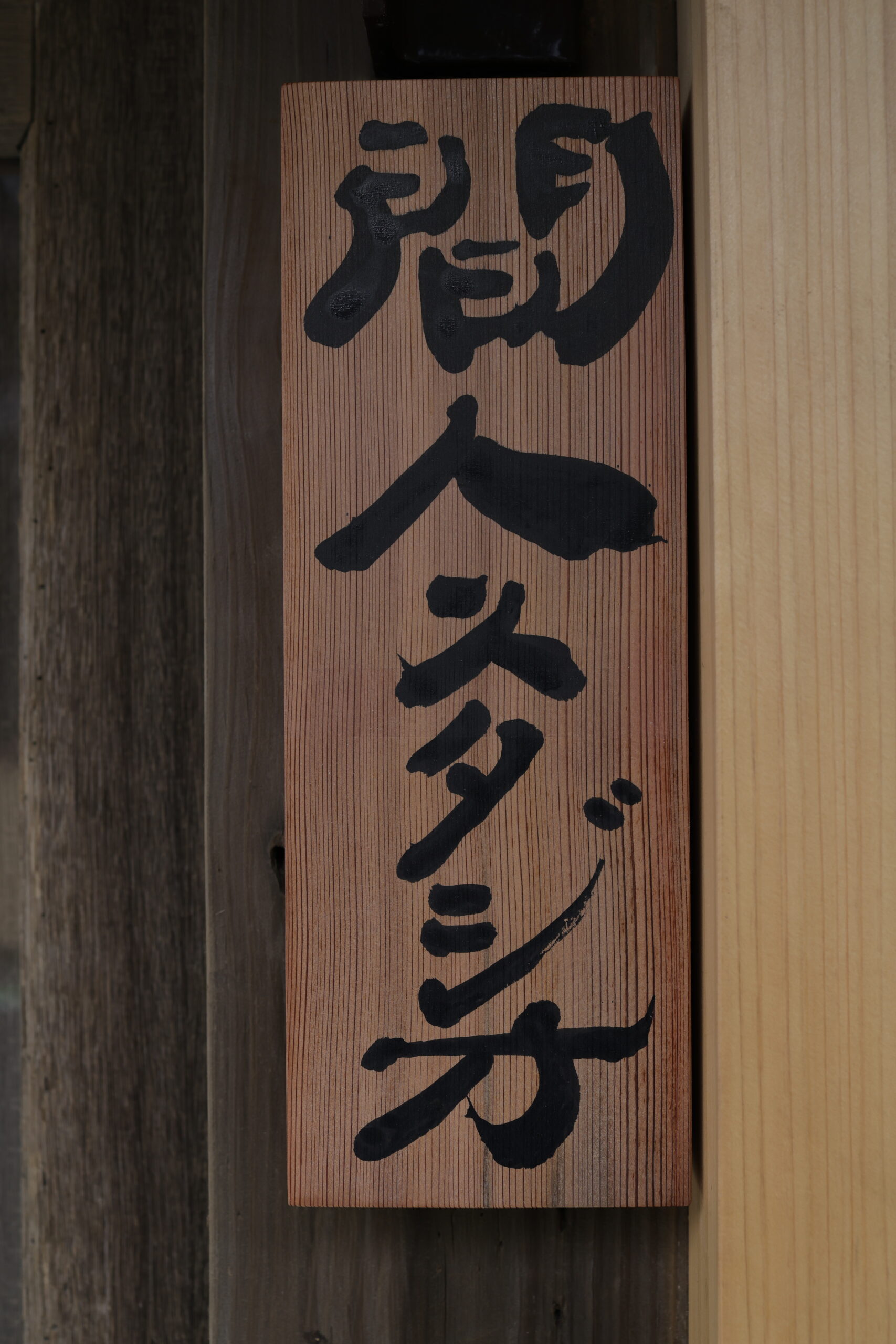
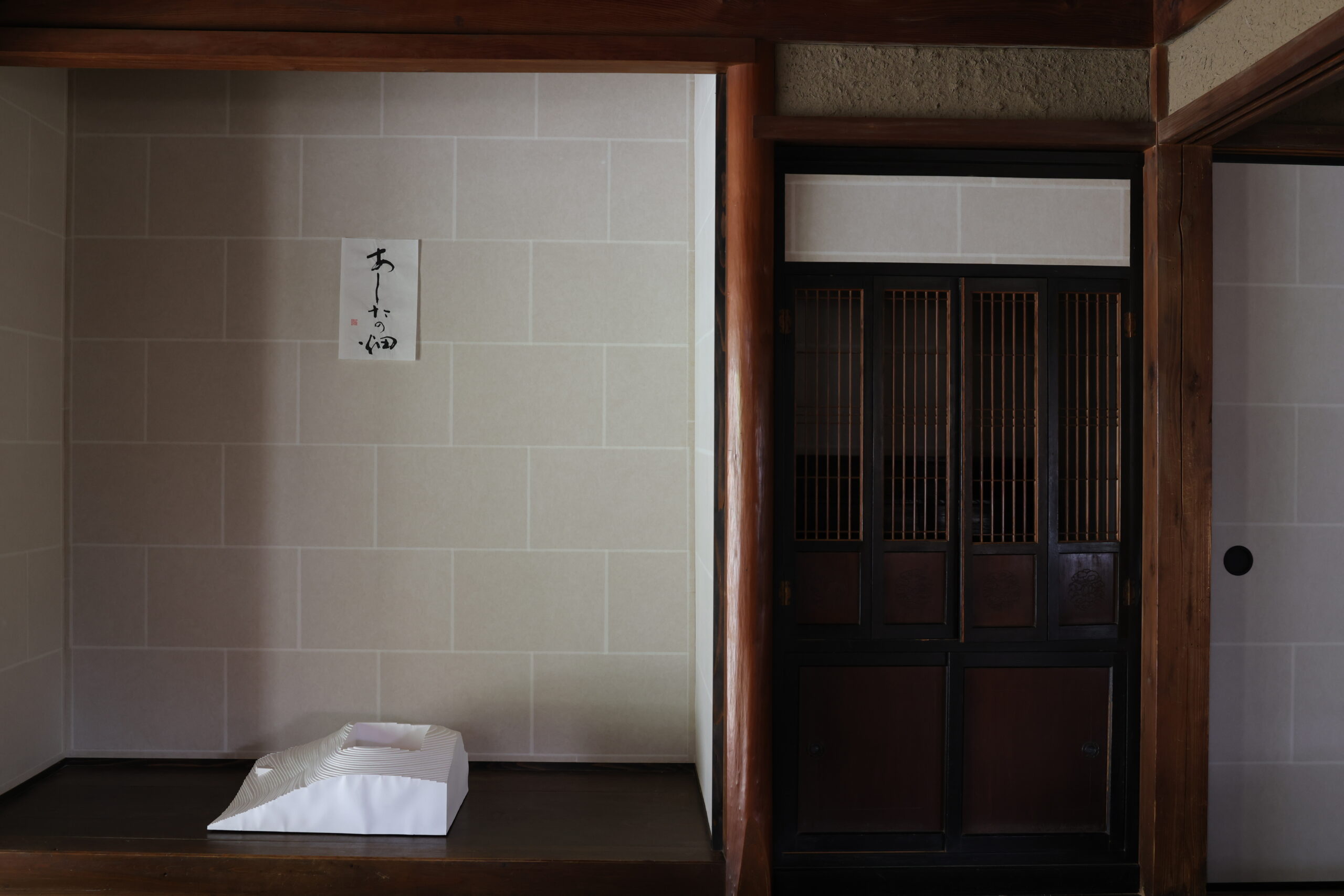

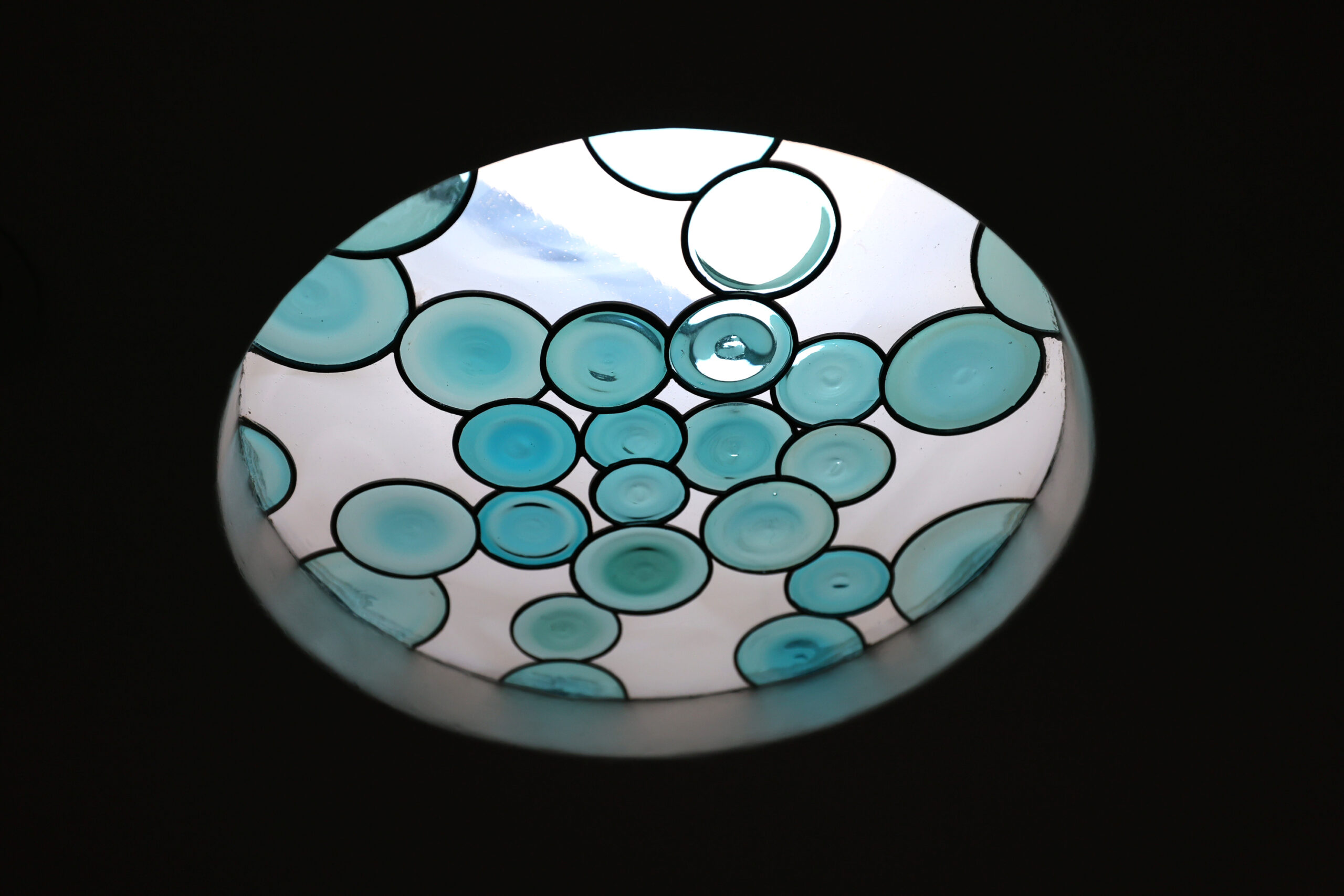
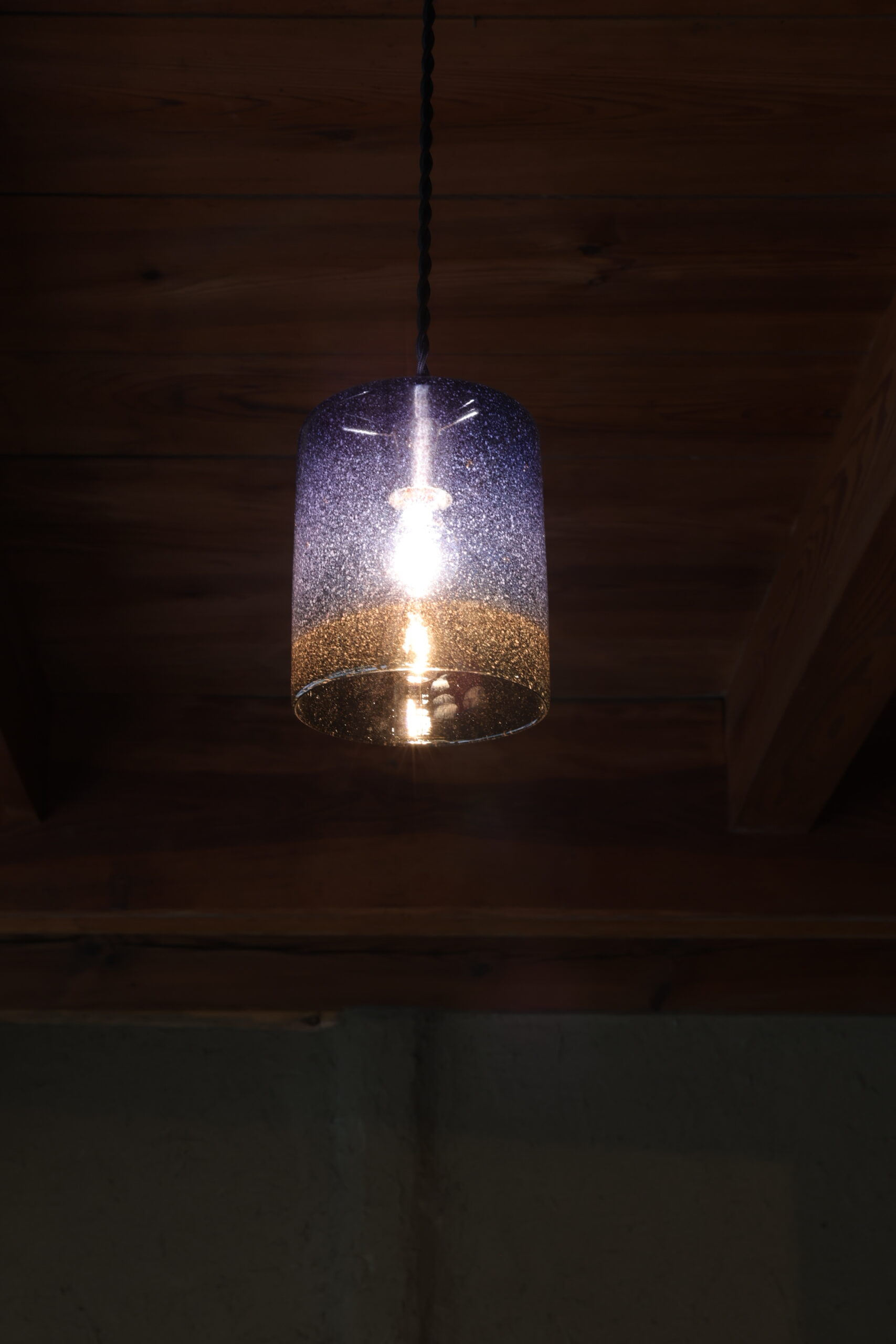
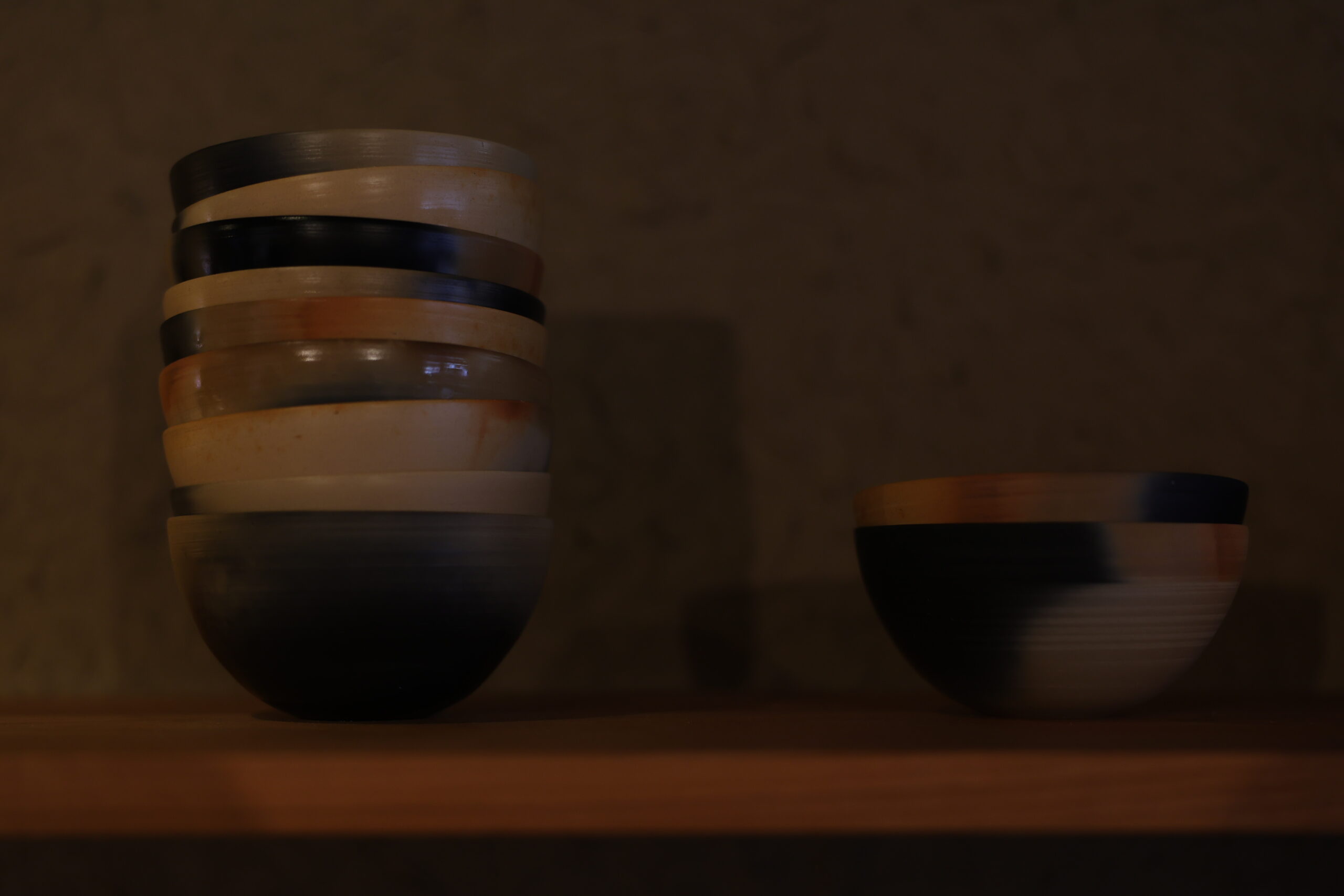
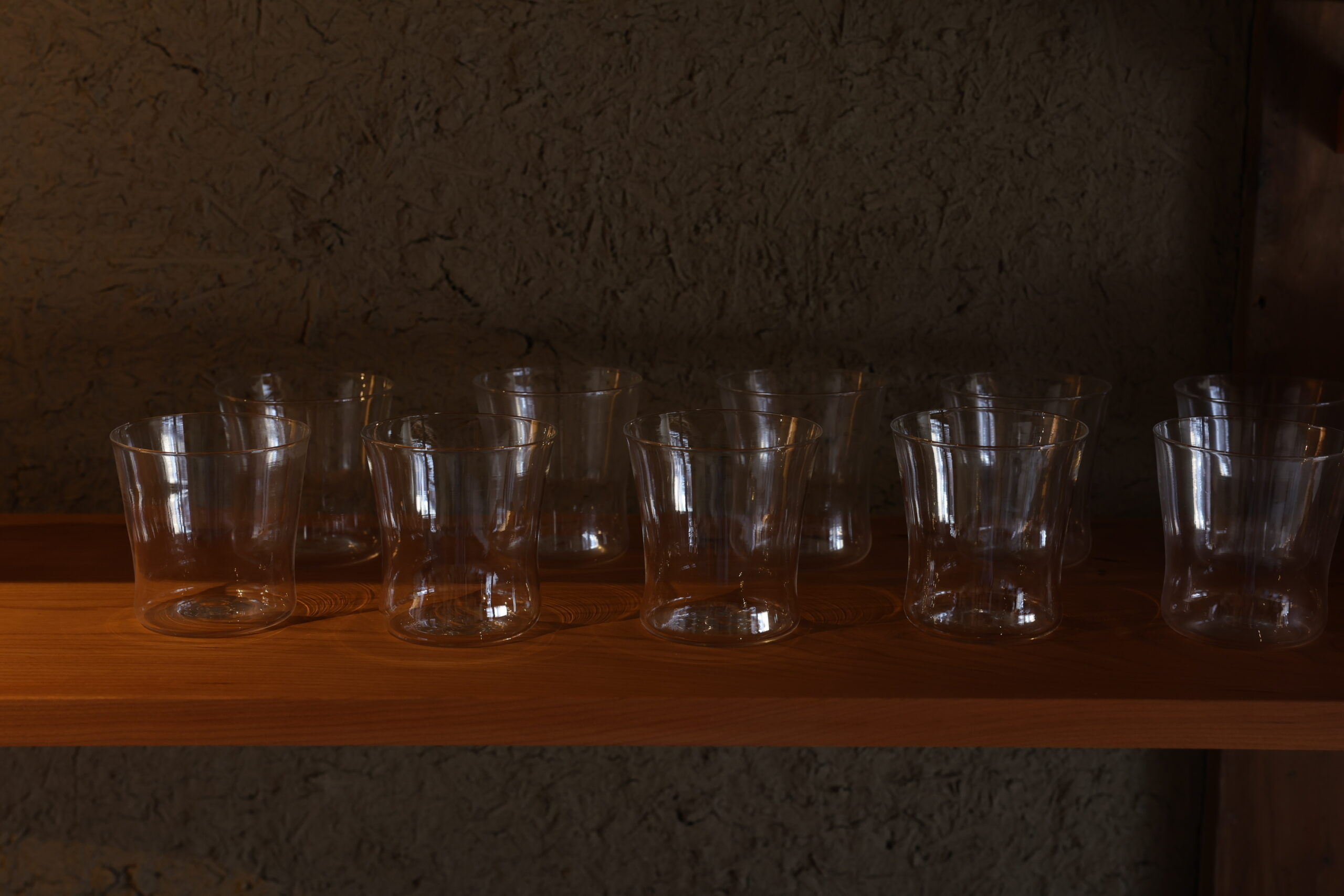
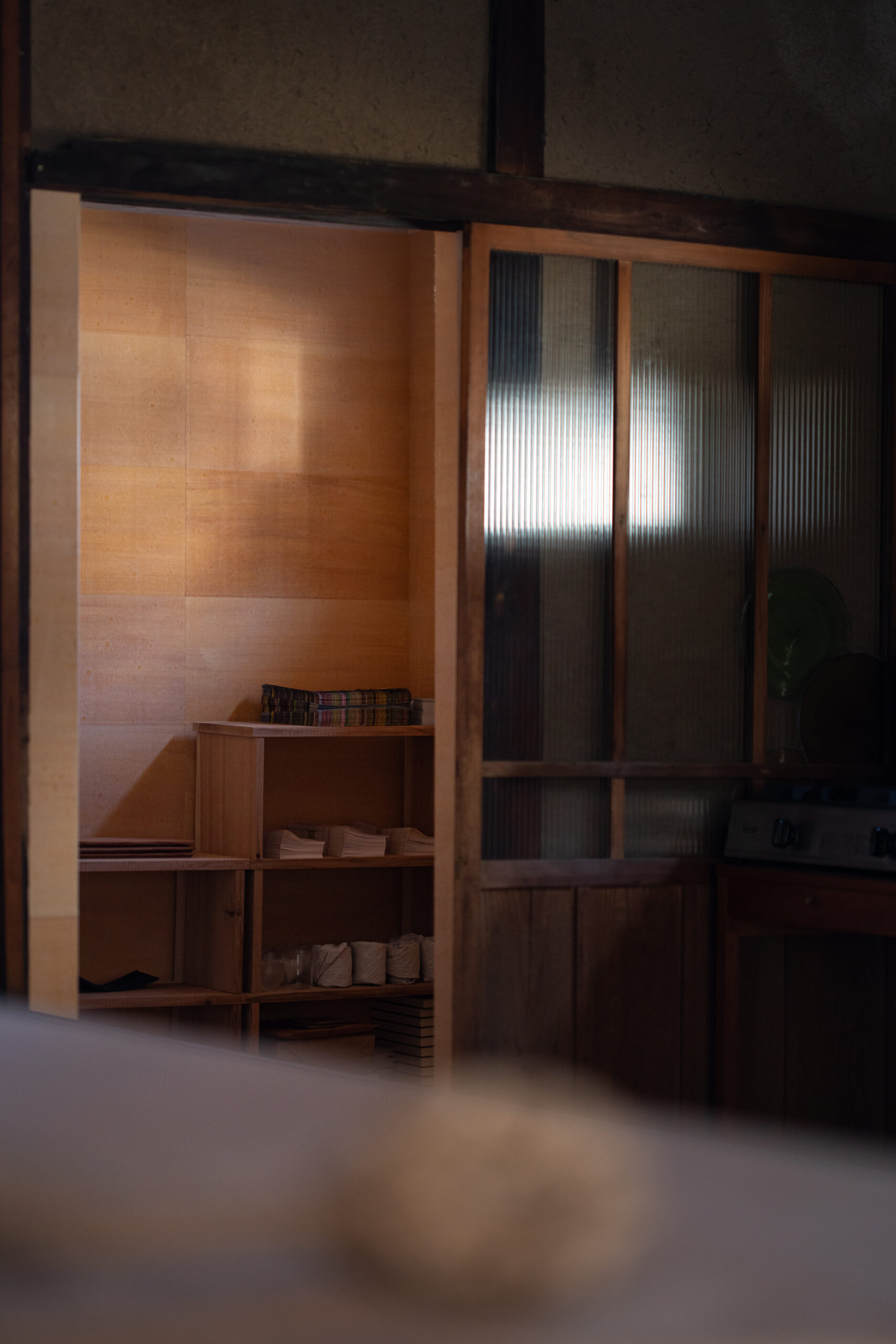
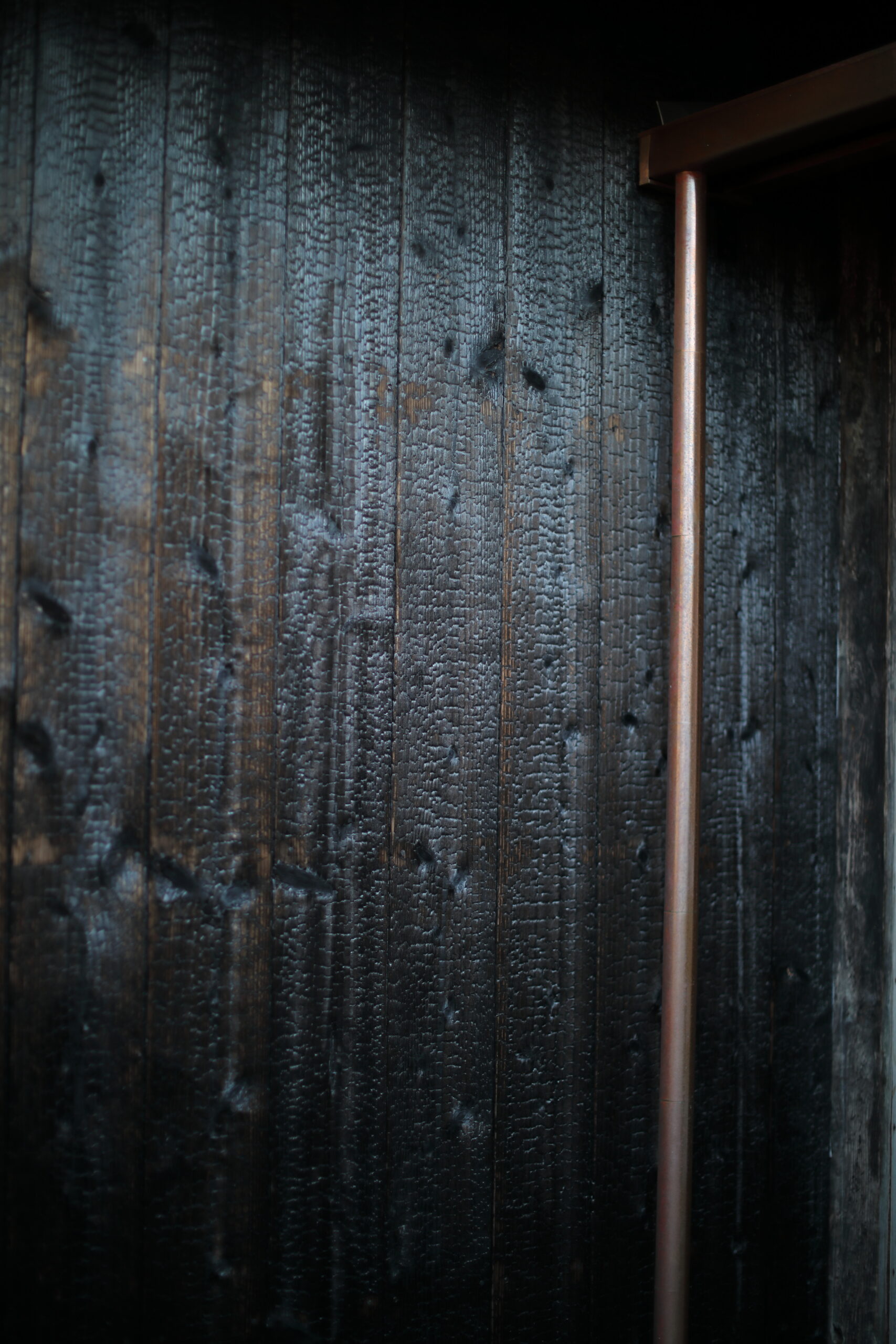
Exhibited works (Click on the image to see a description of the work)
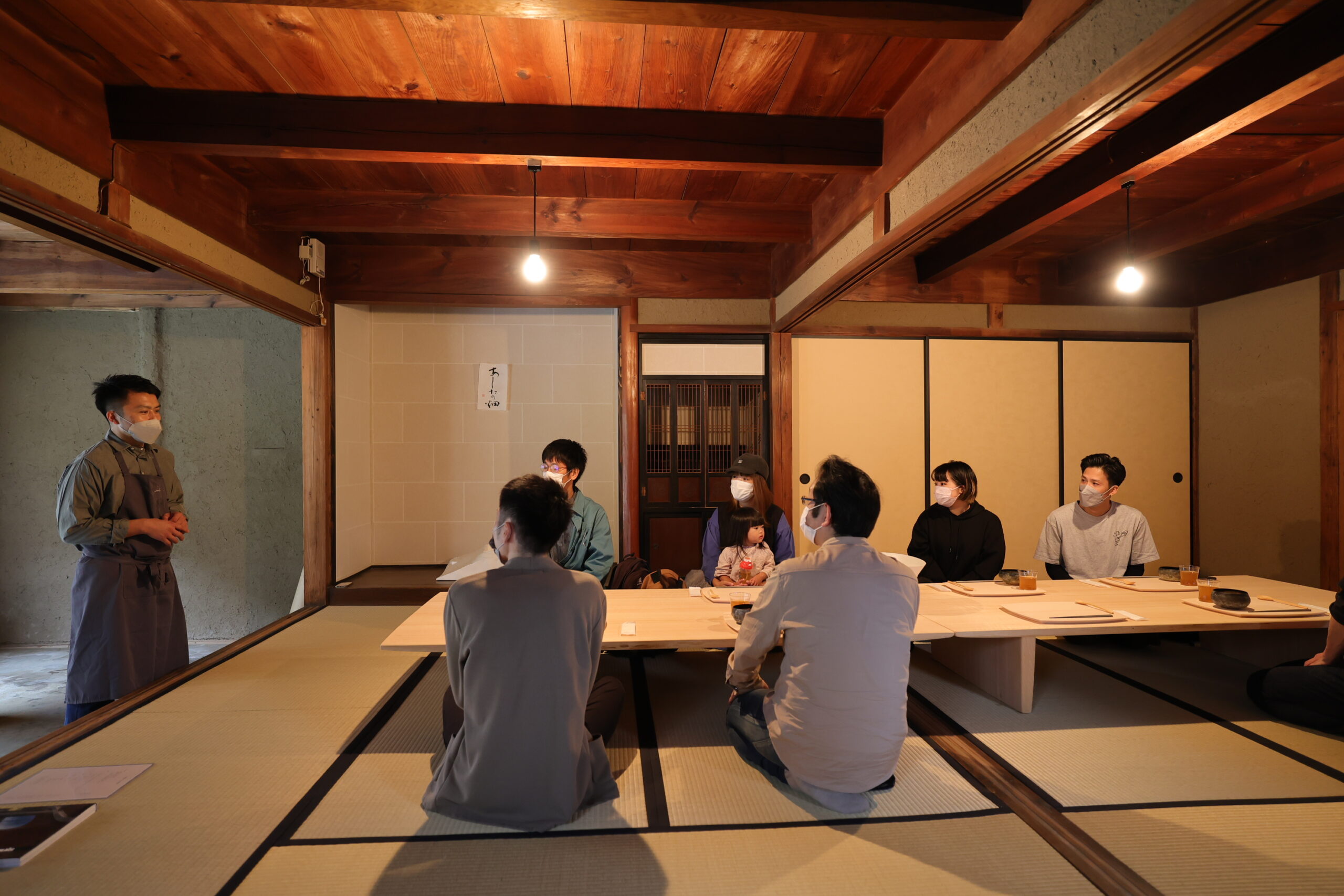
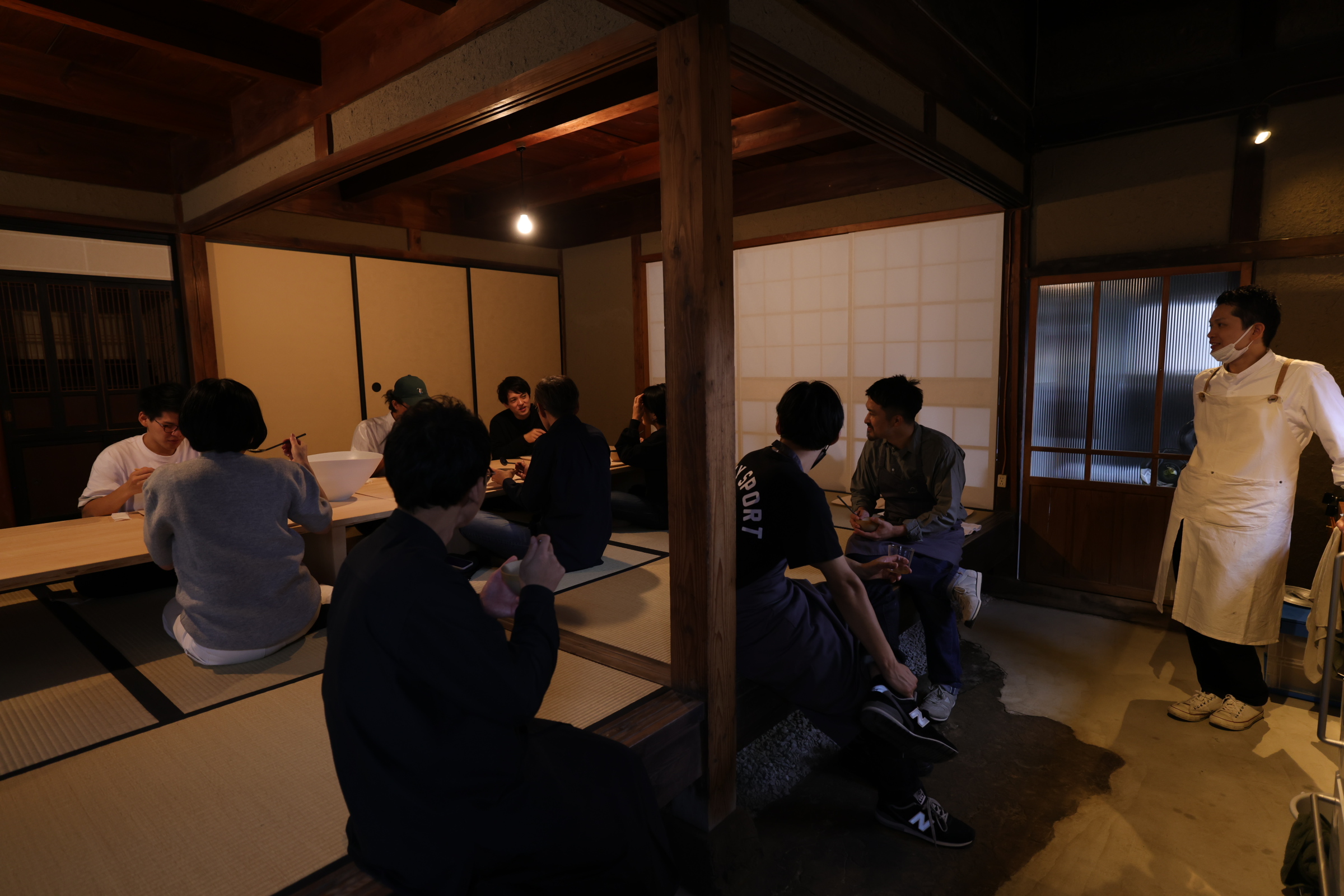
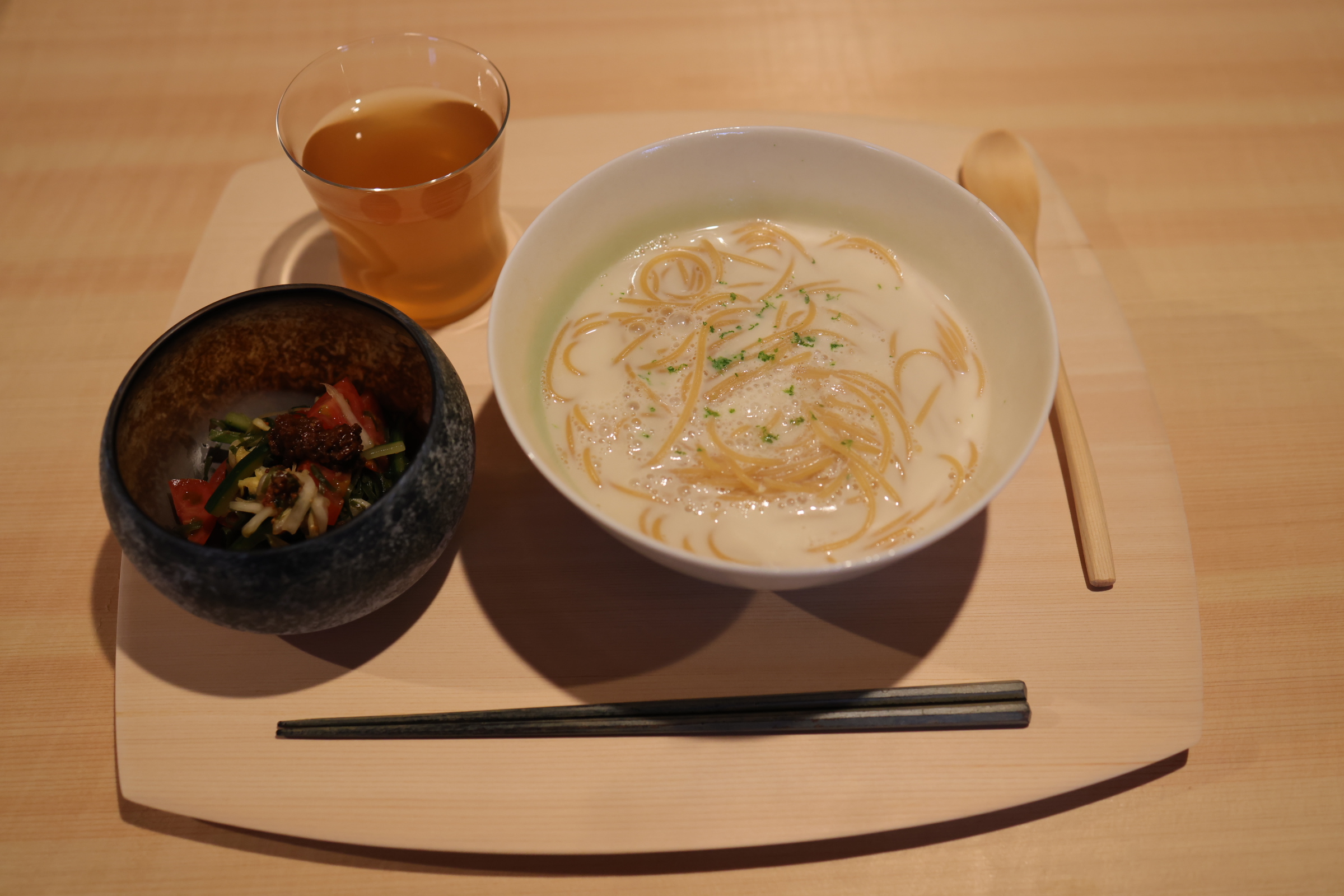
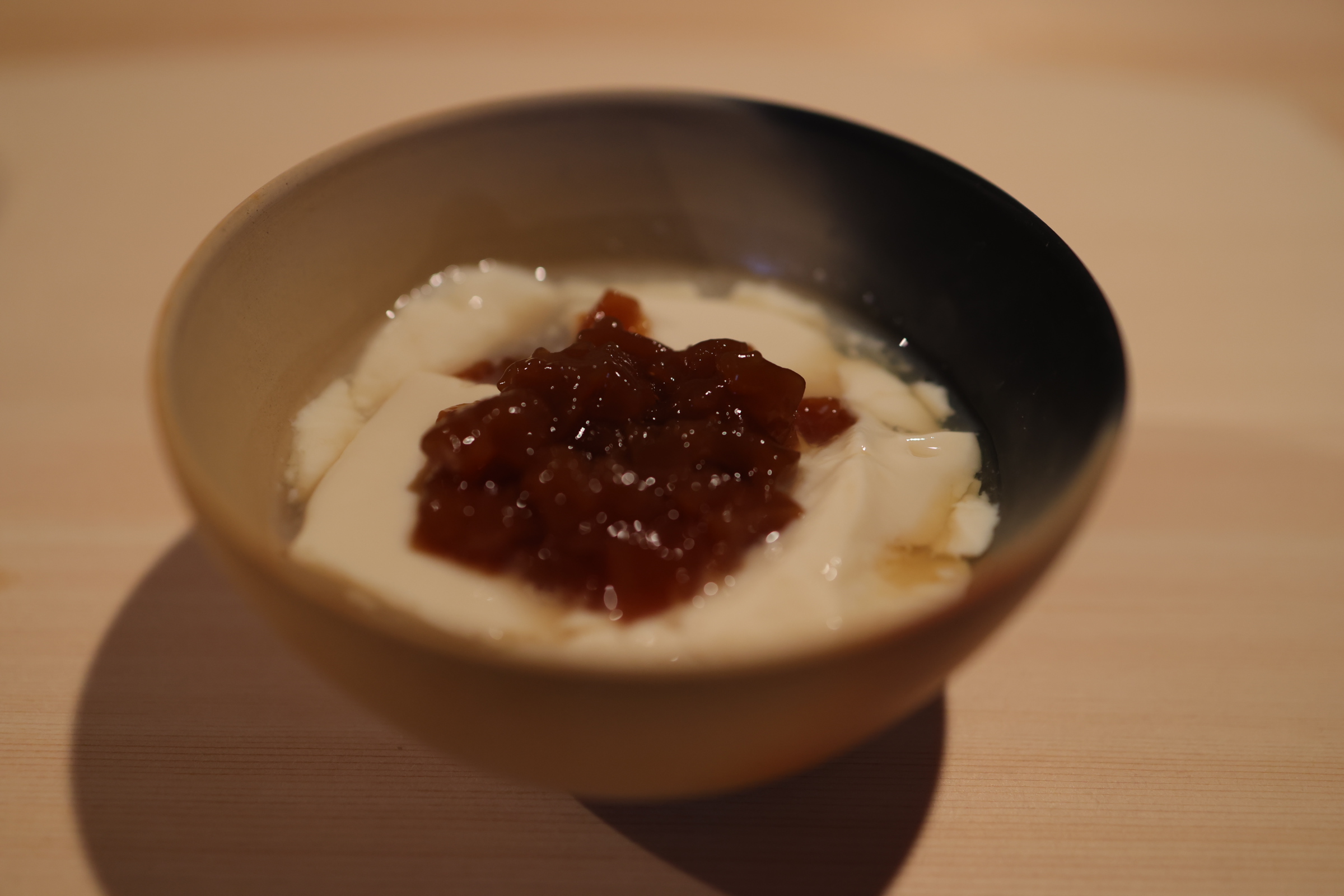
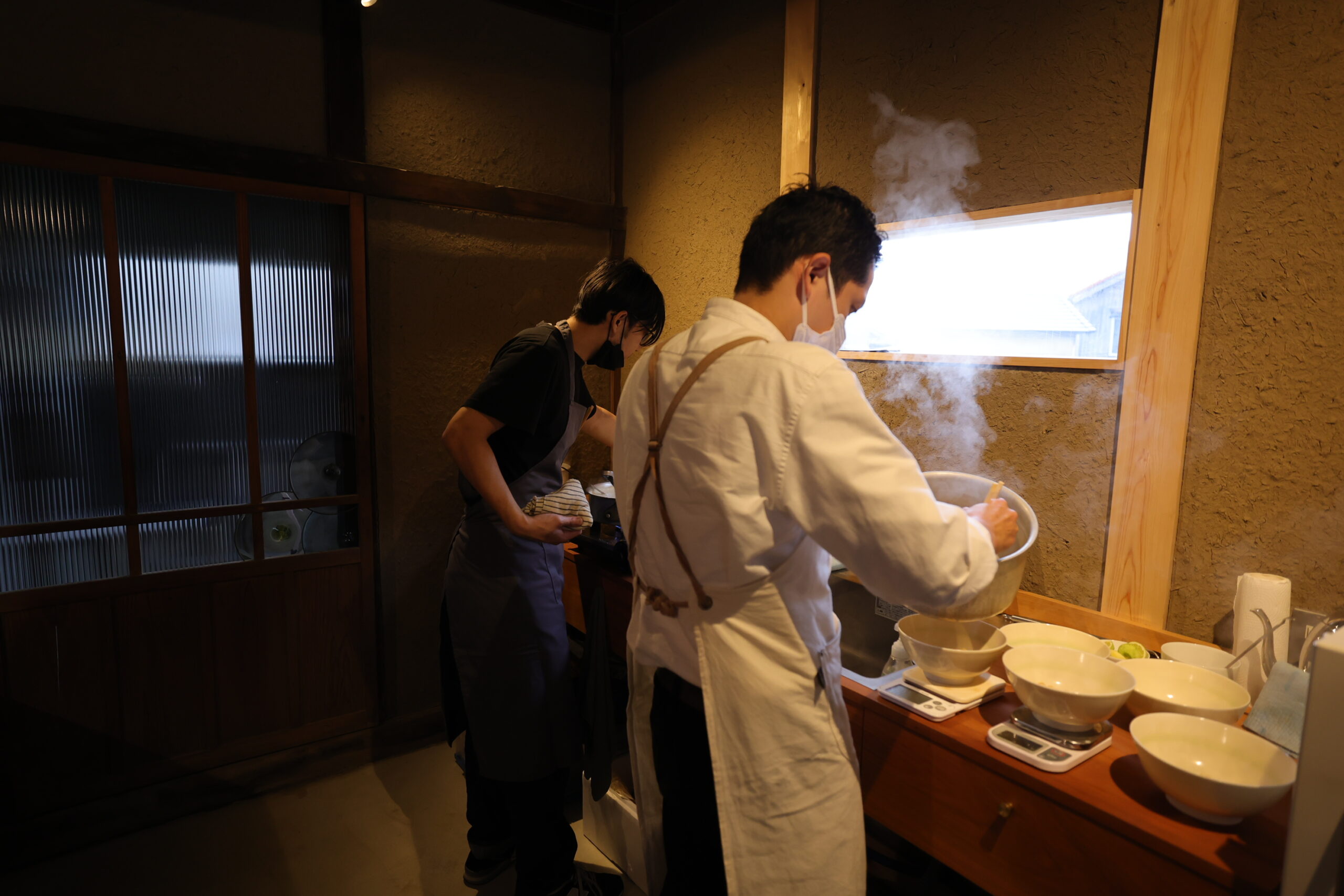
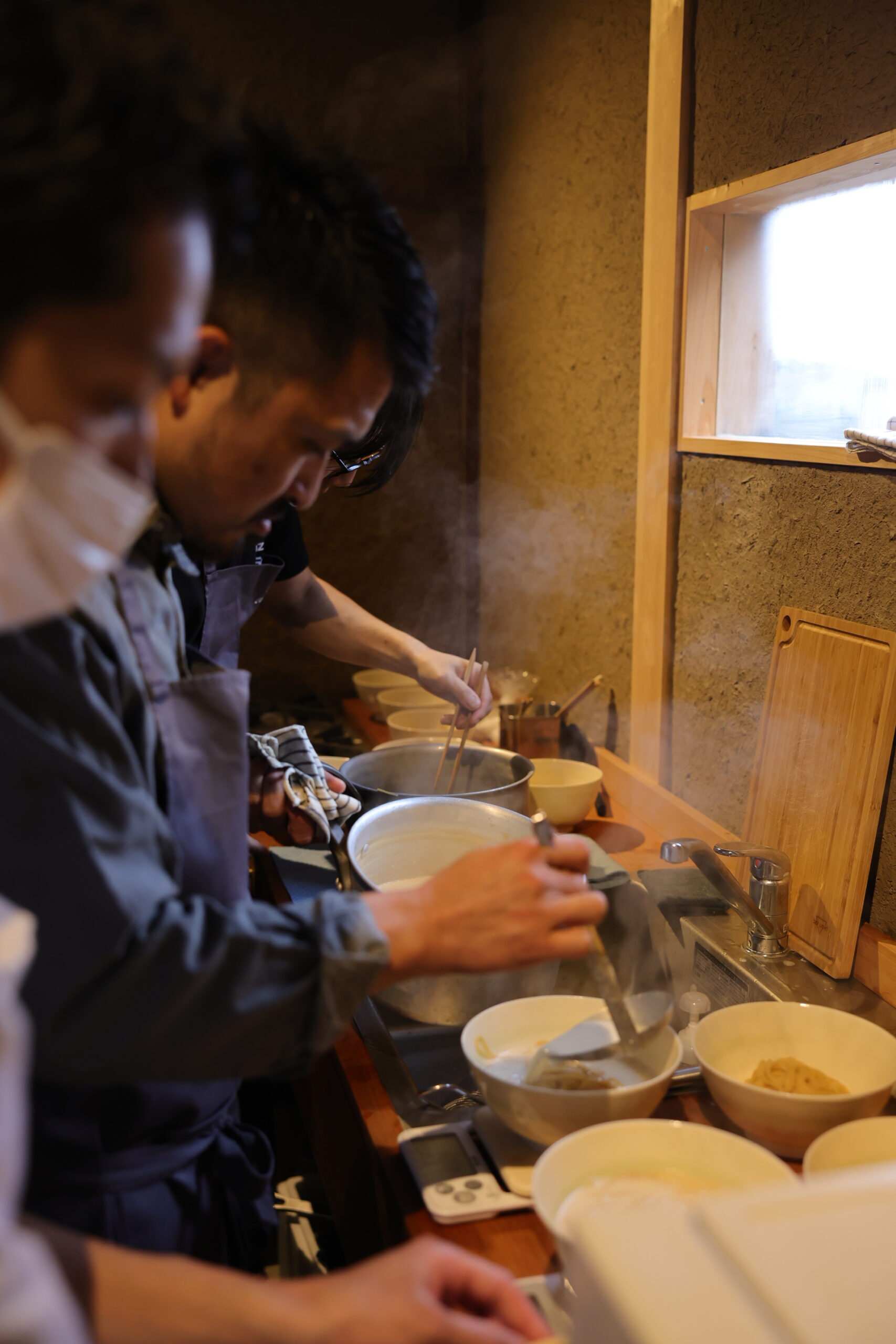
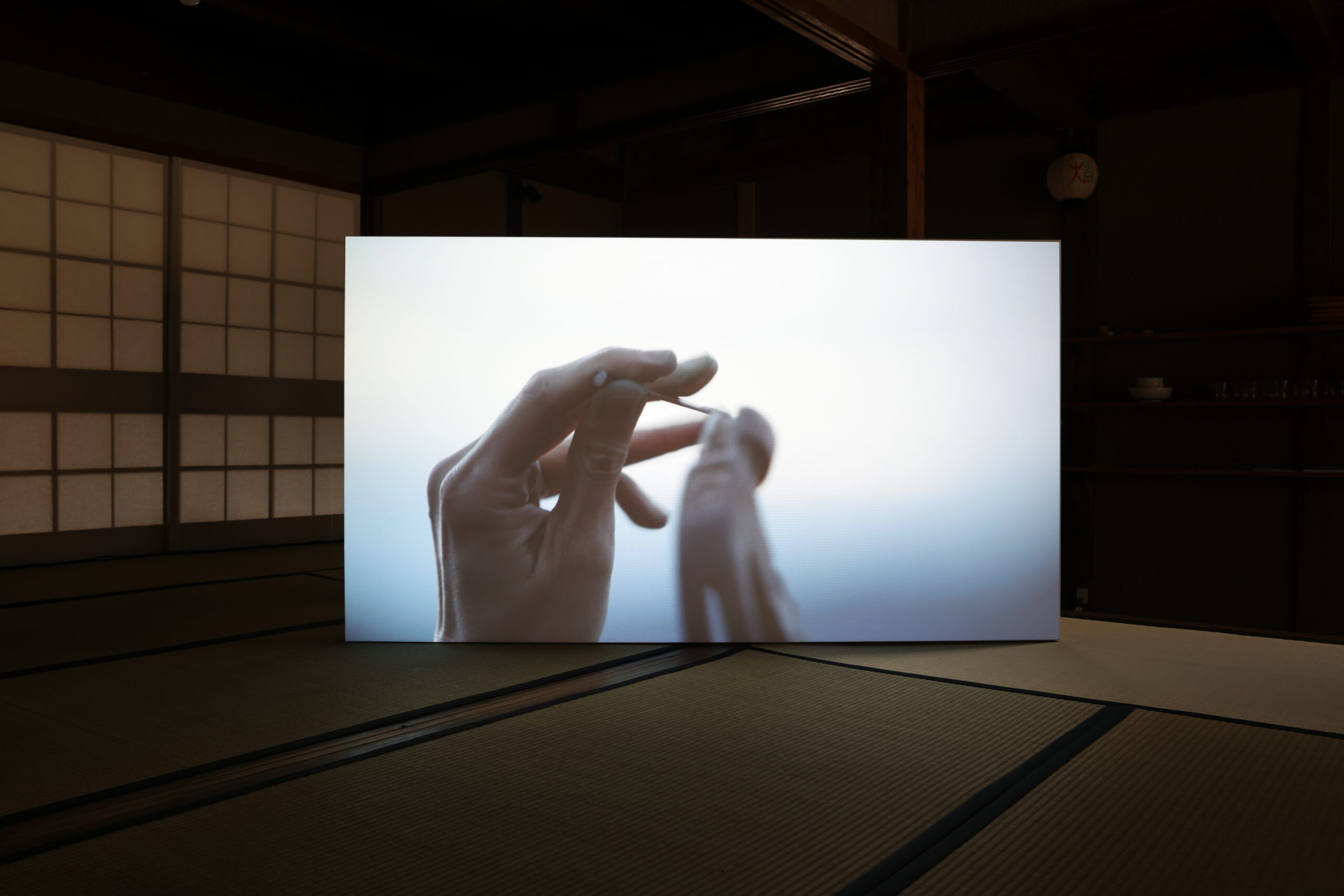
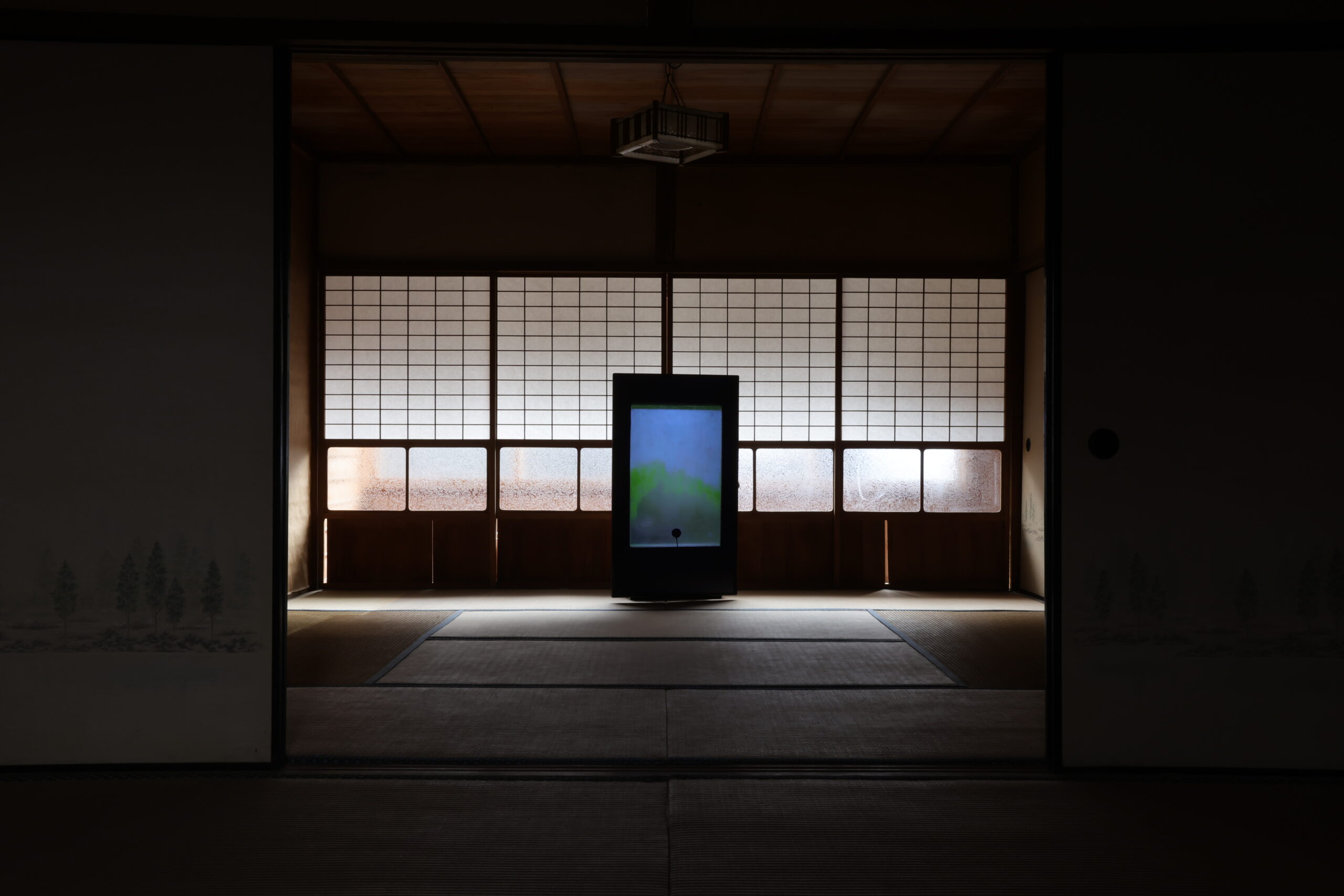
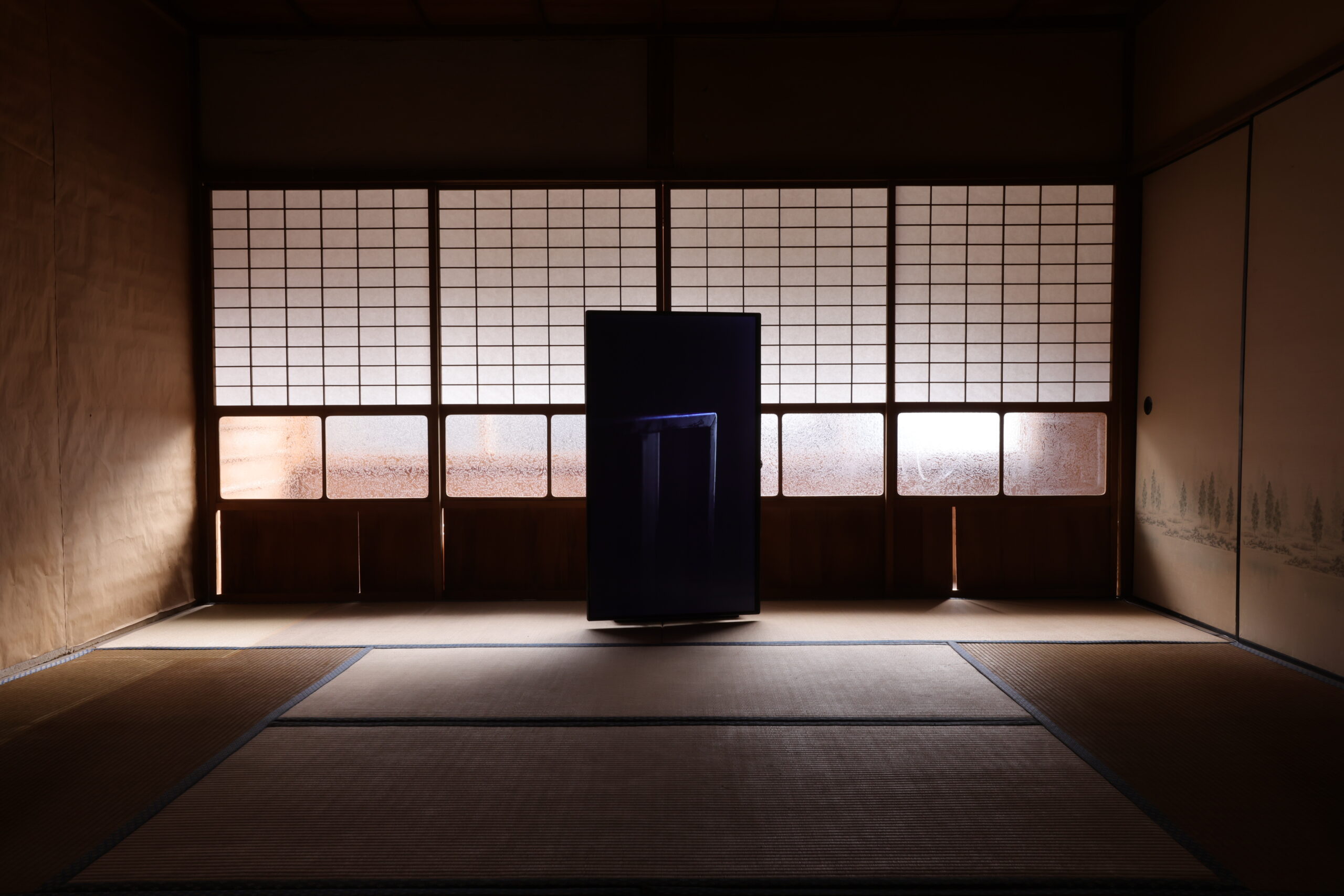
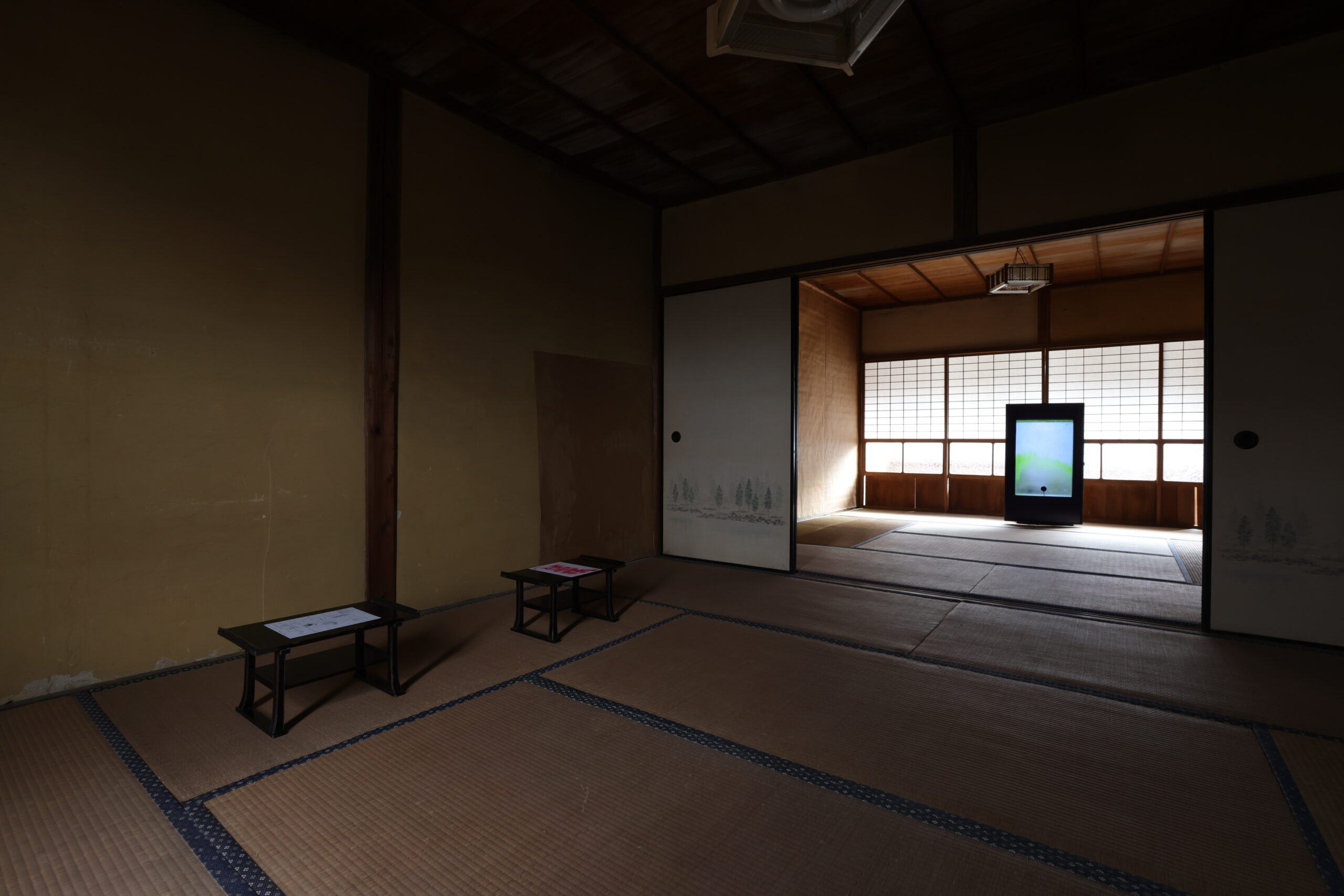
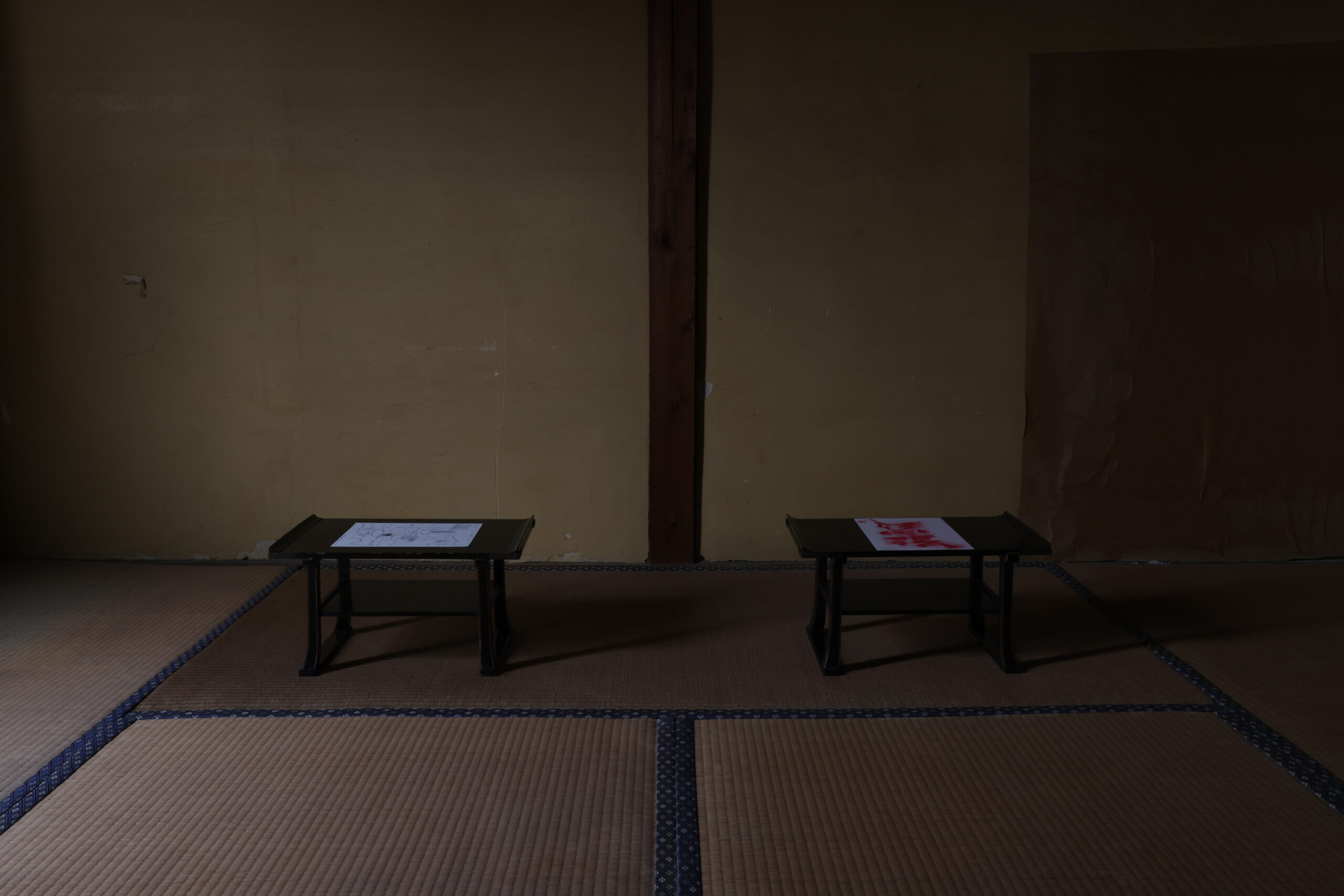
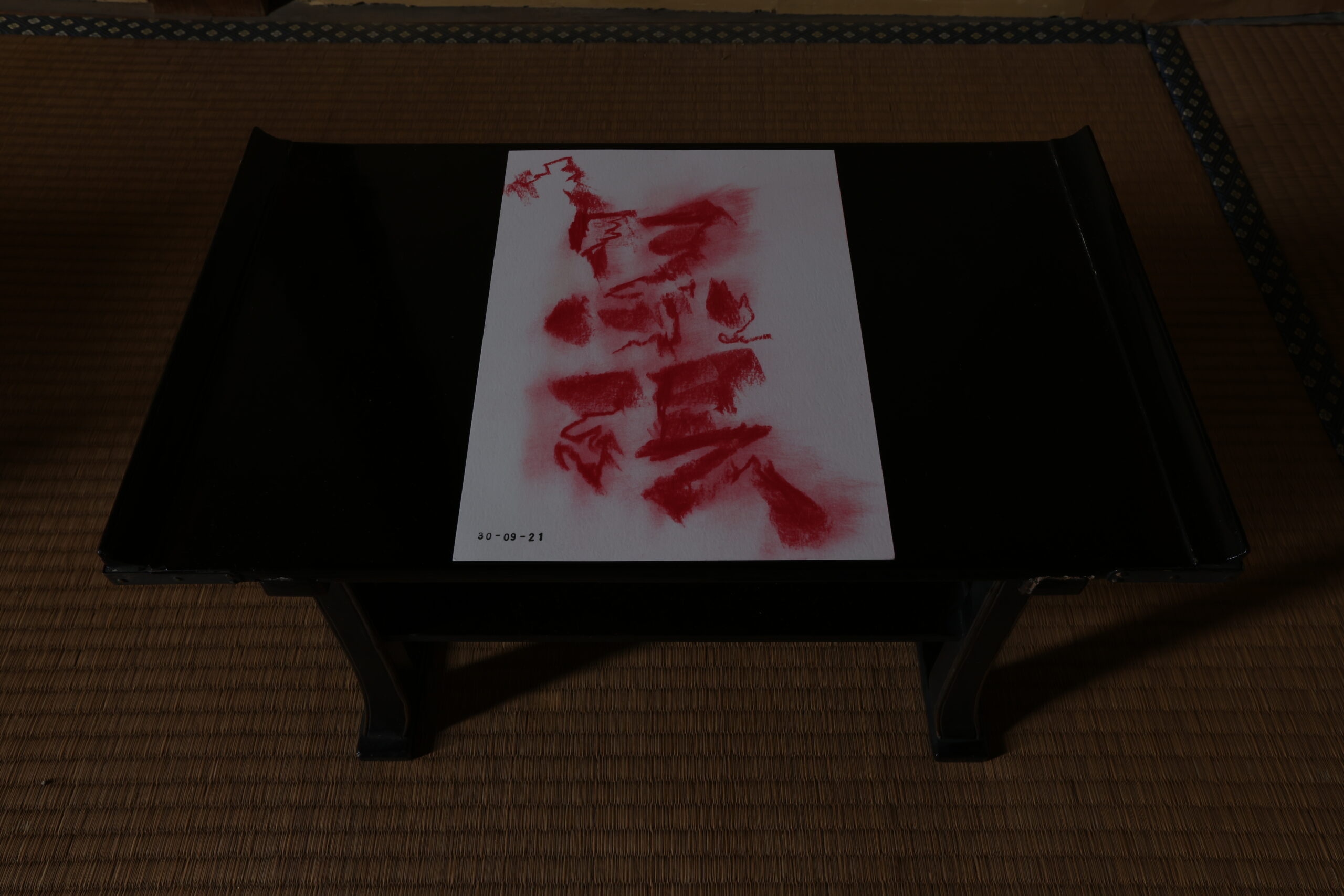
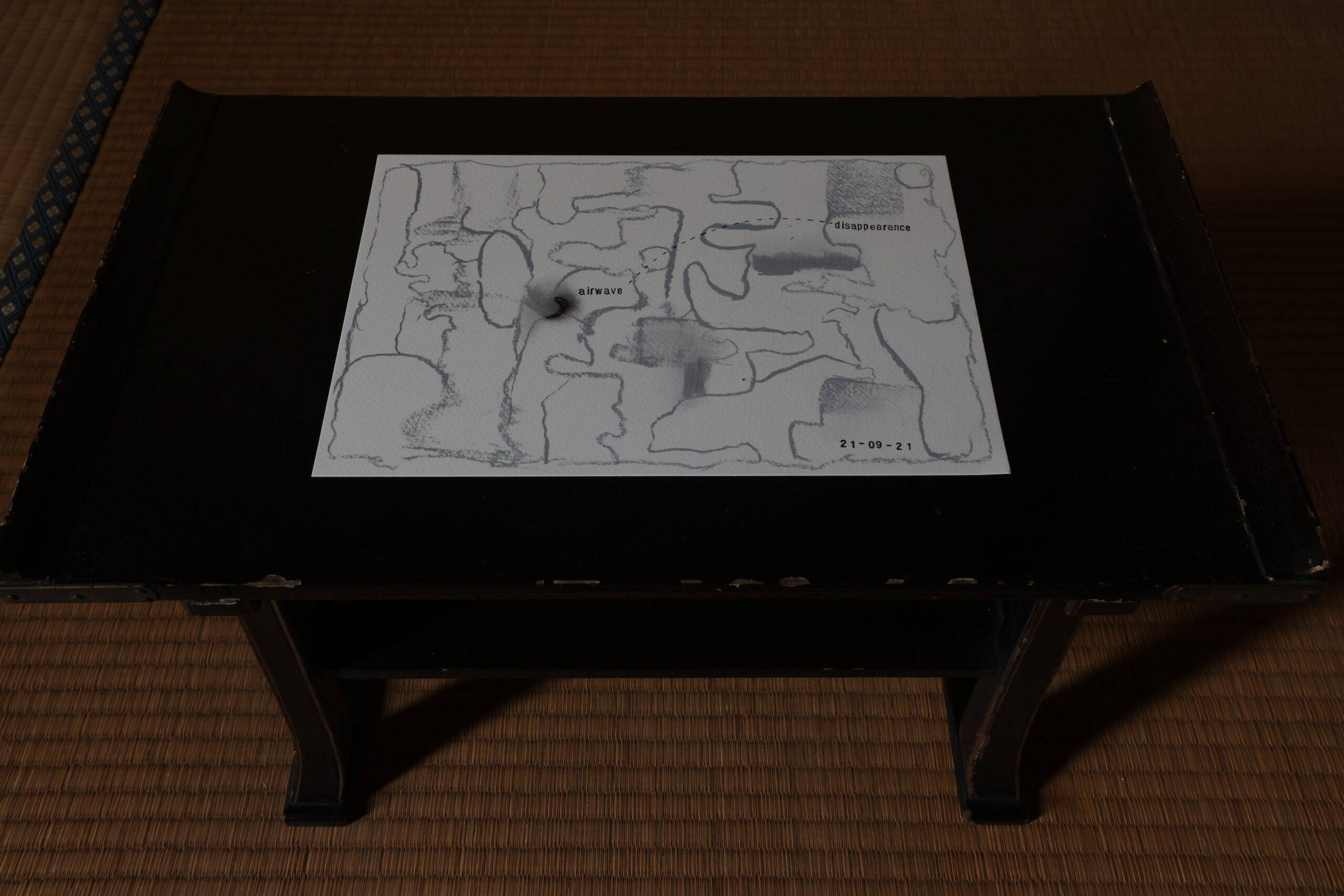
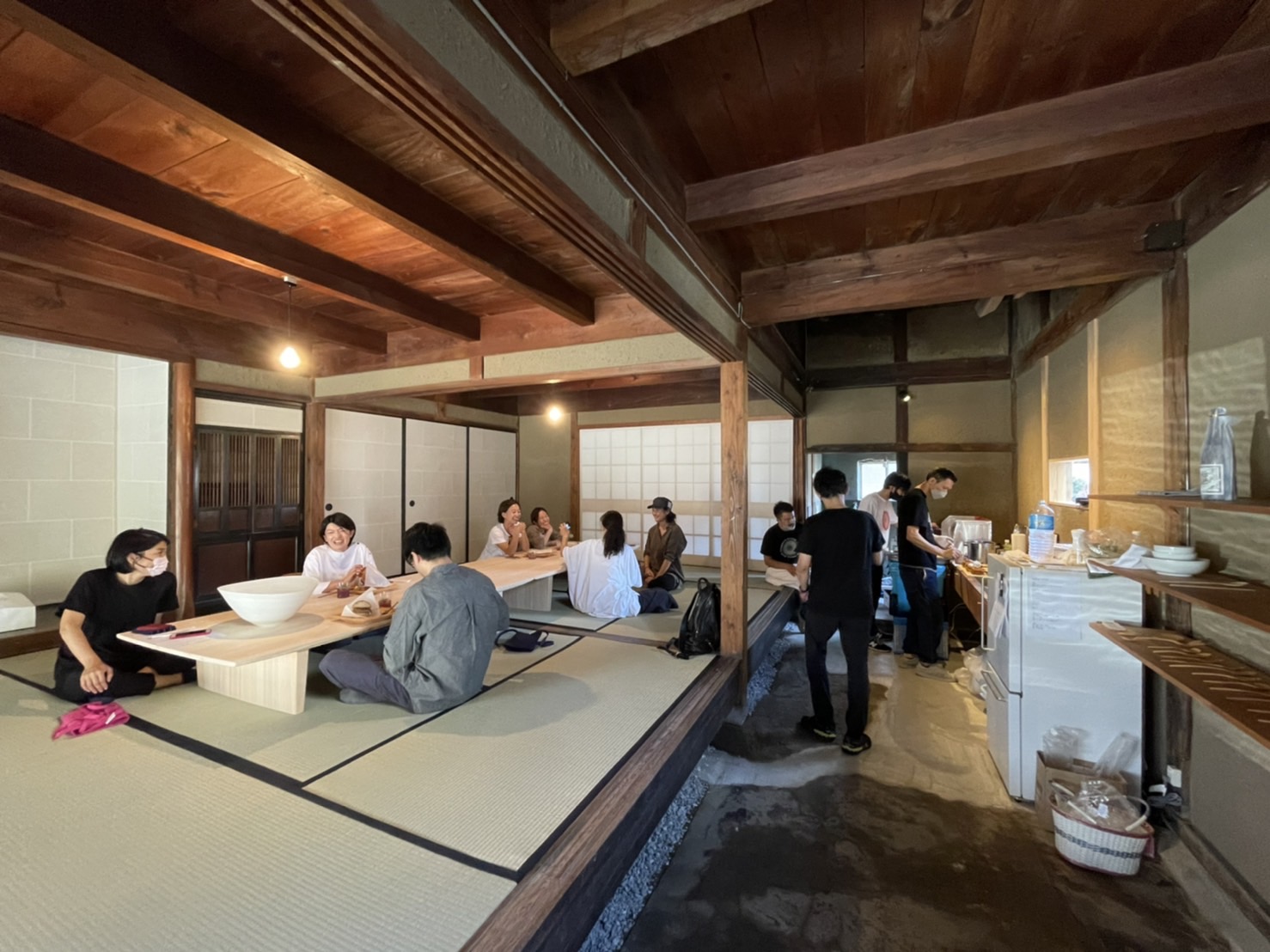
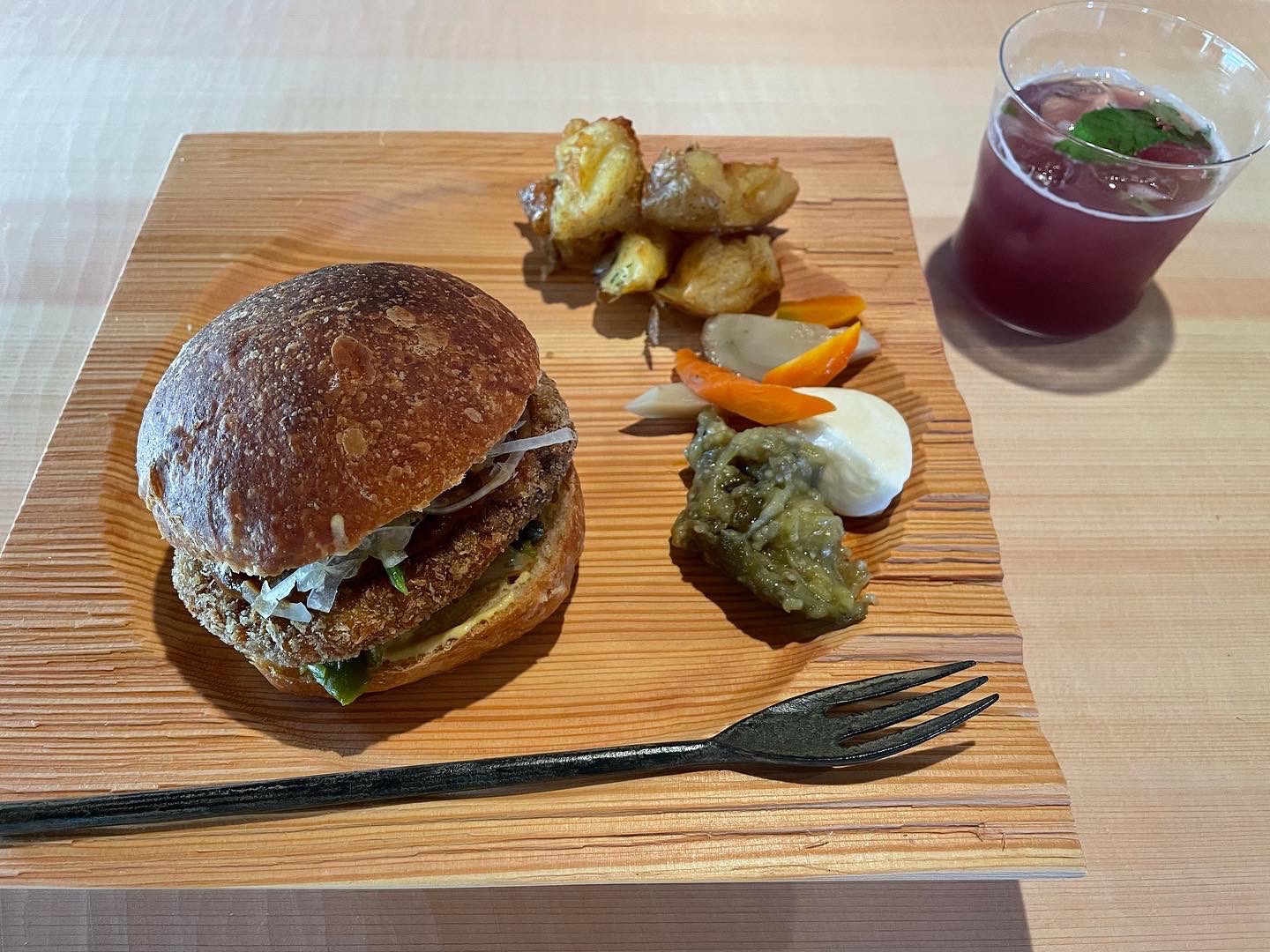
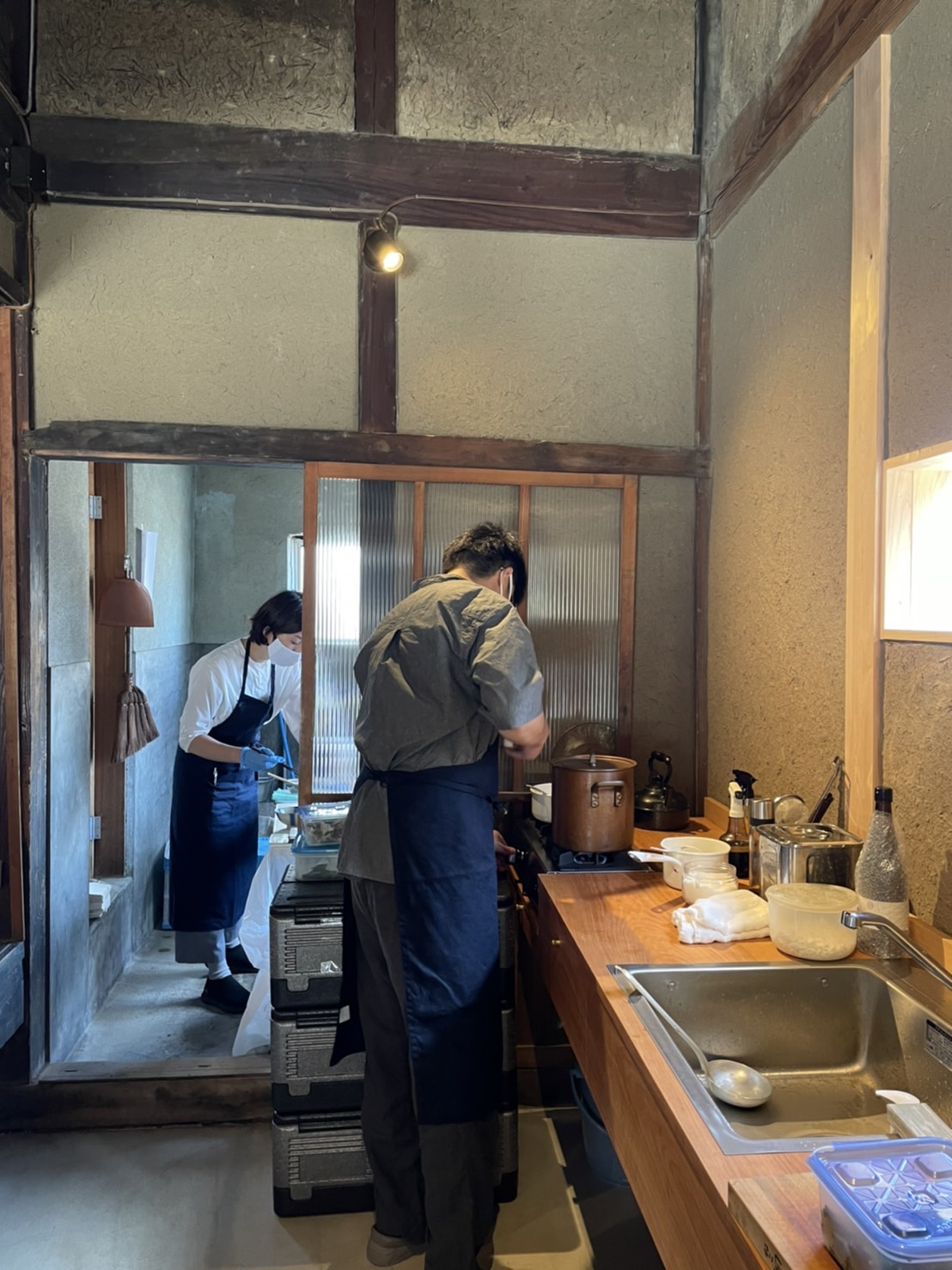
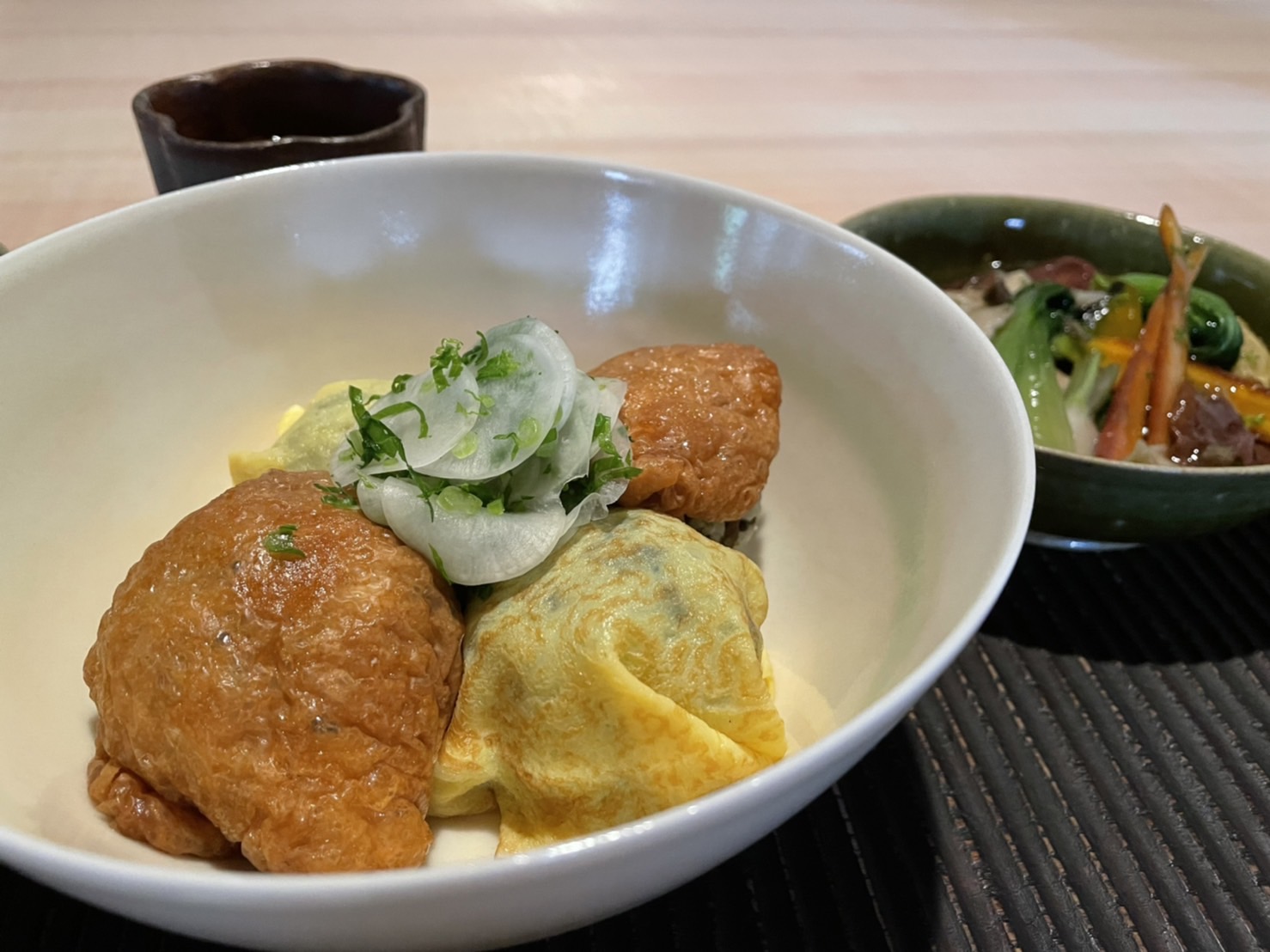
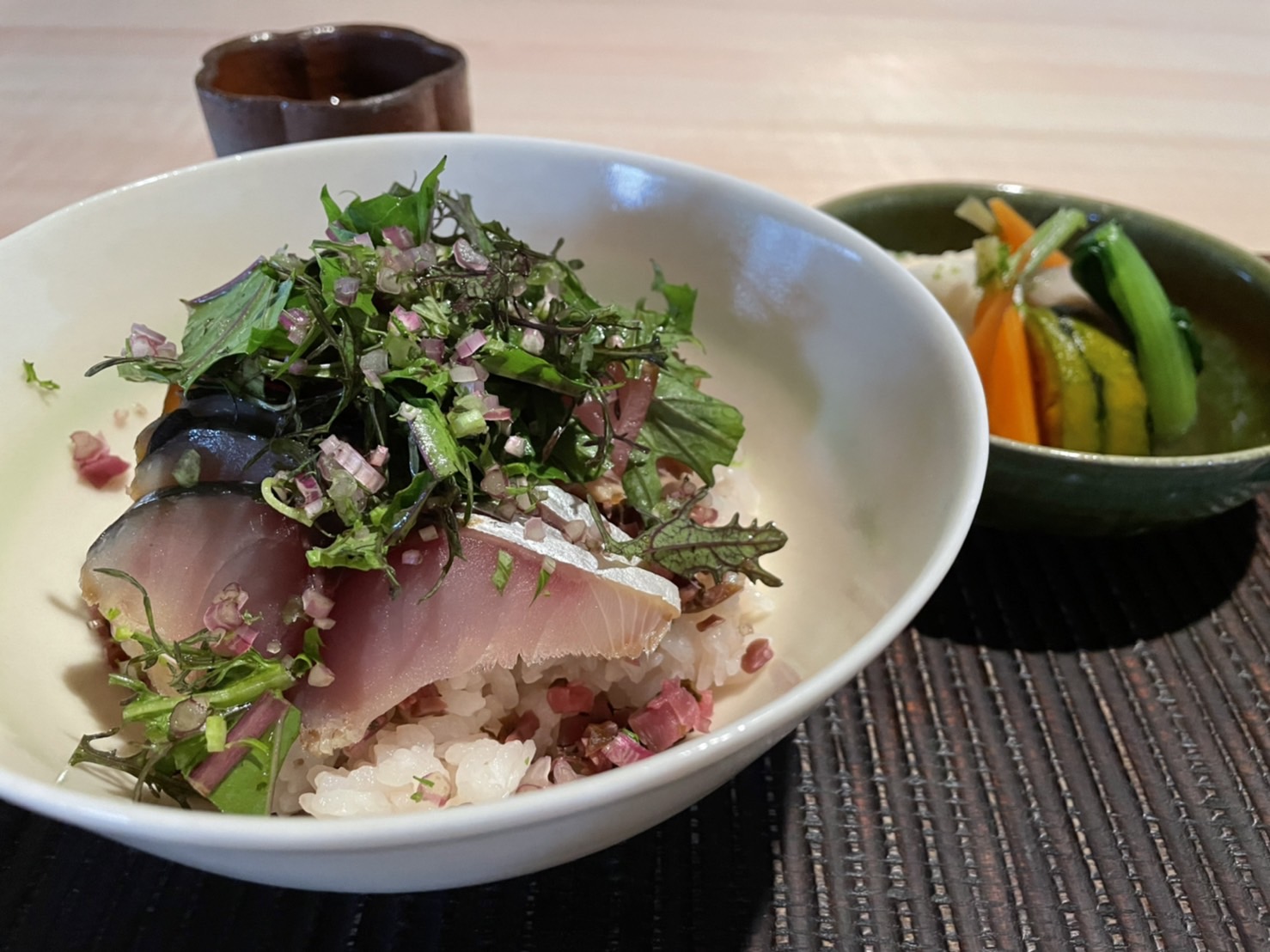
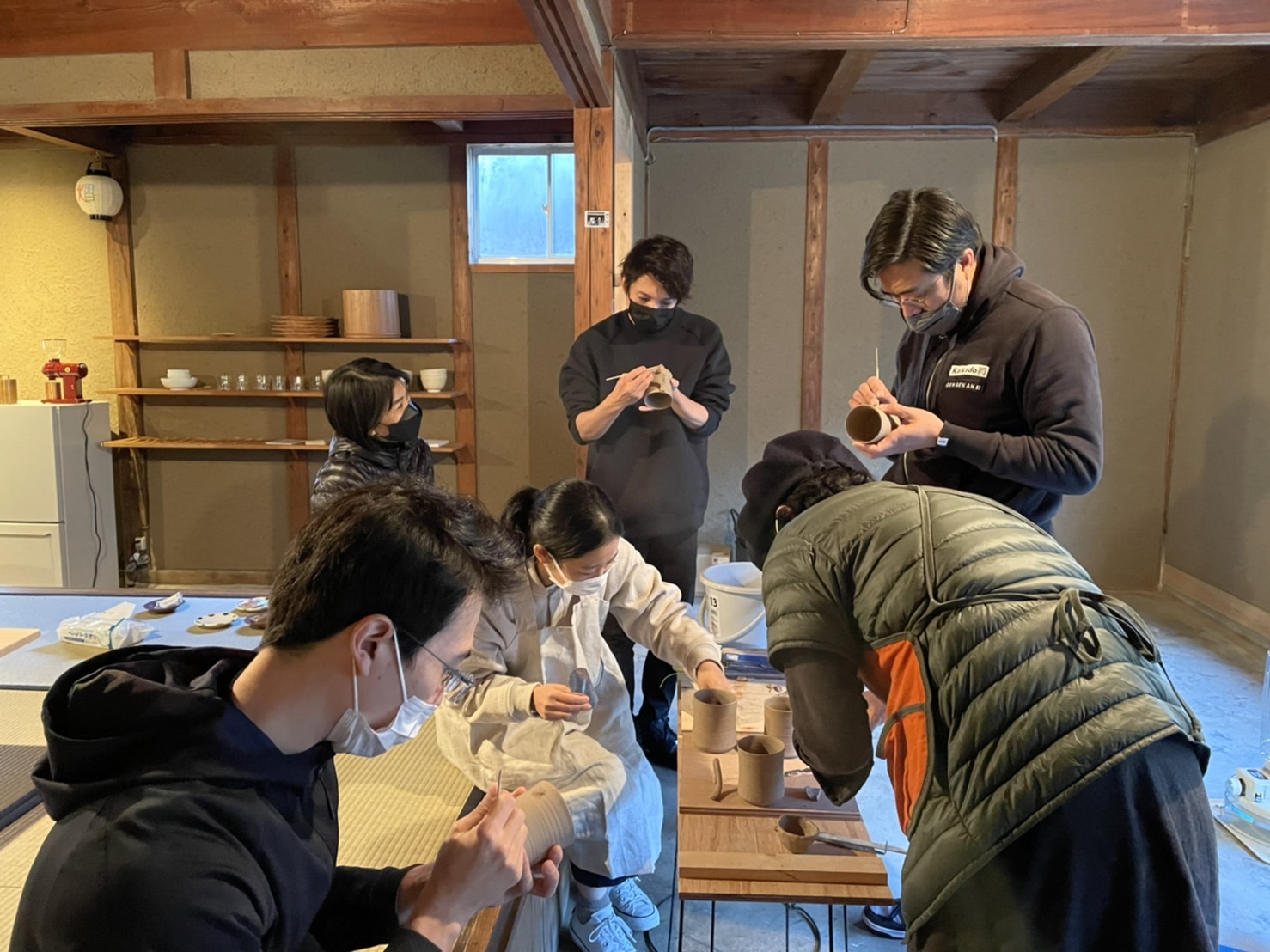
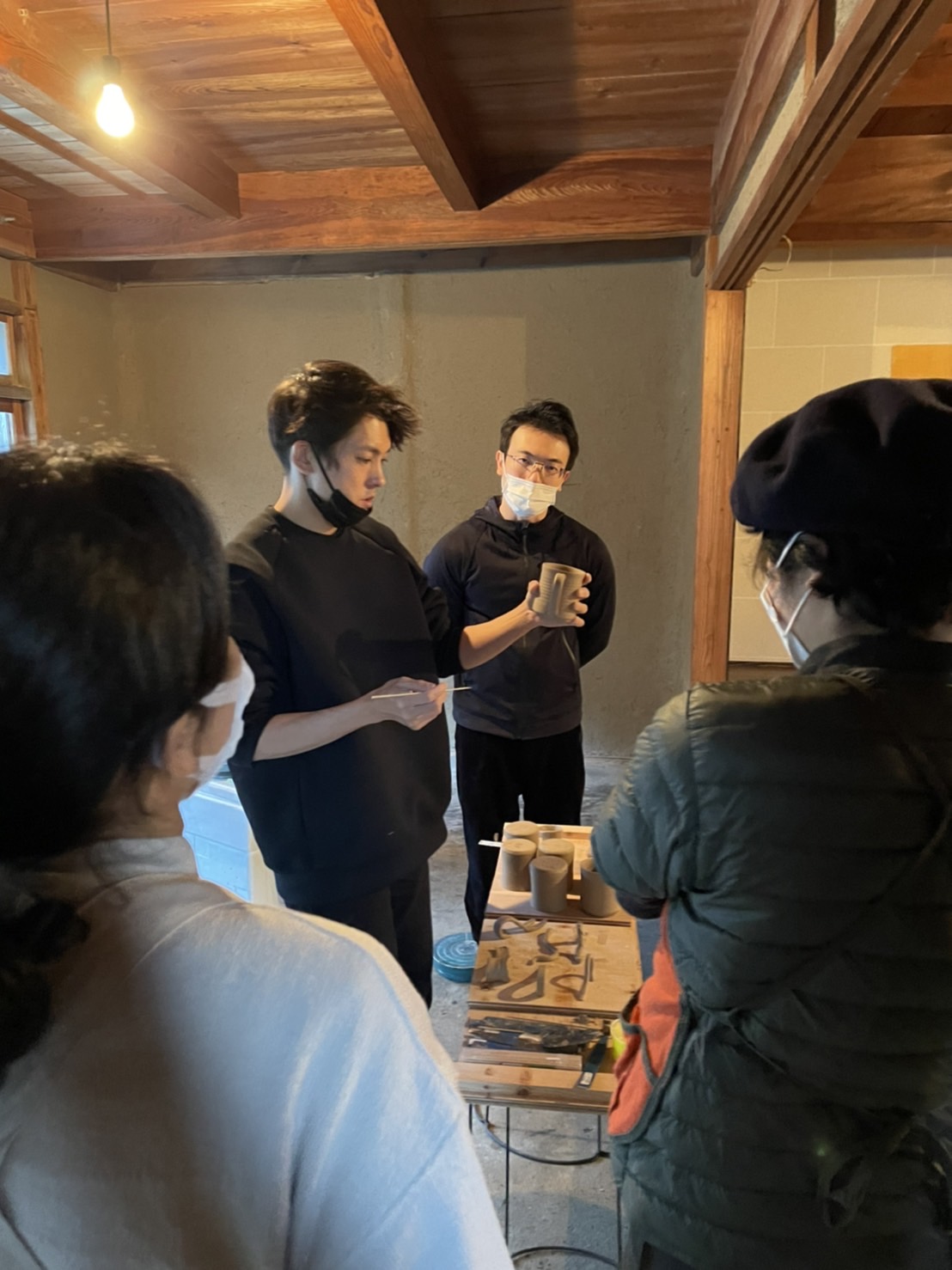
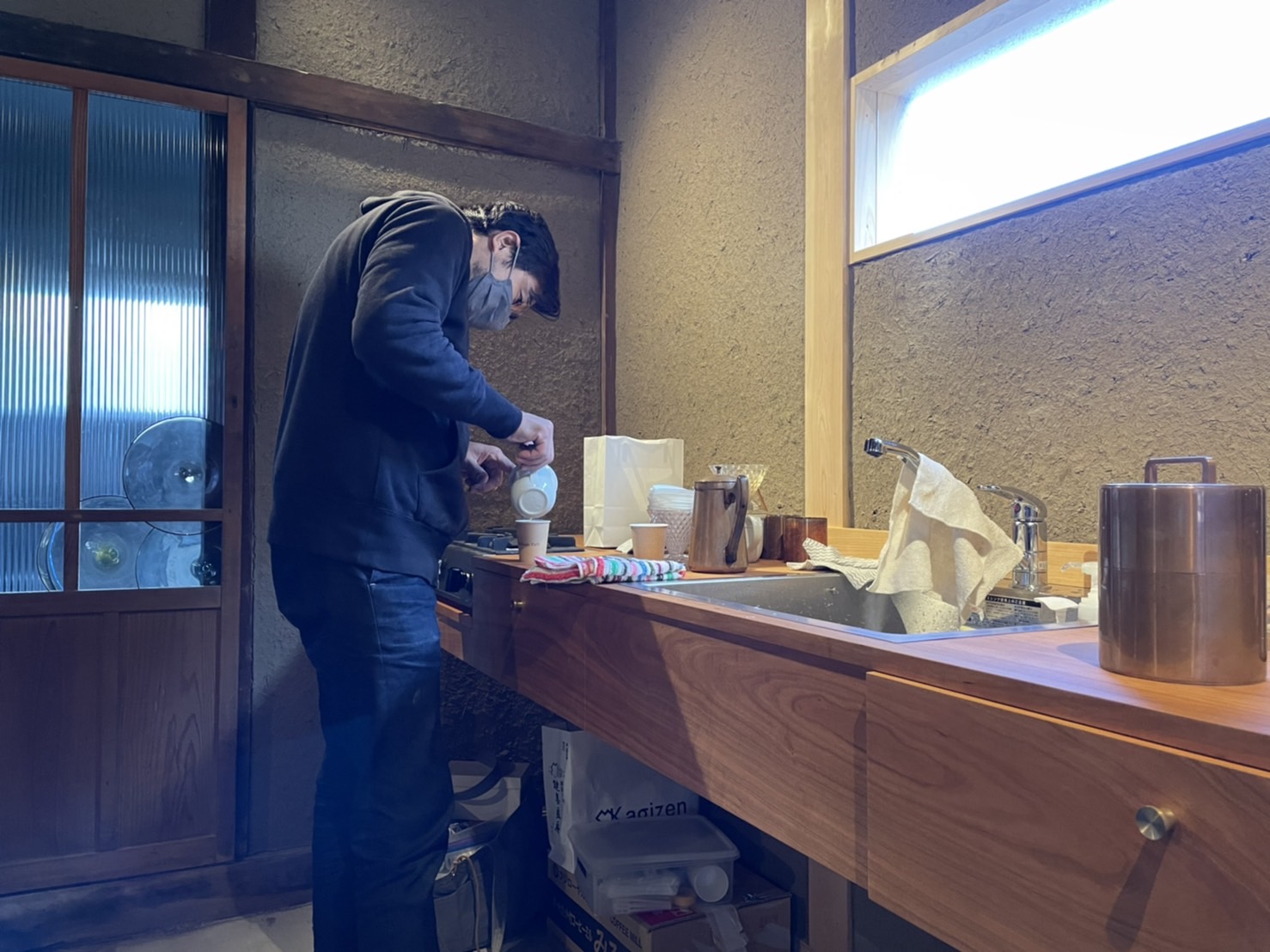
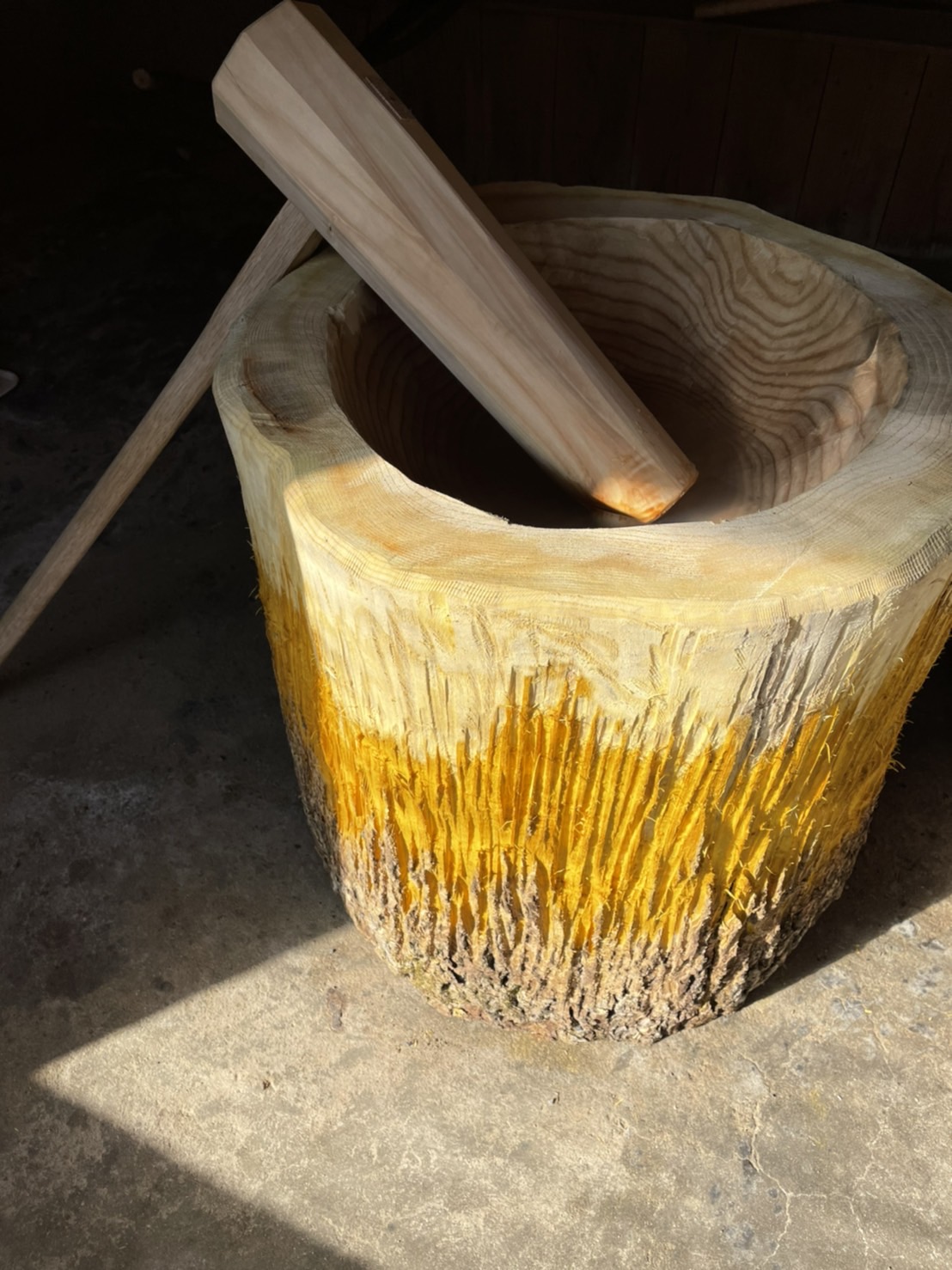
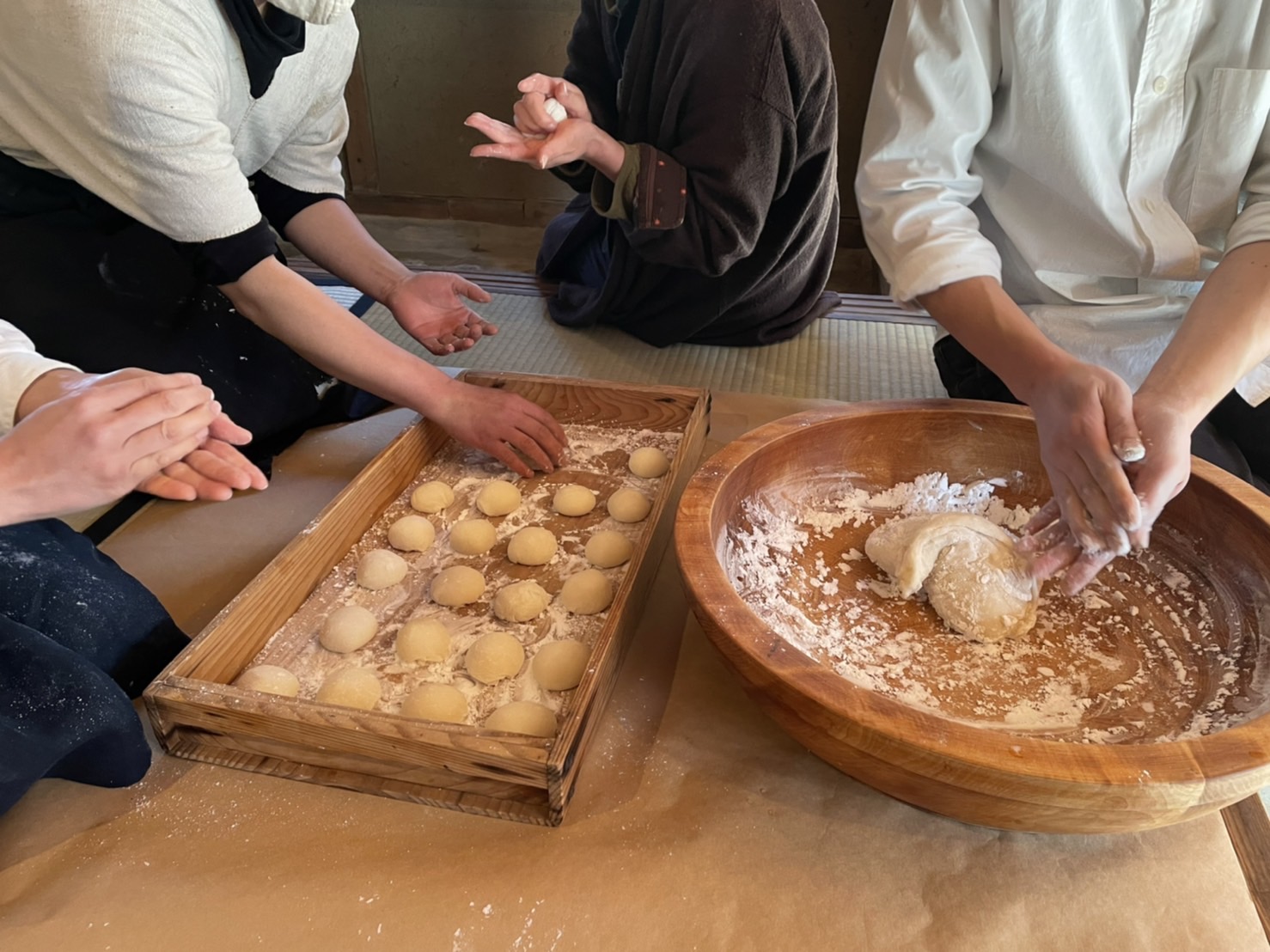
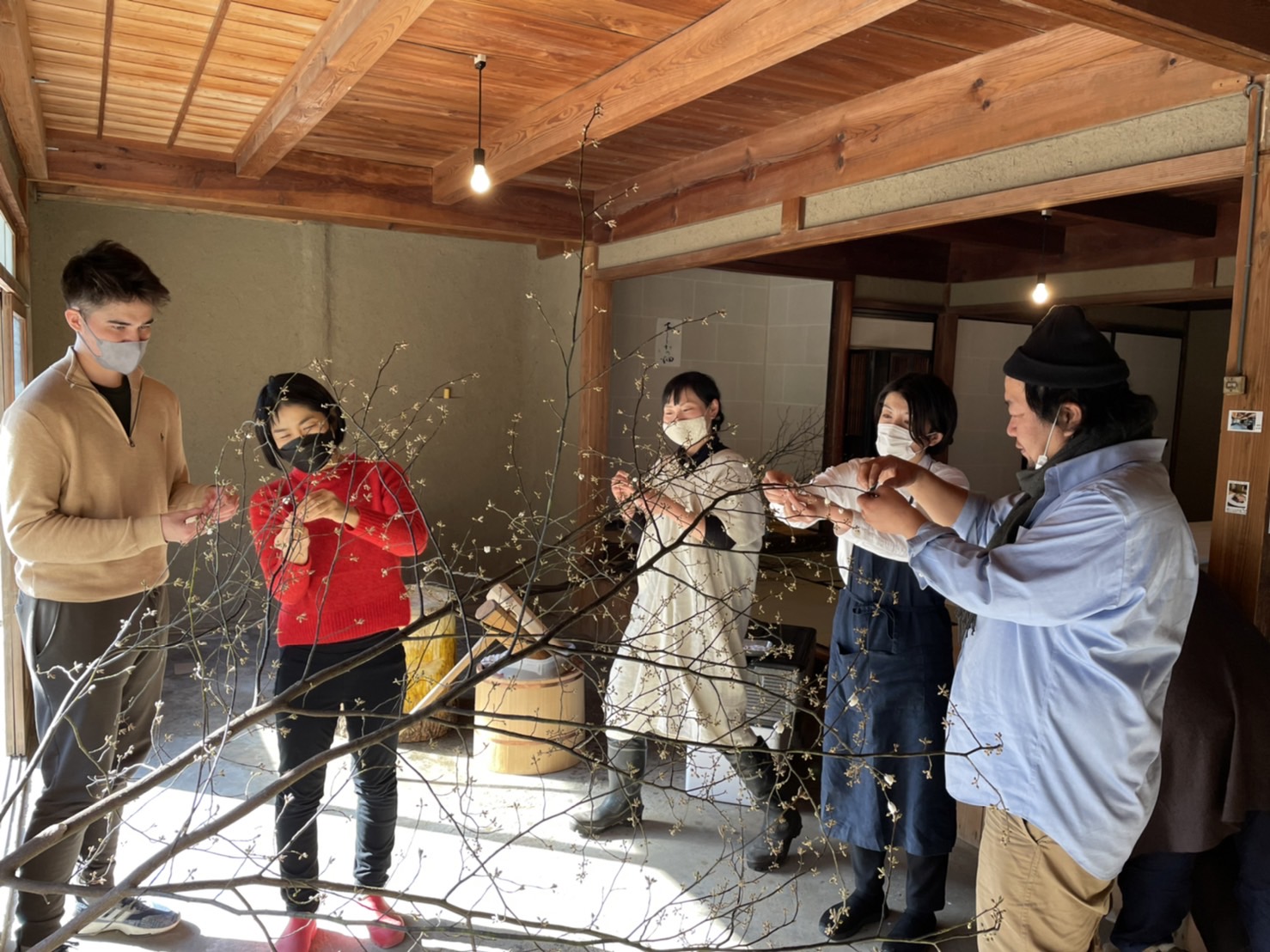
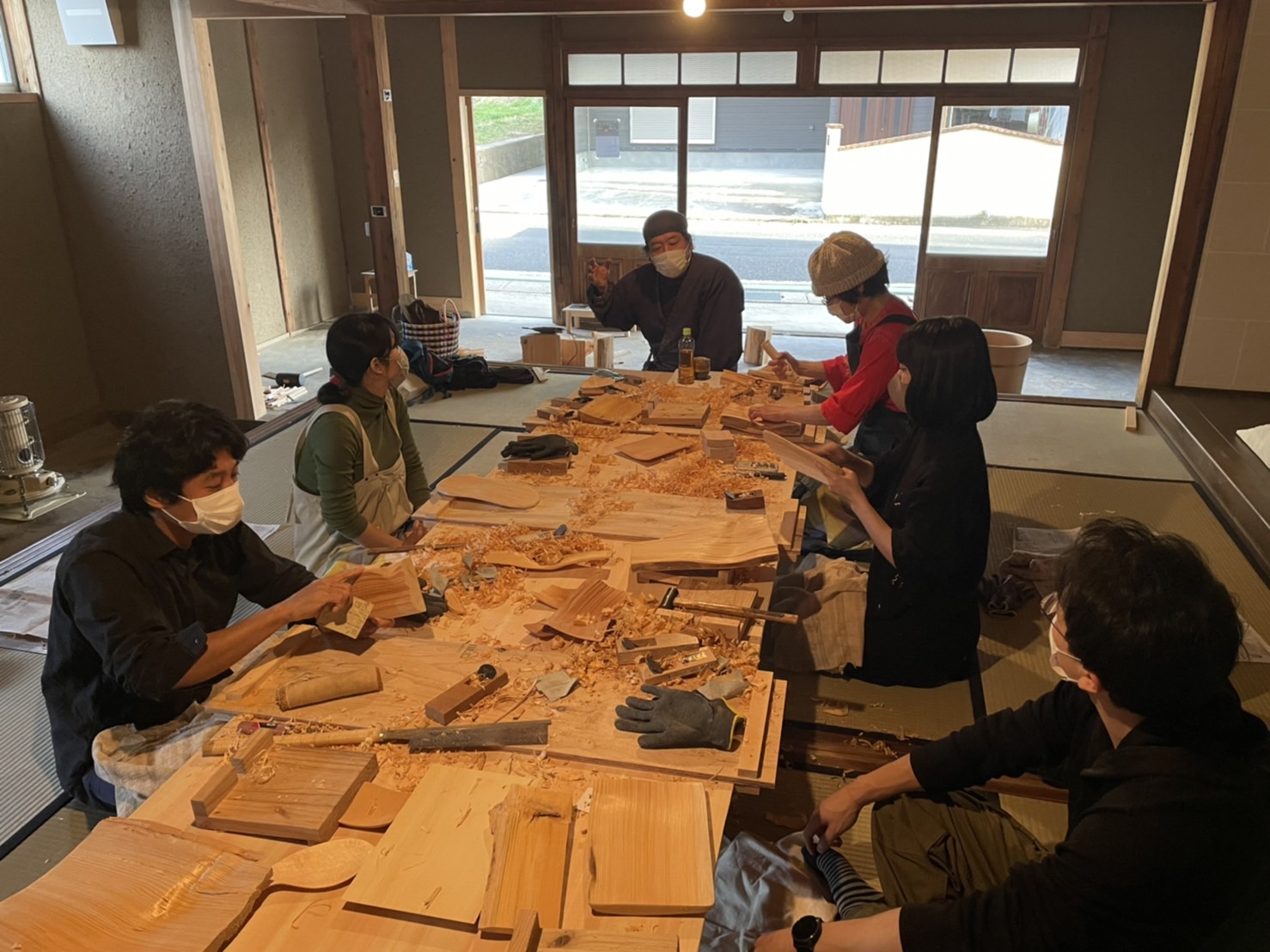
Past exhibitions and events
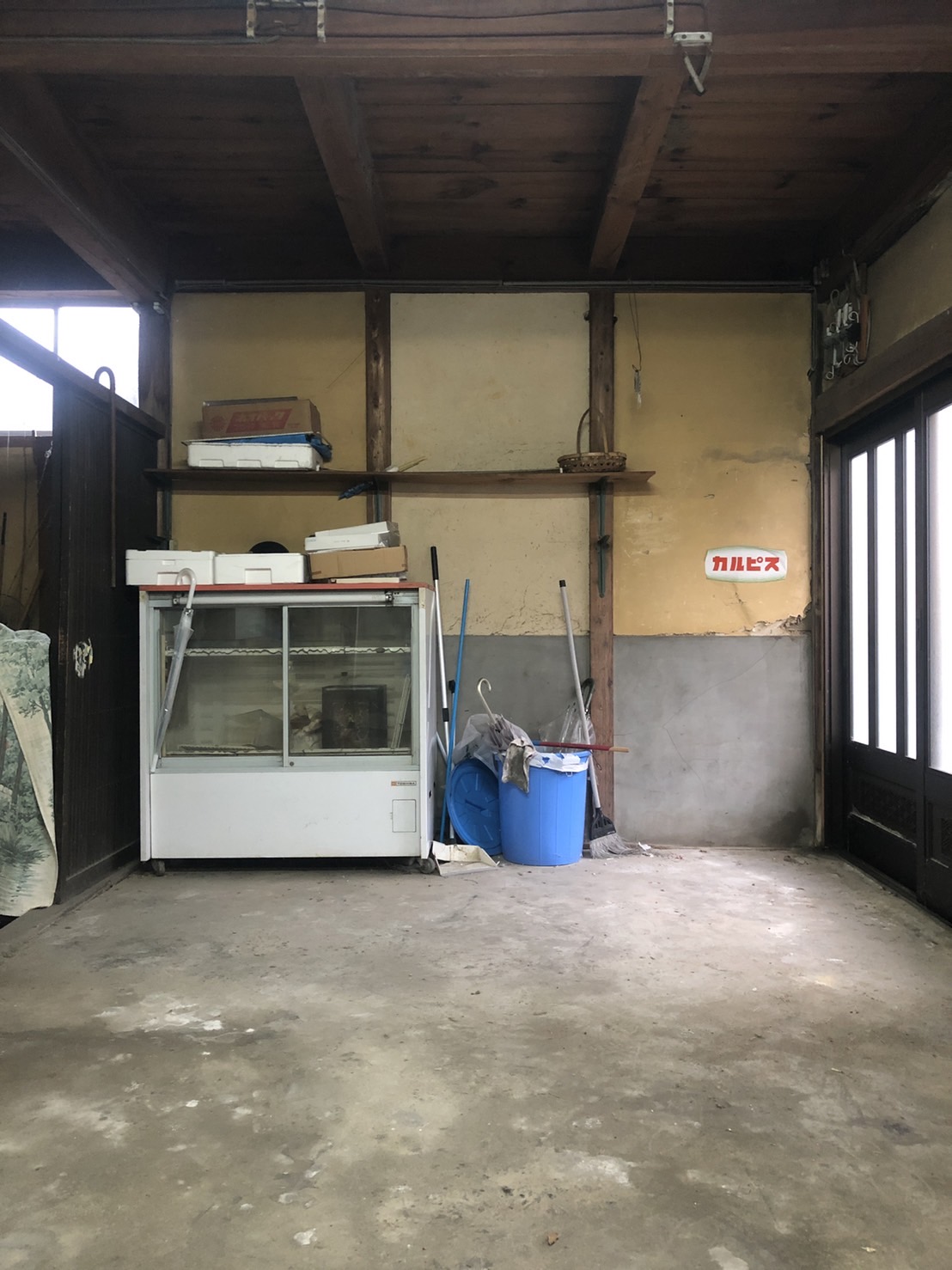
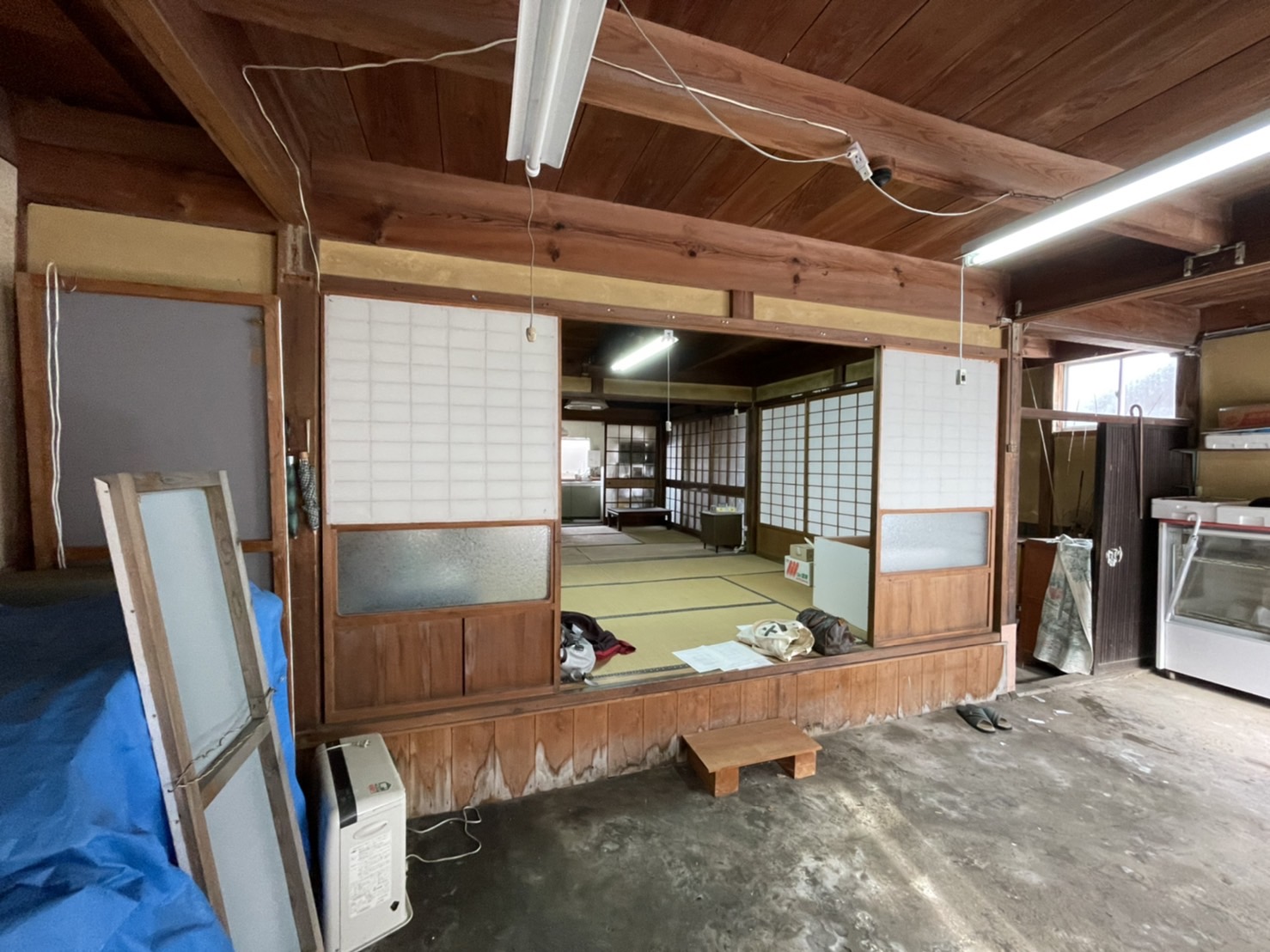
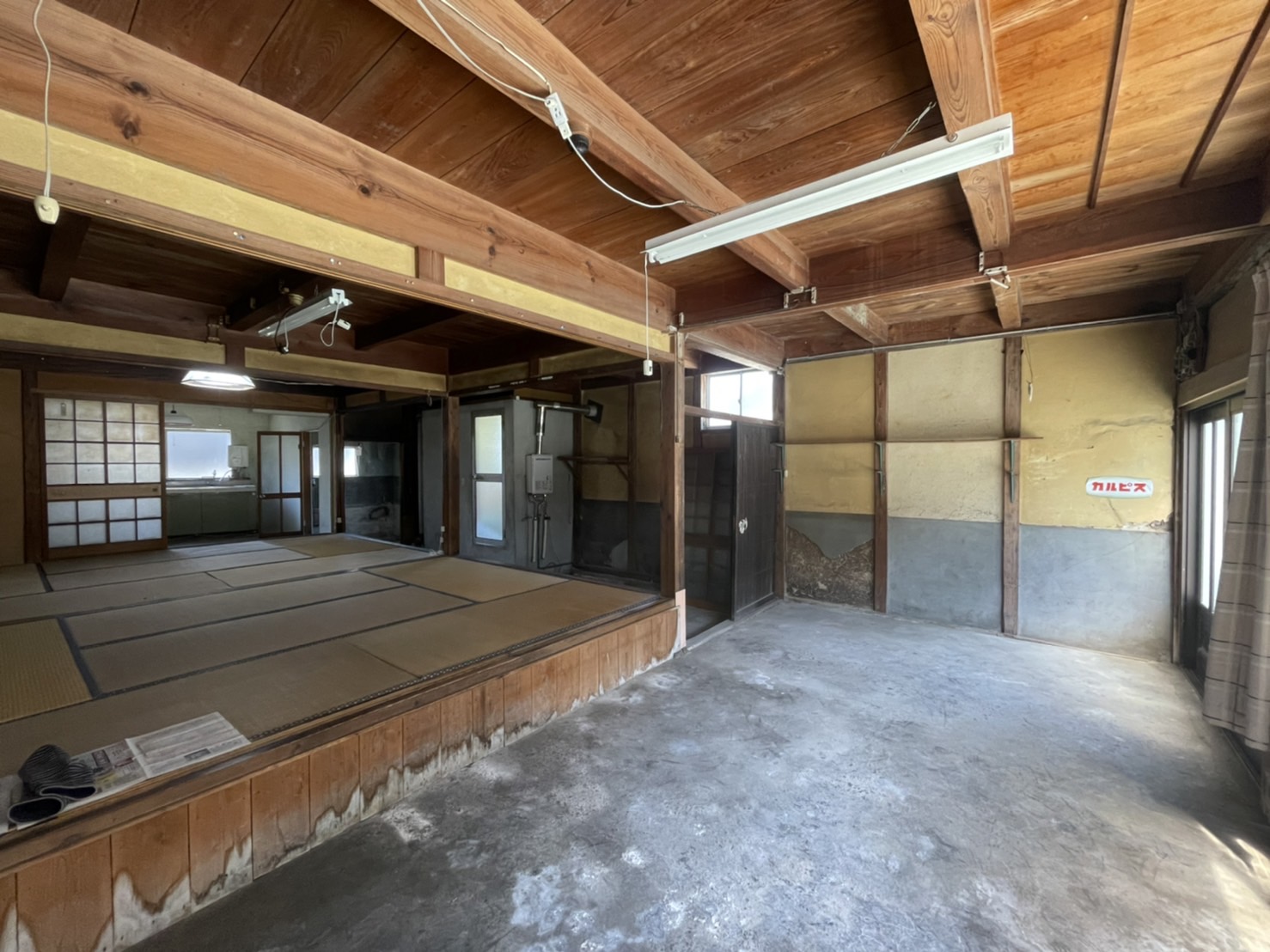
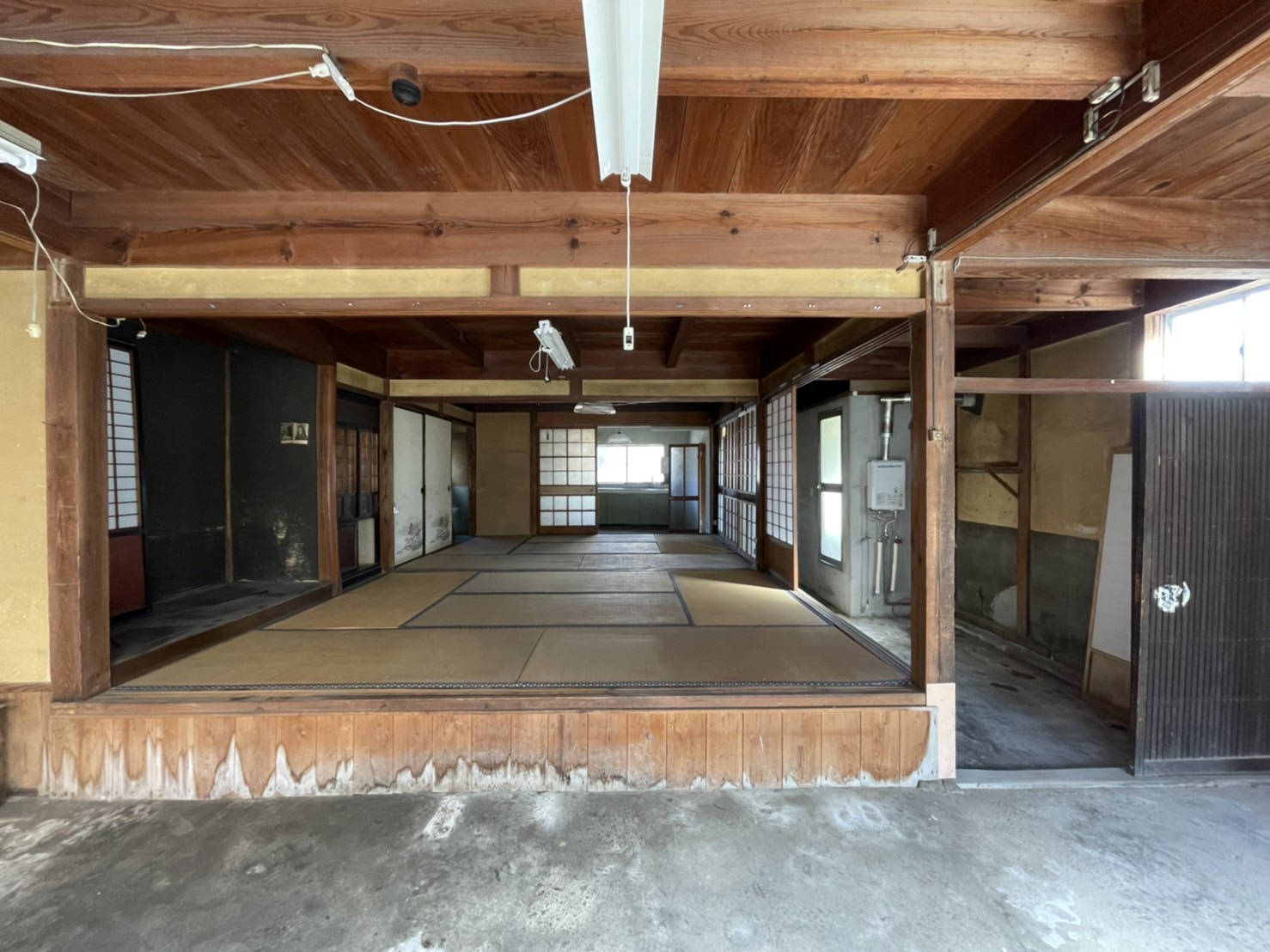
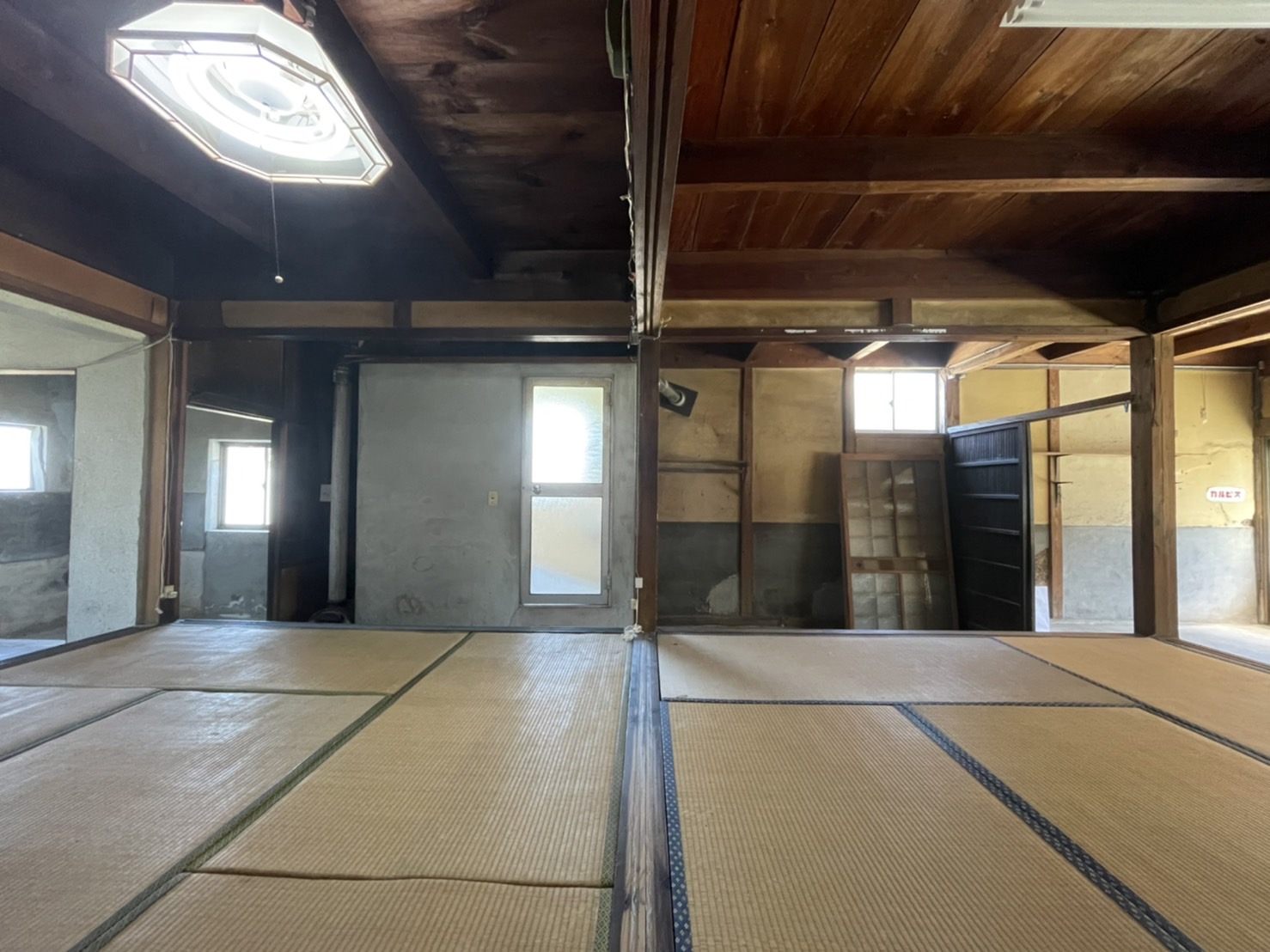
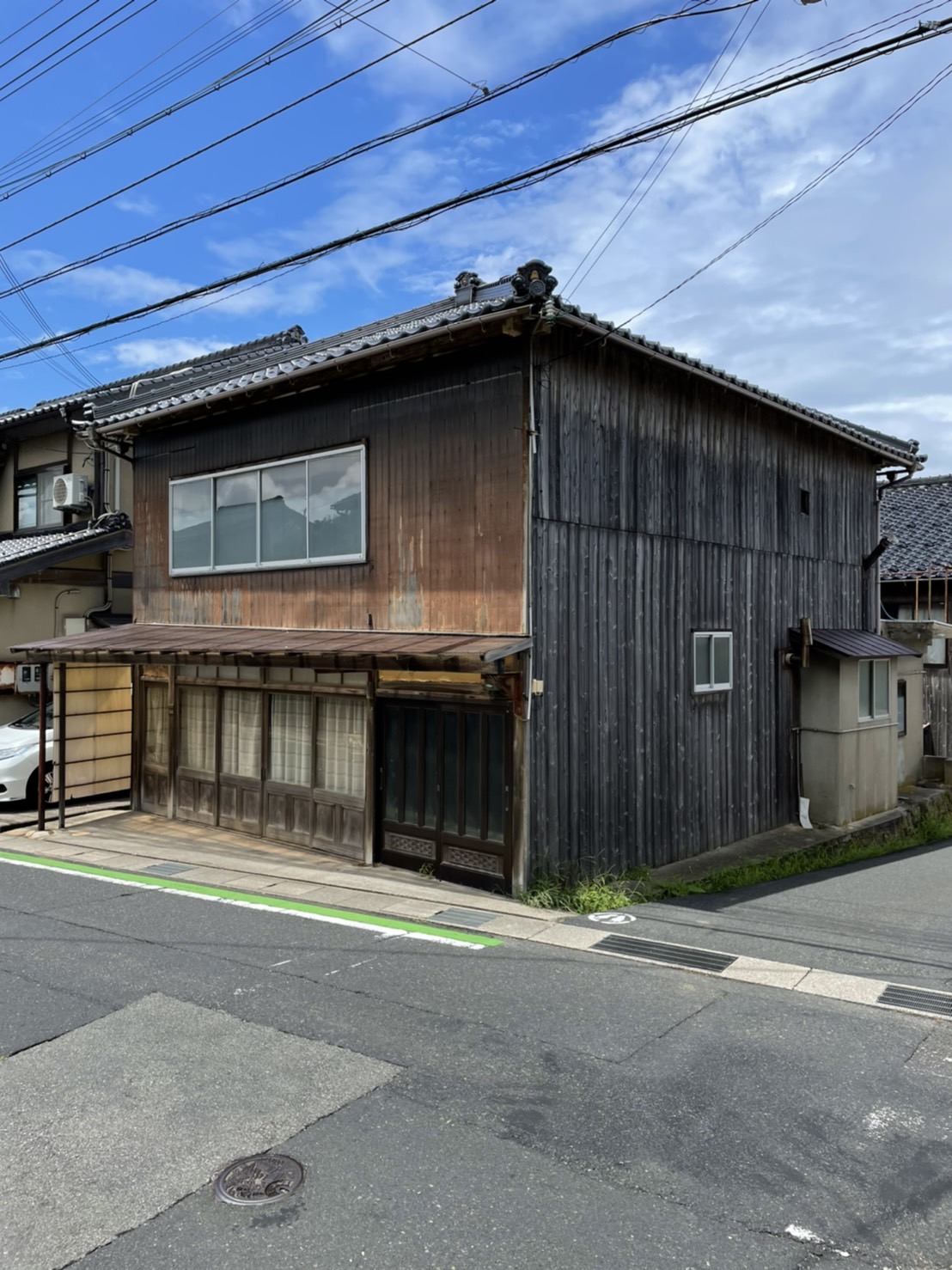
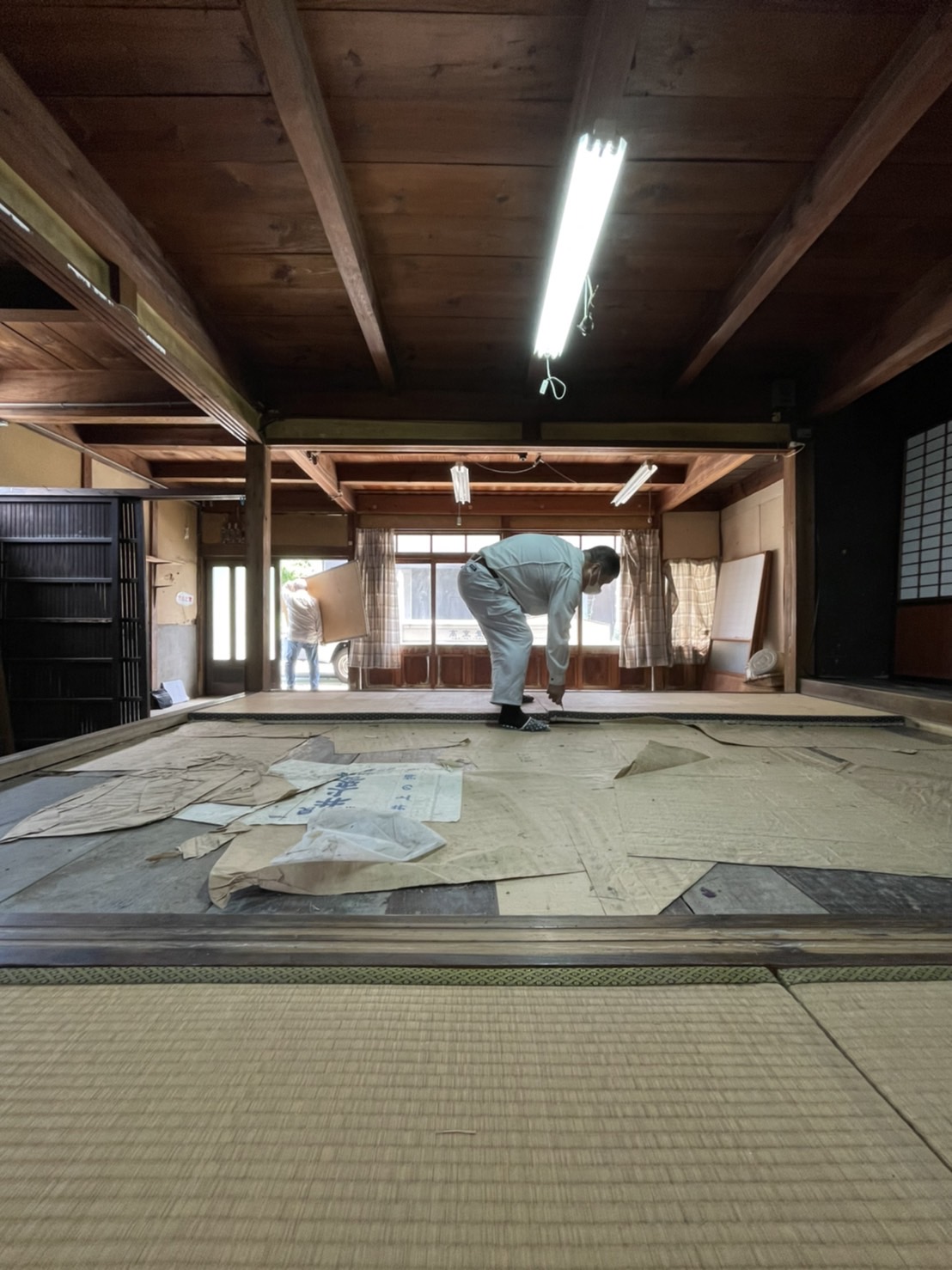
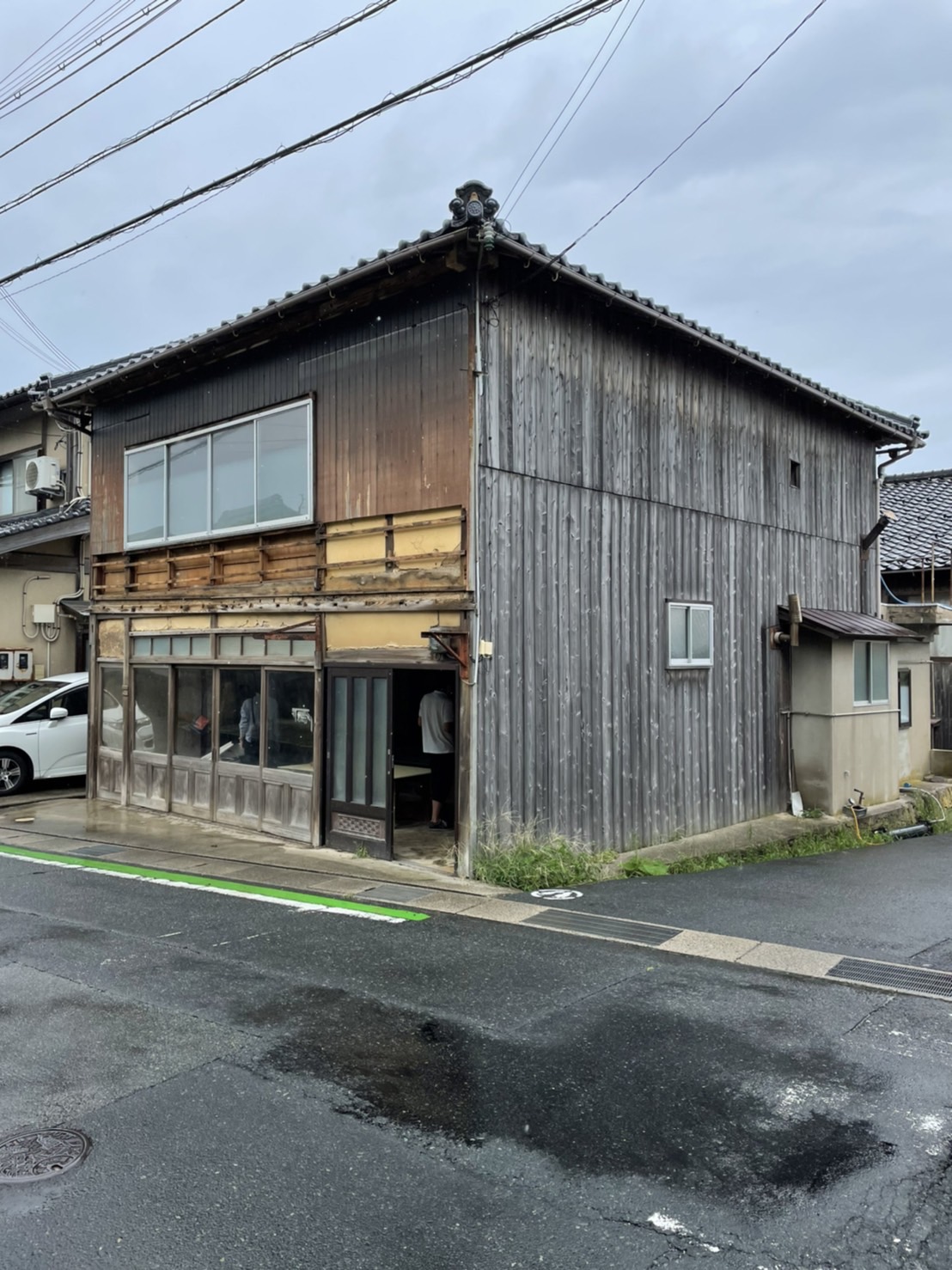
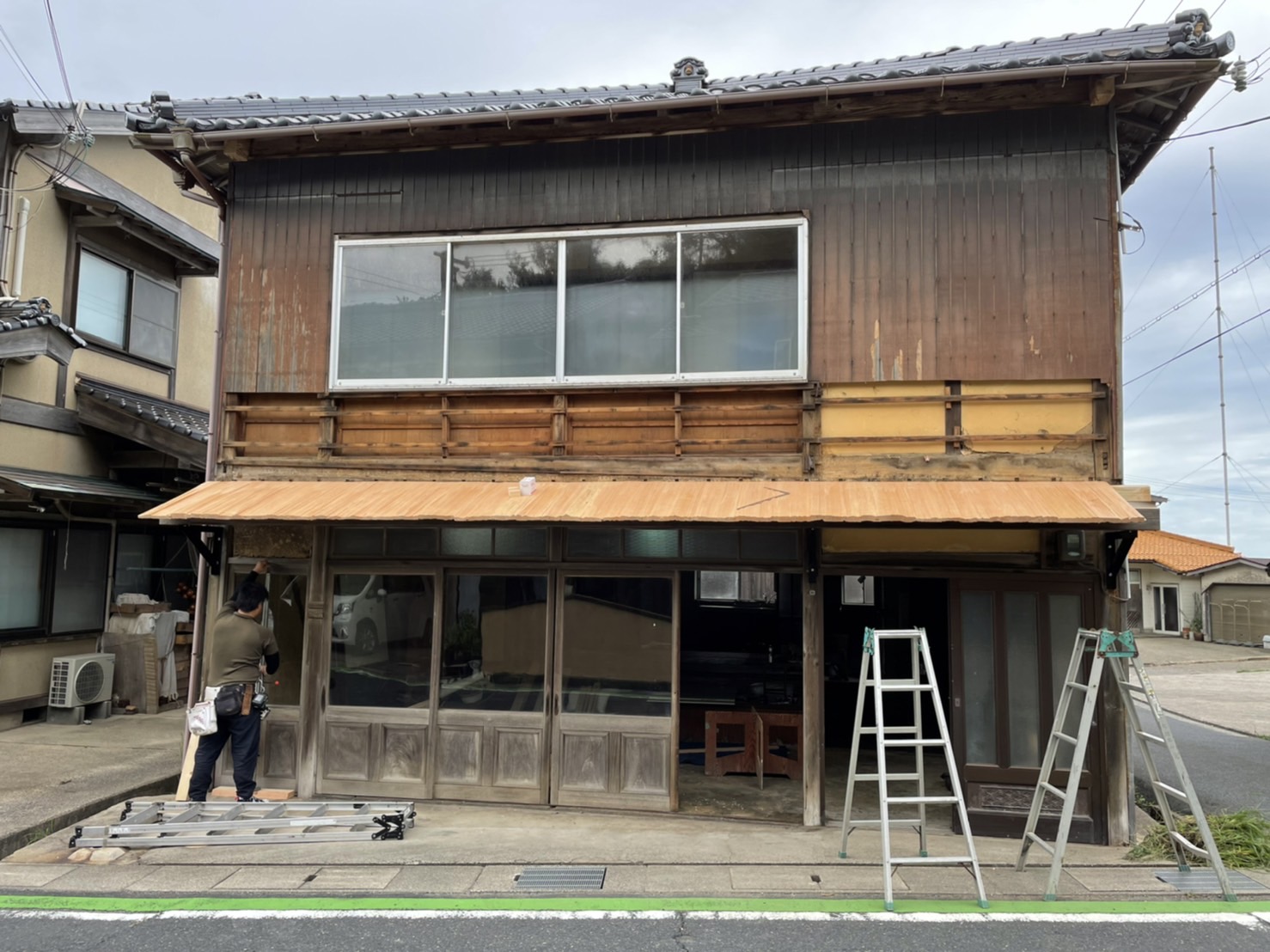
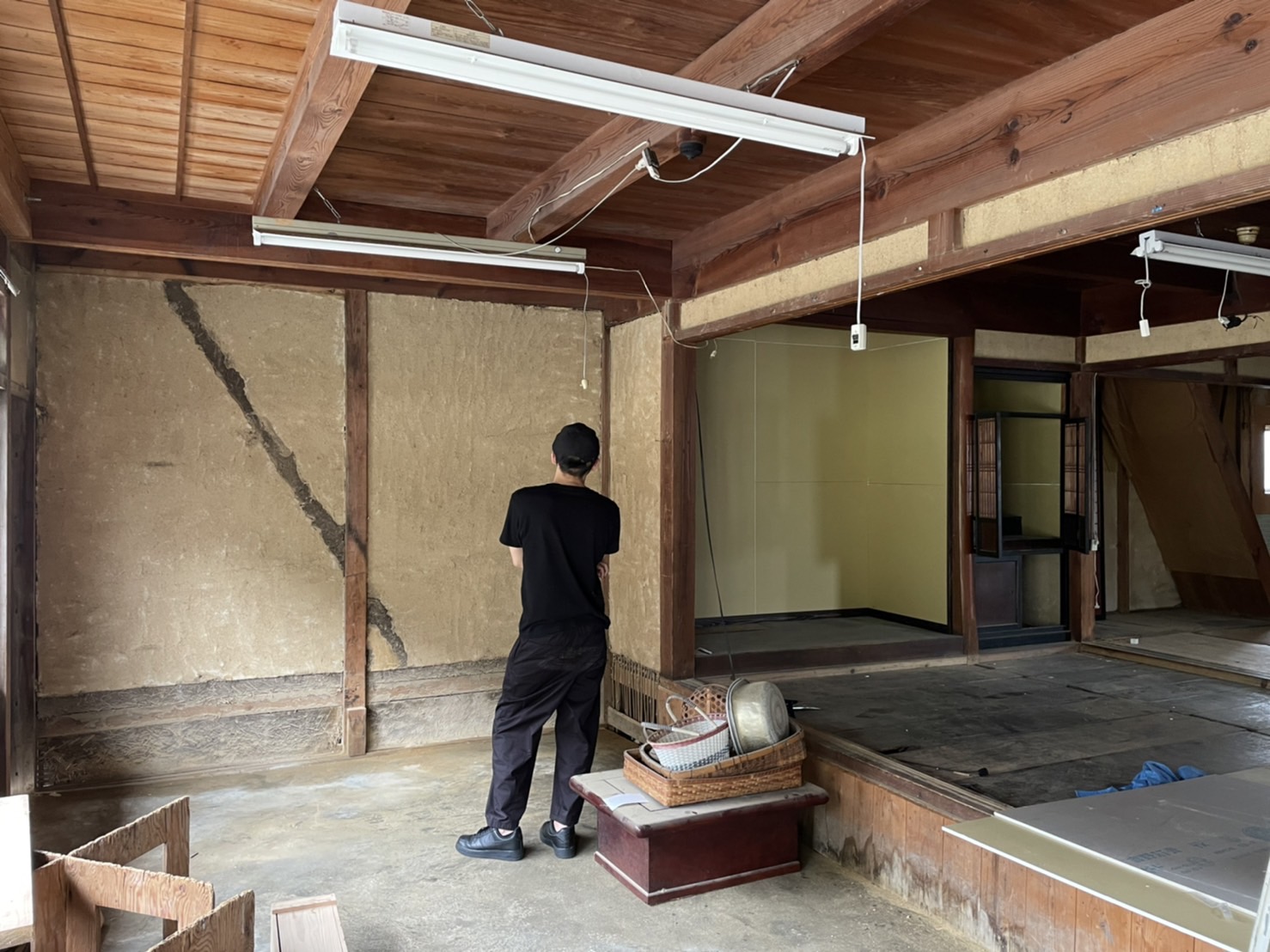
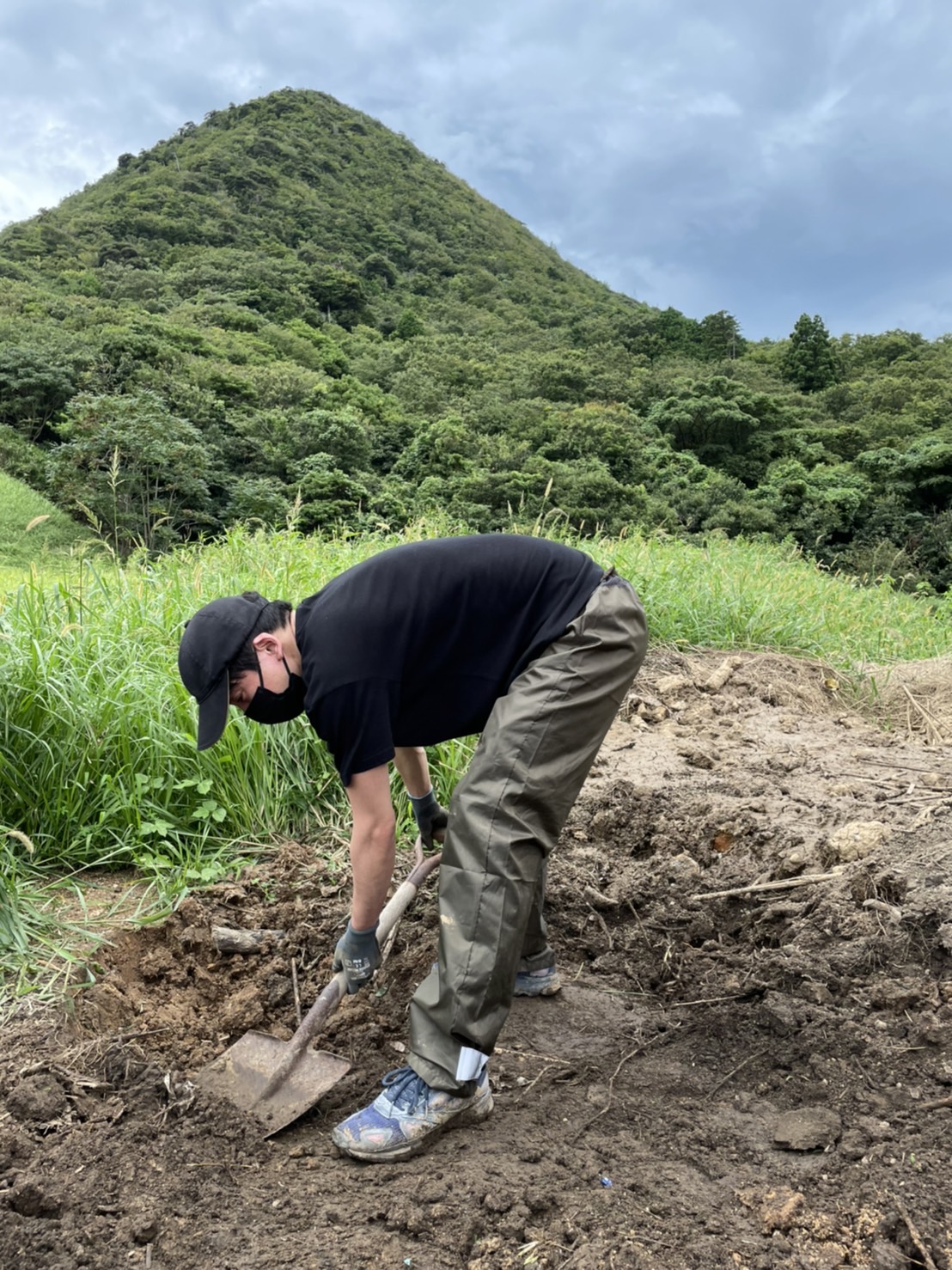
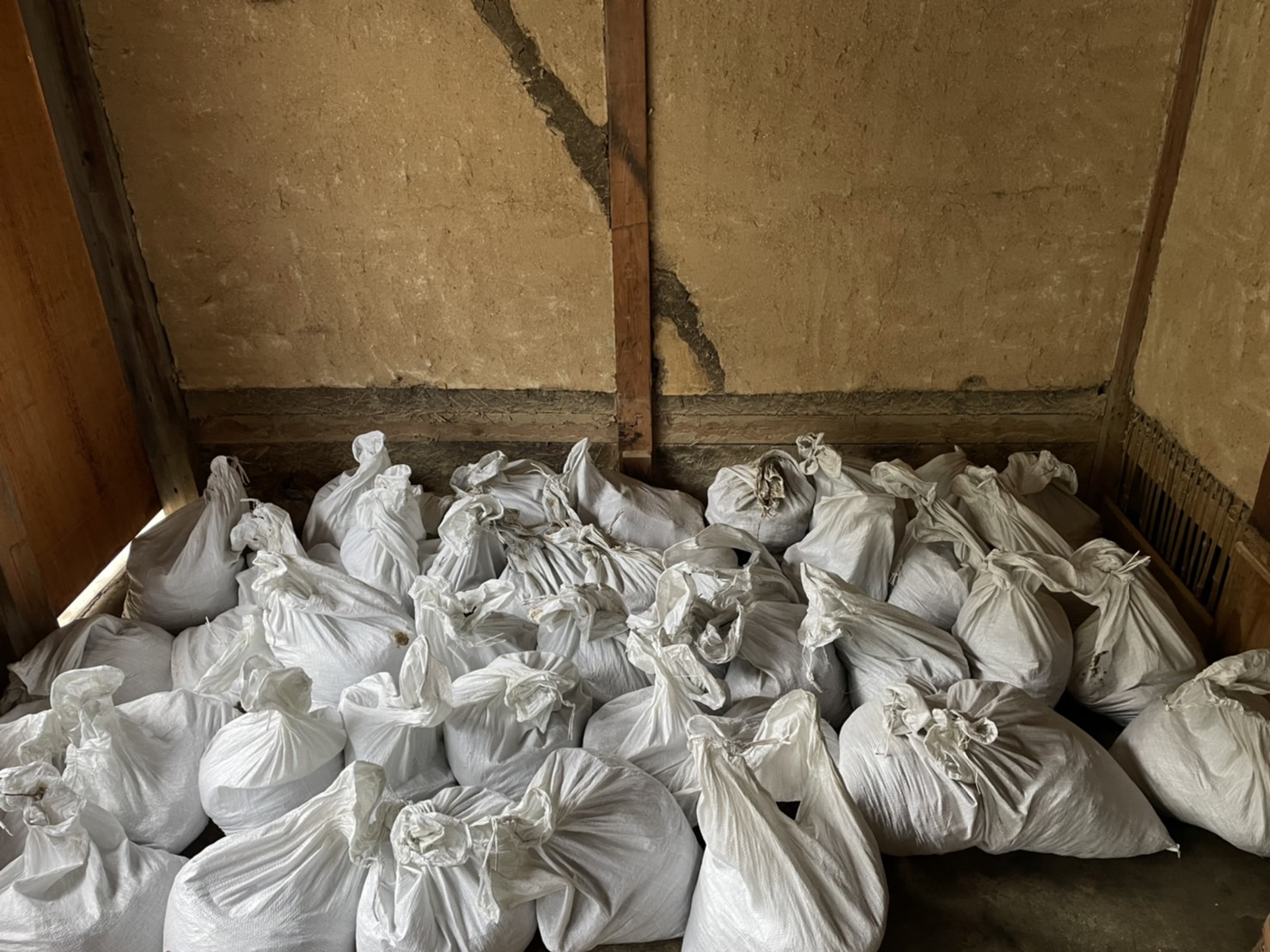
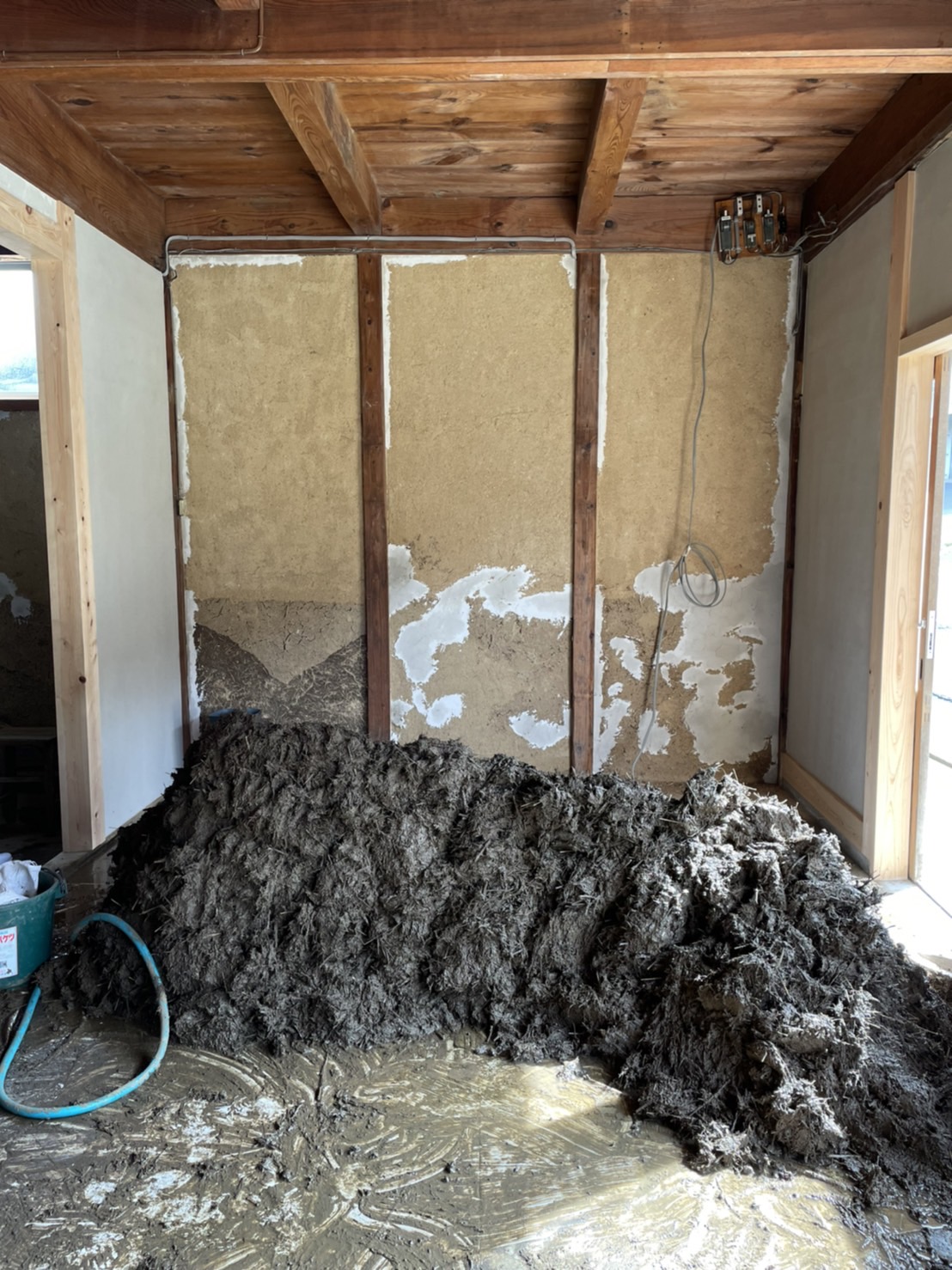
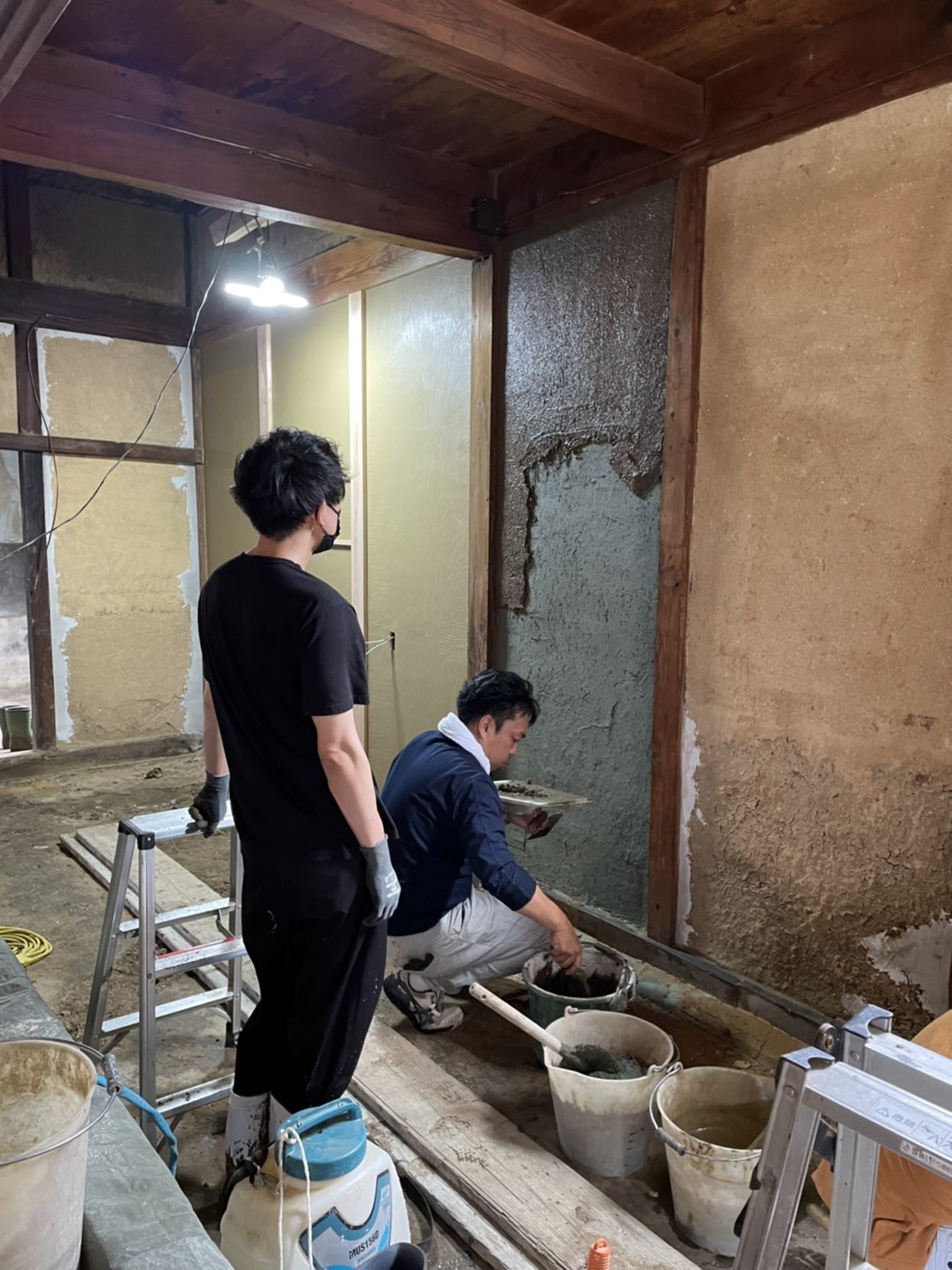
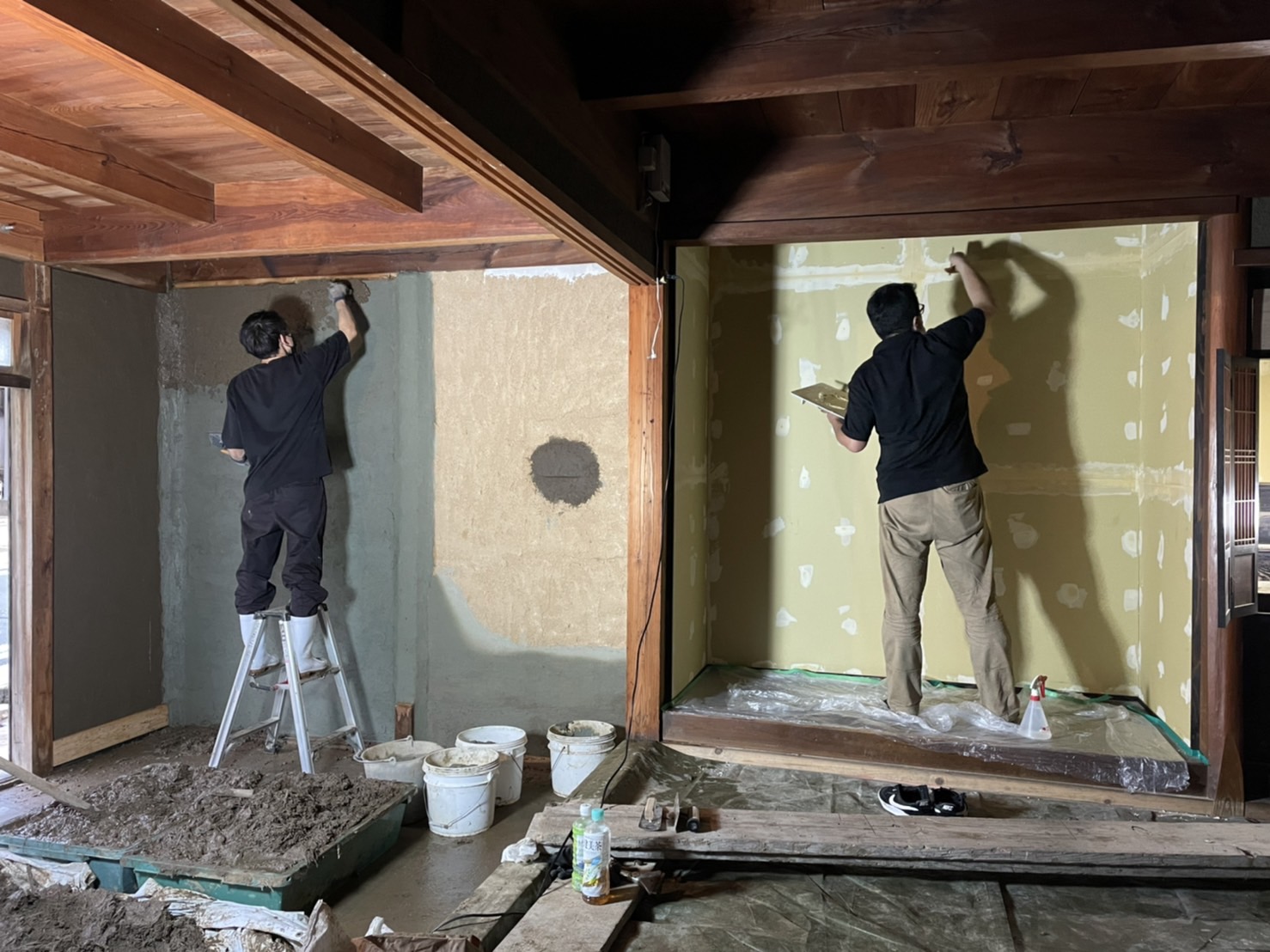
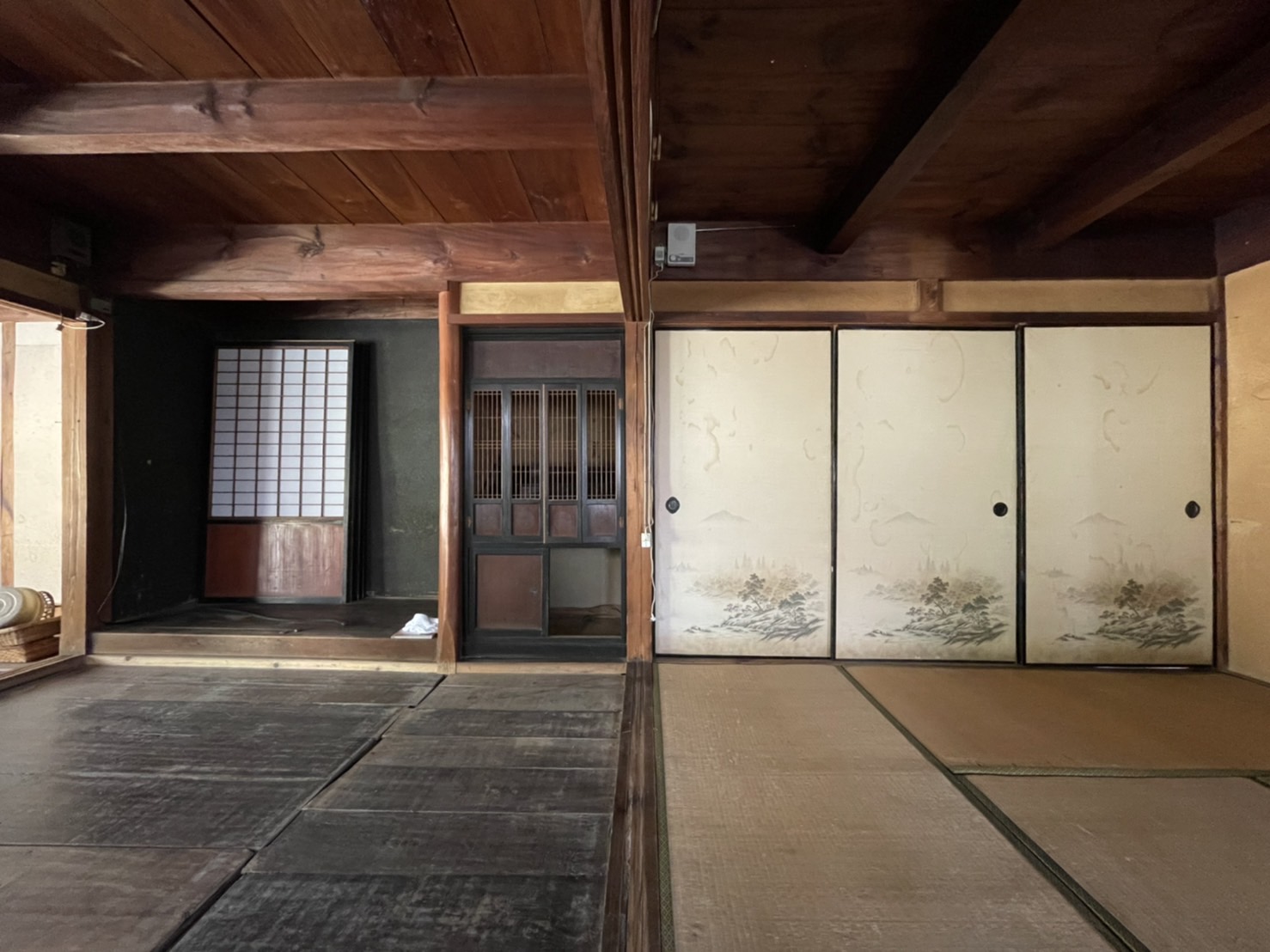
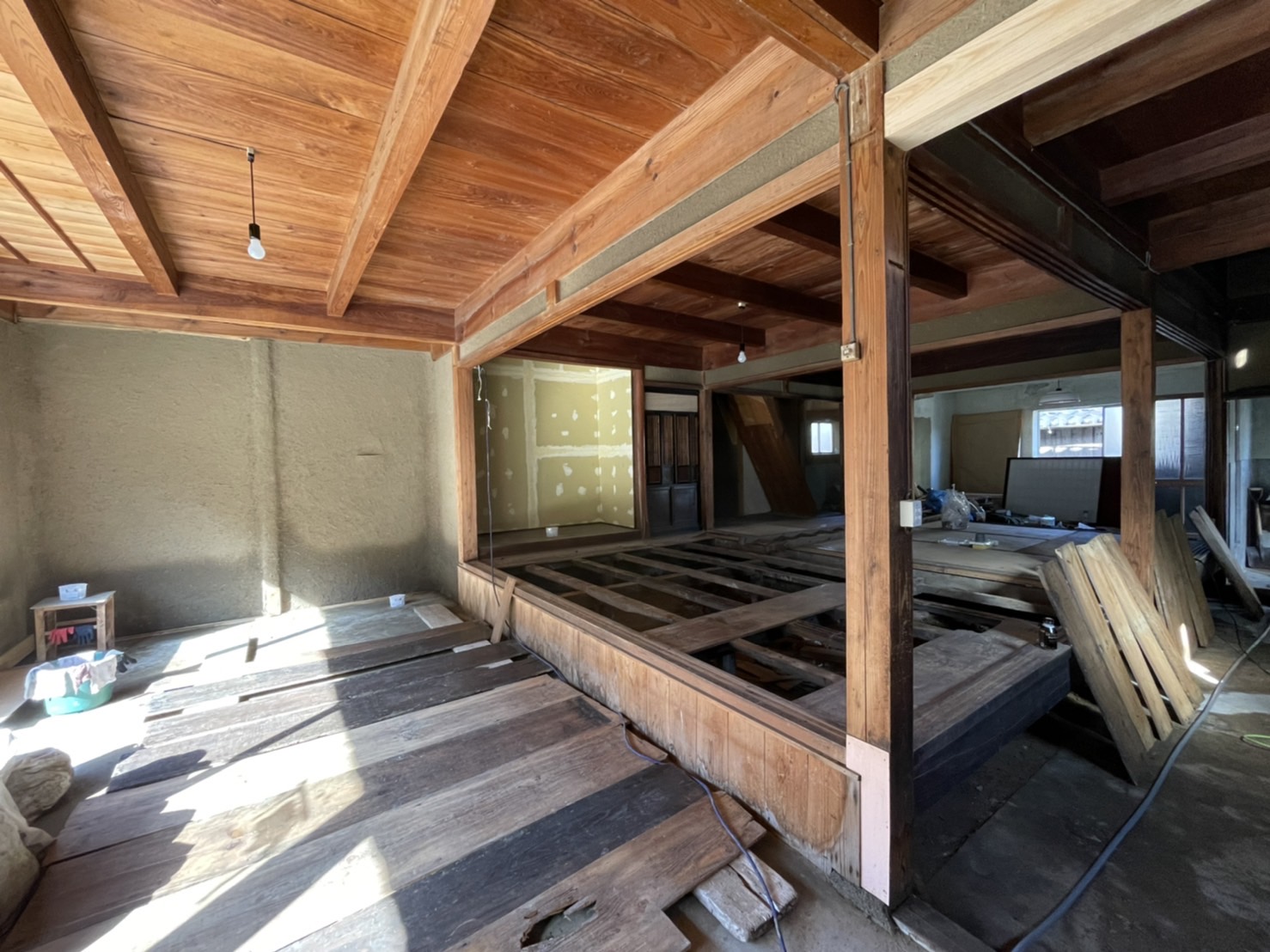
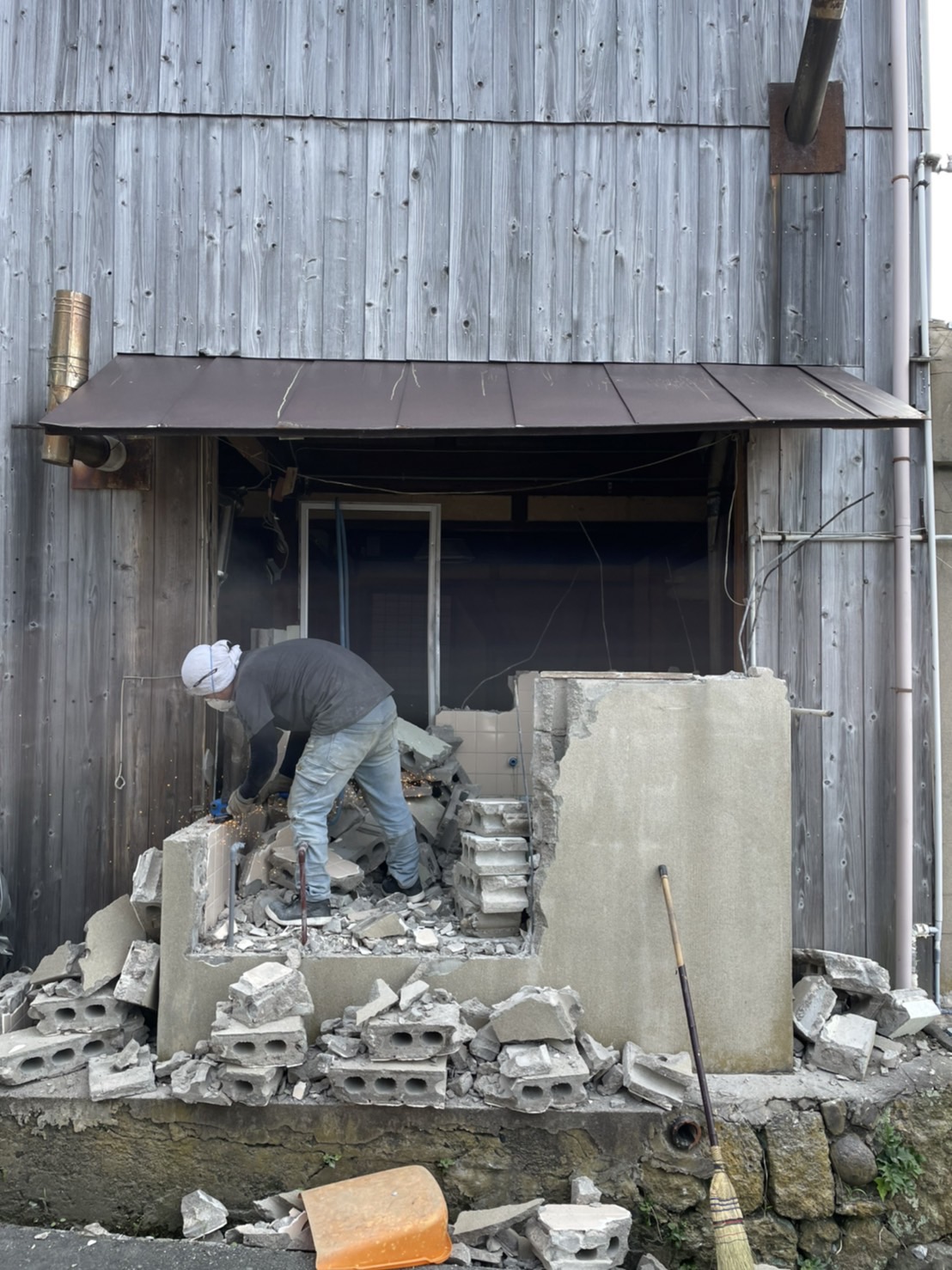
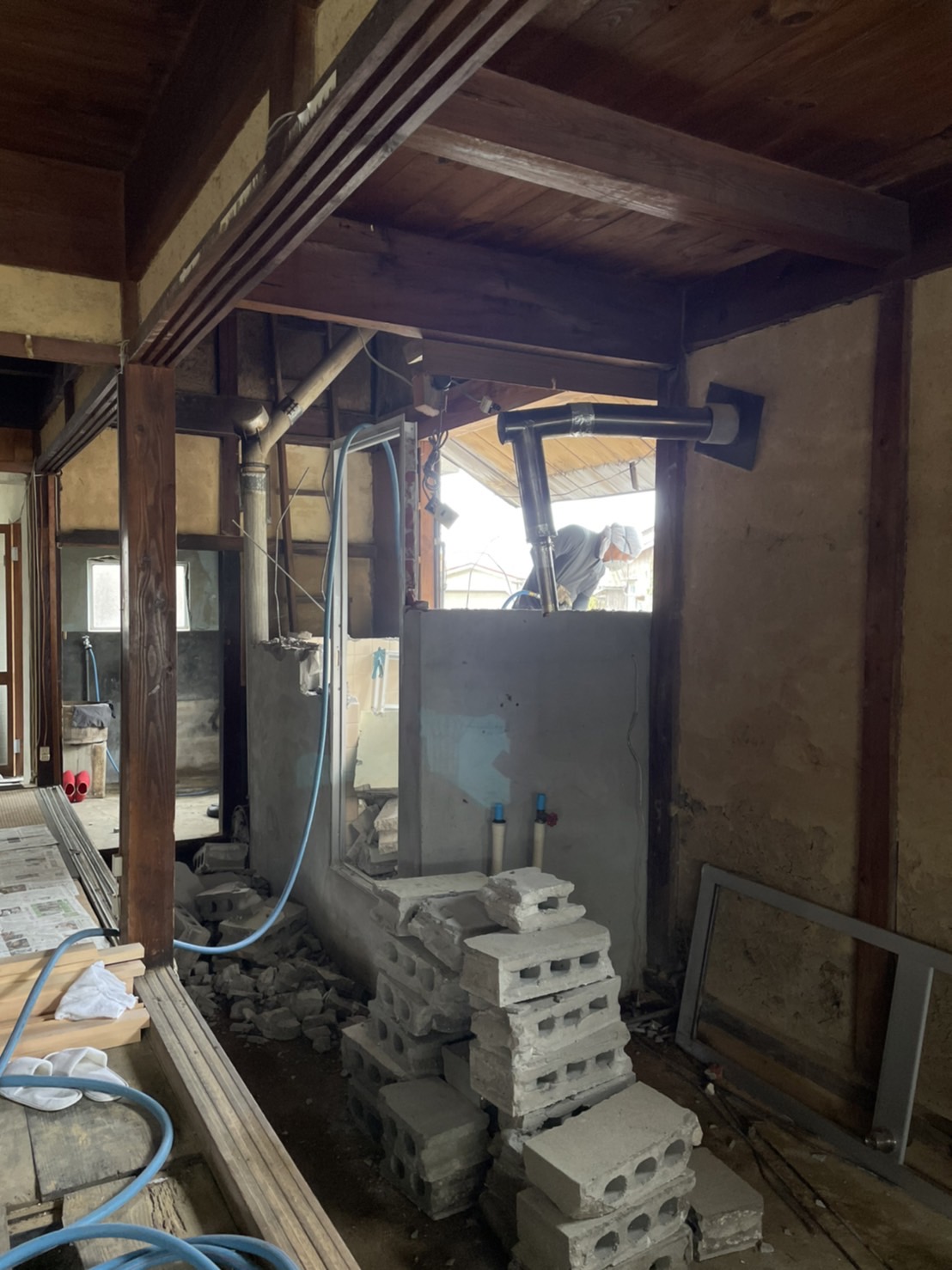
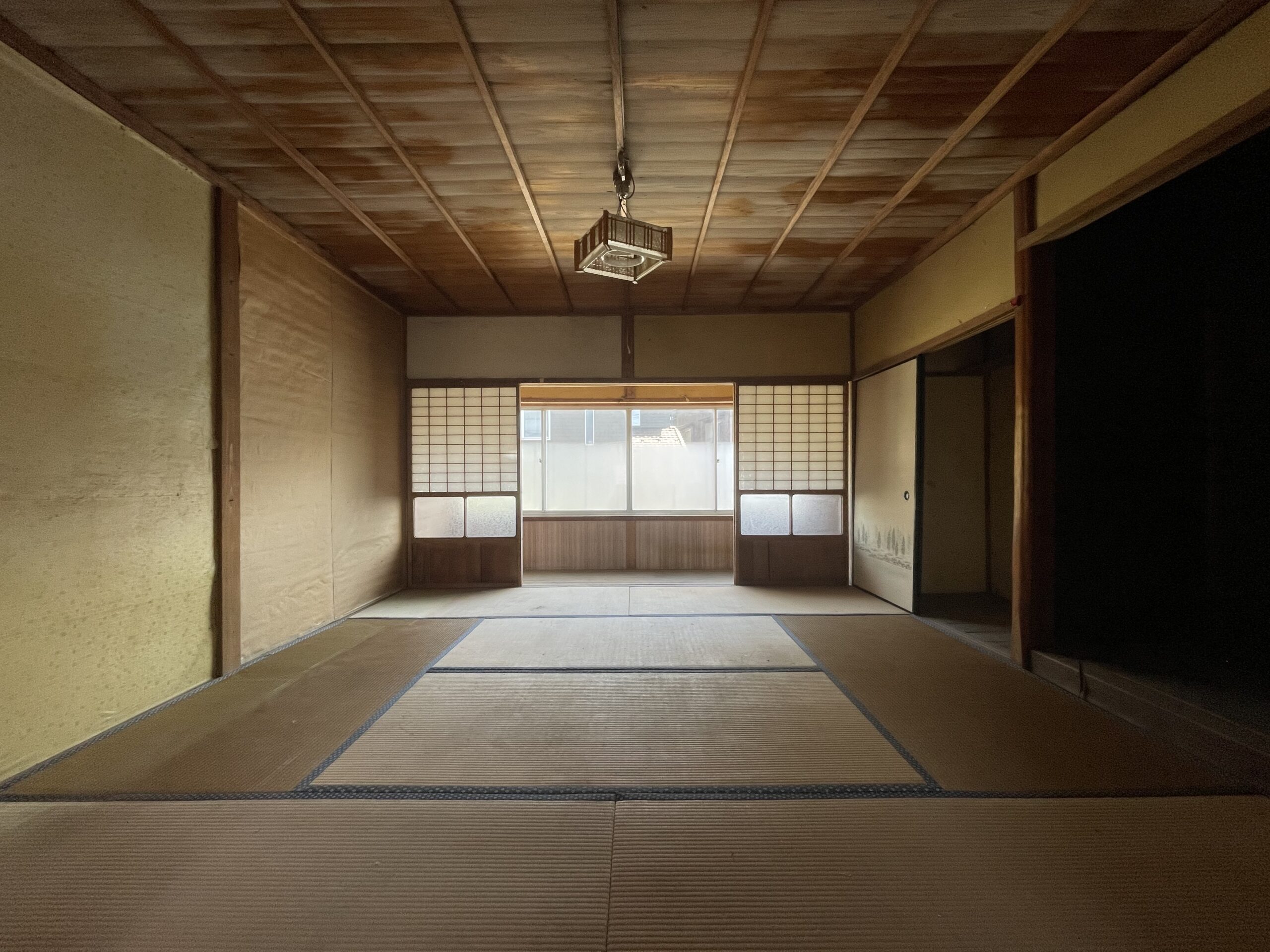
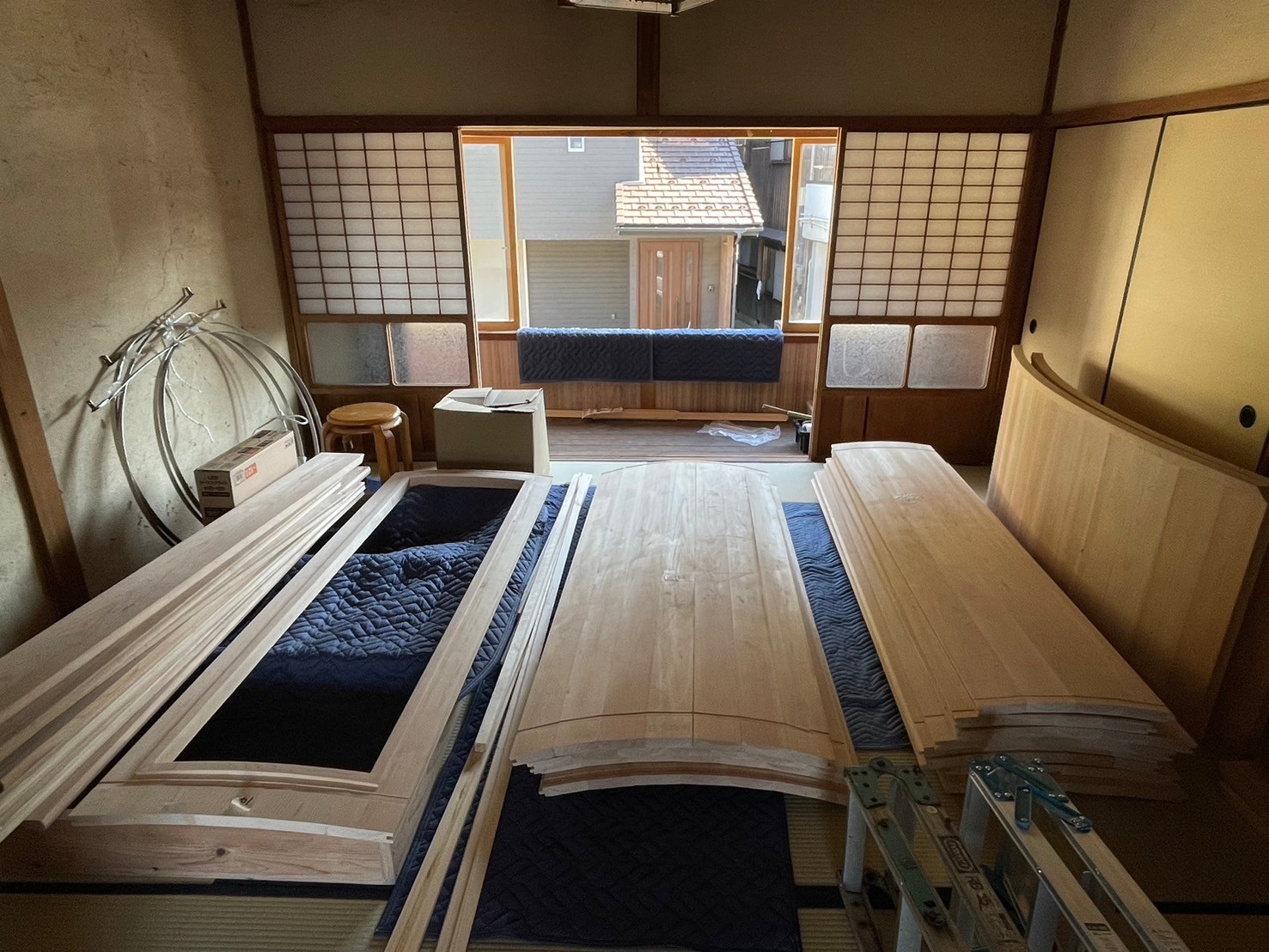
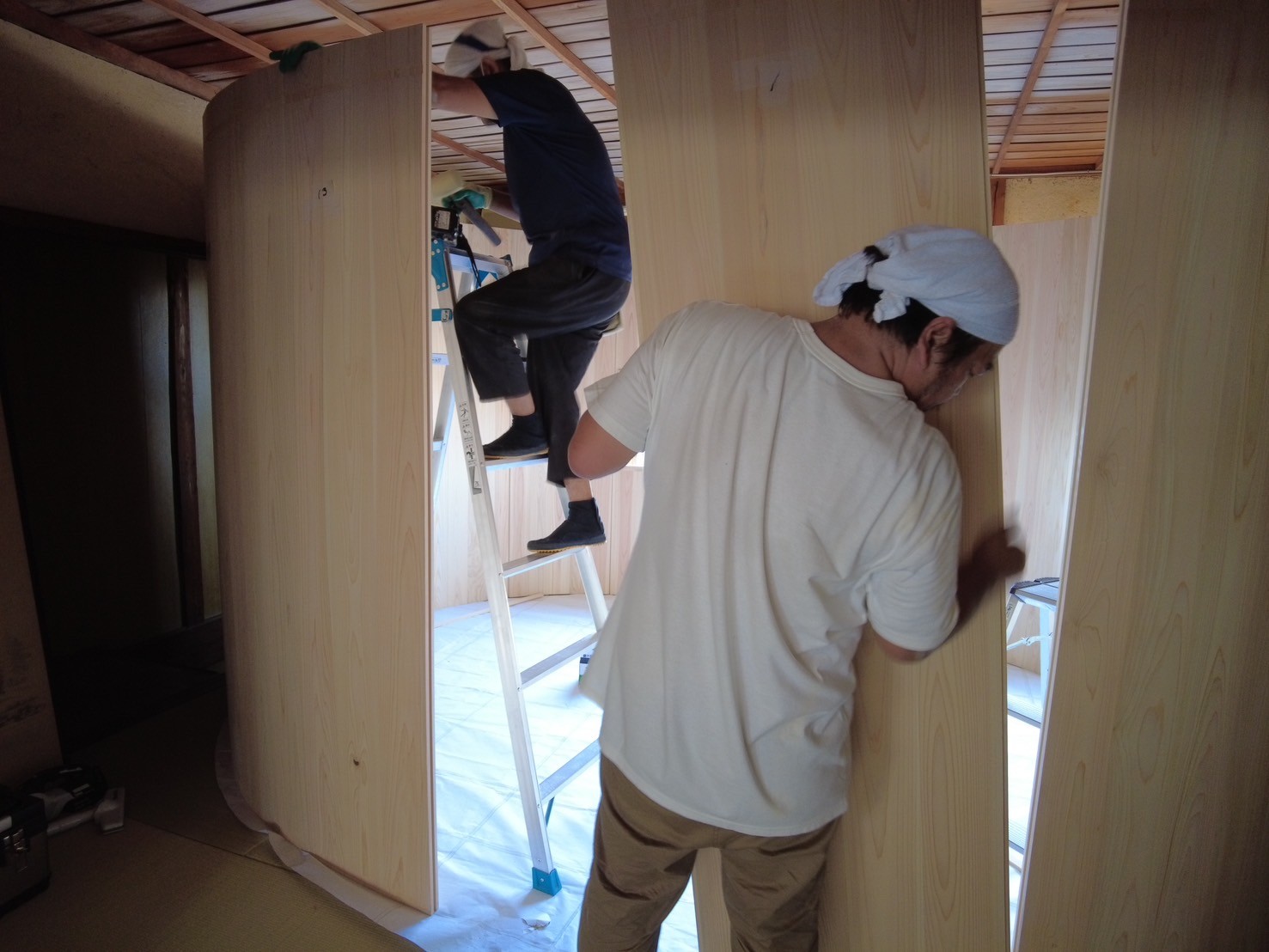
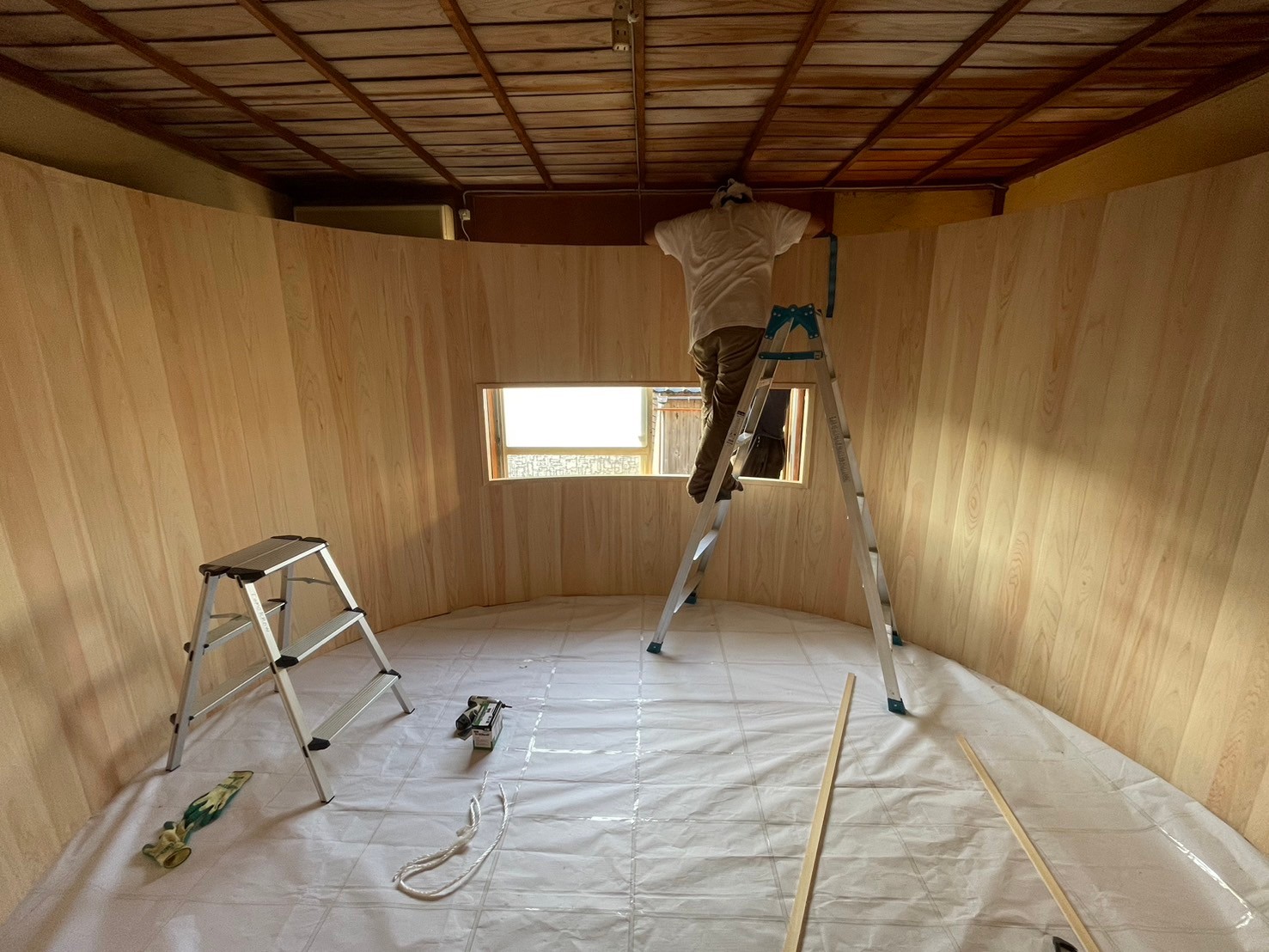
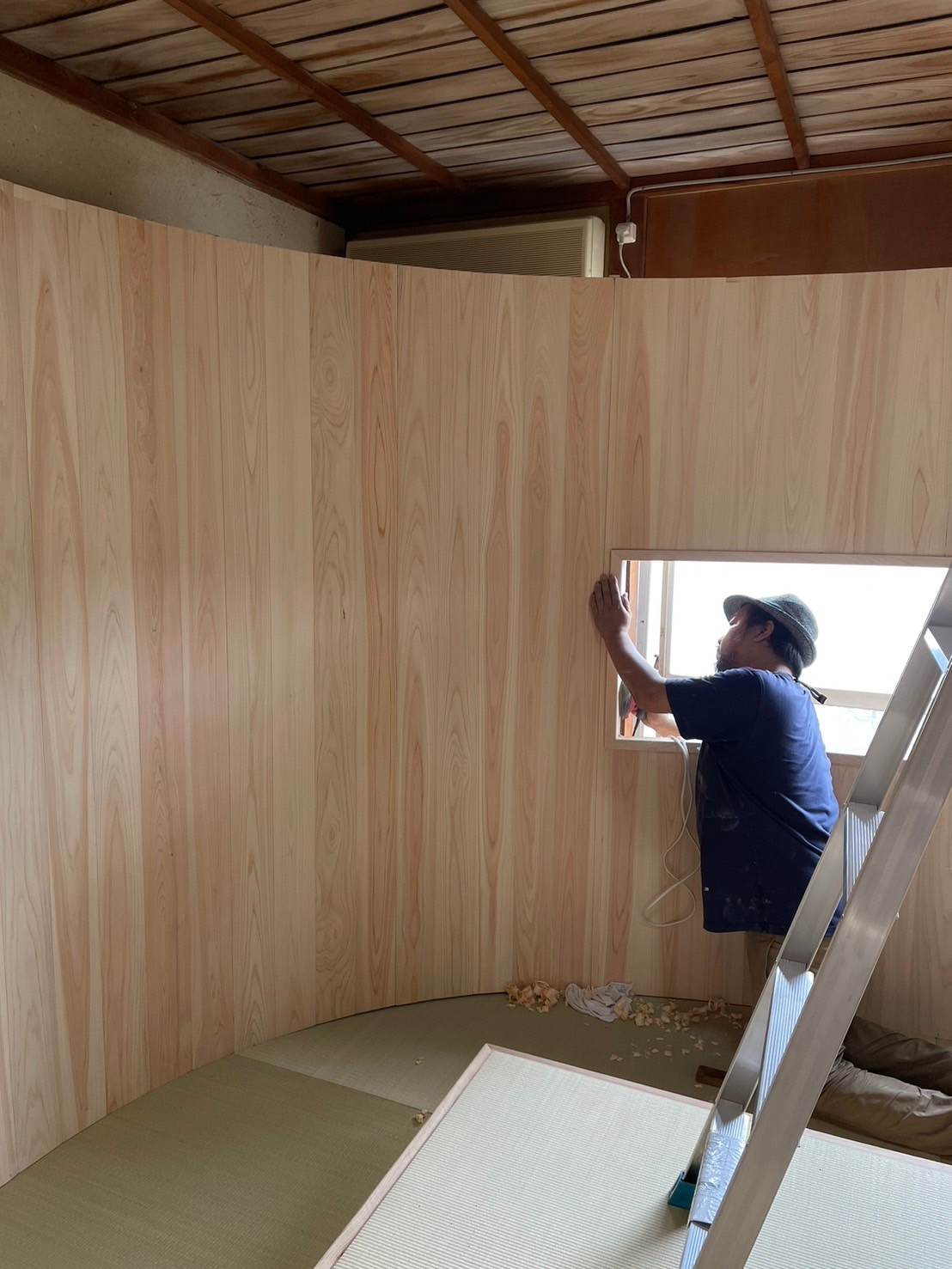
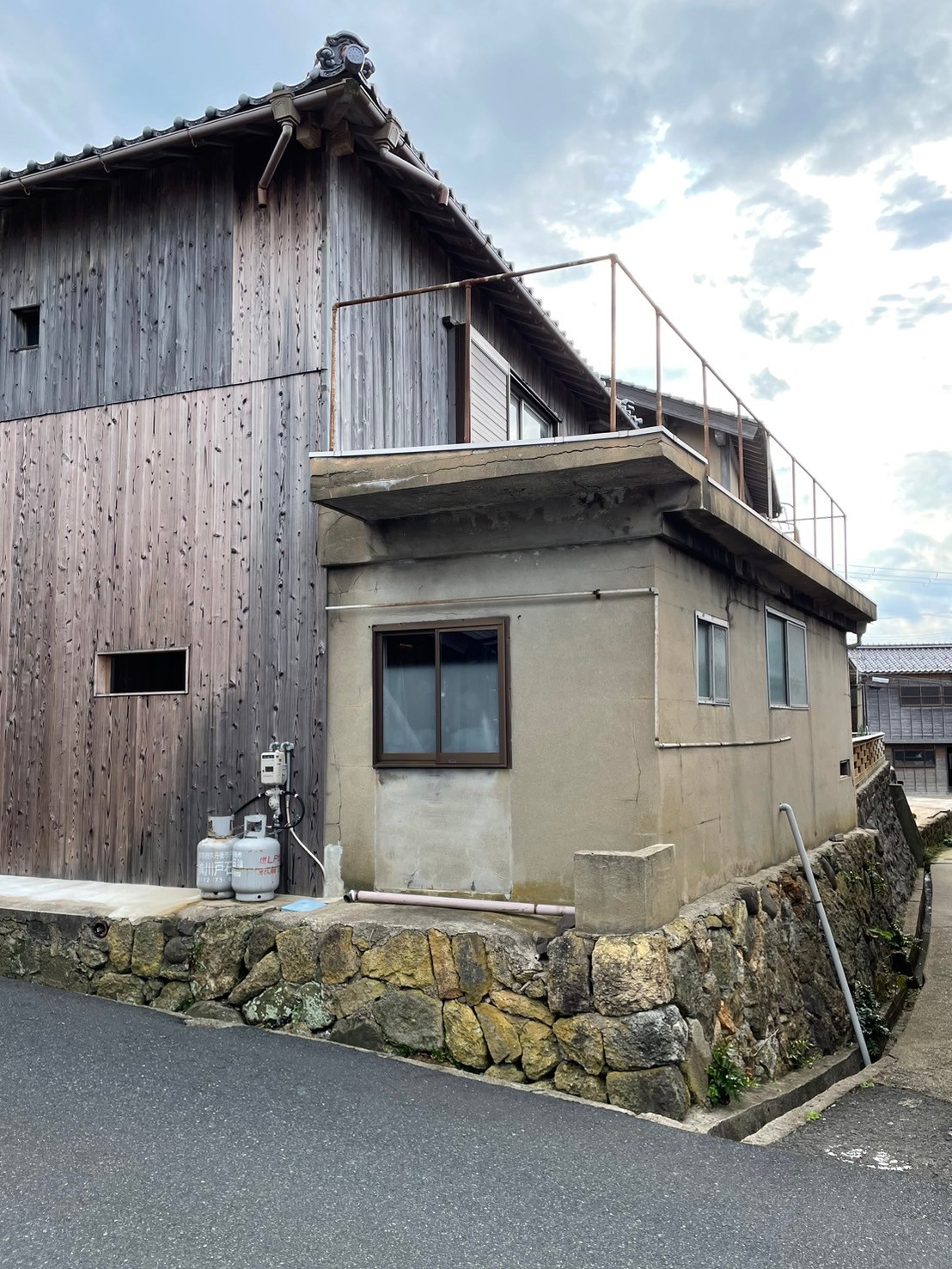
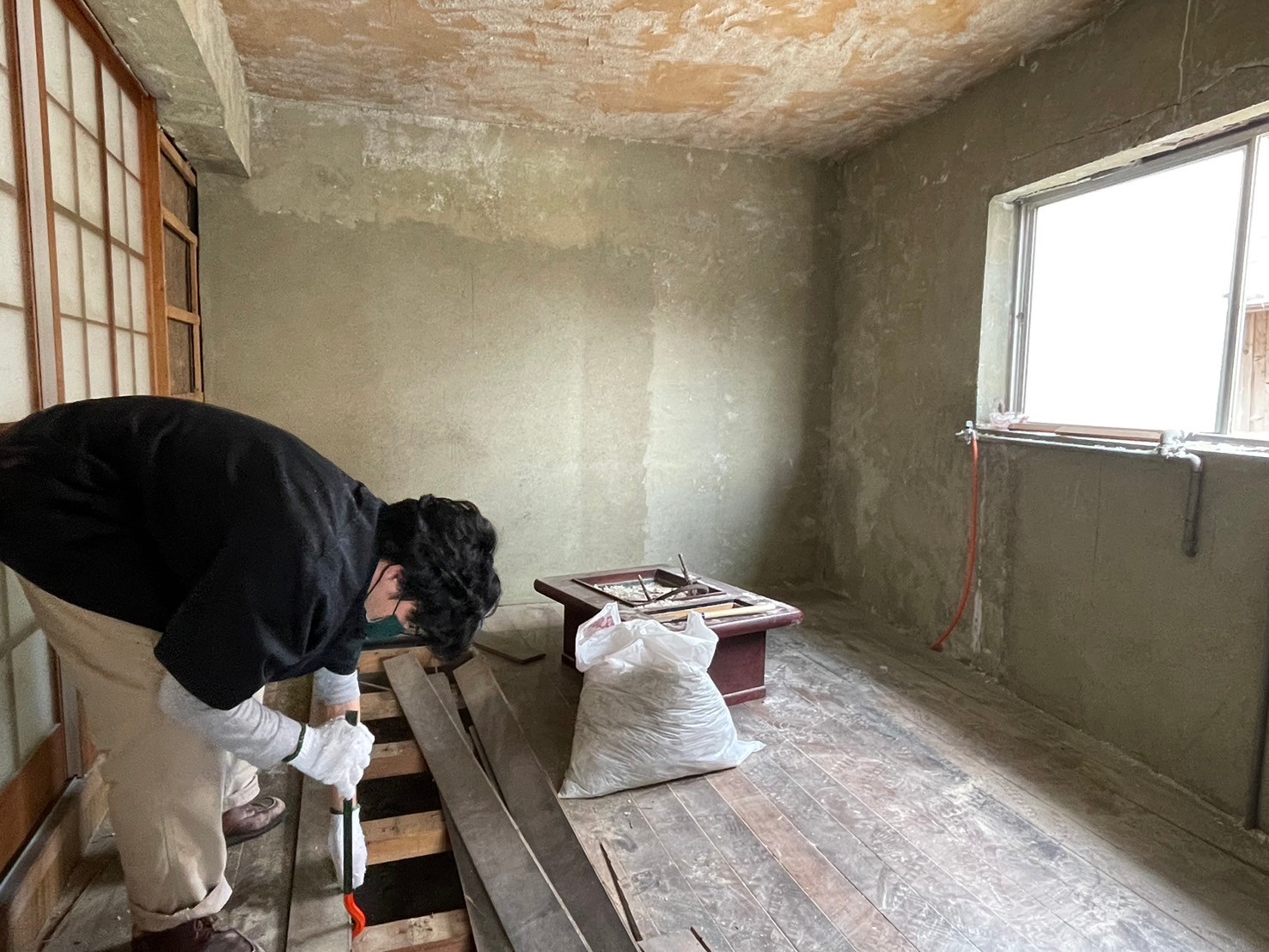
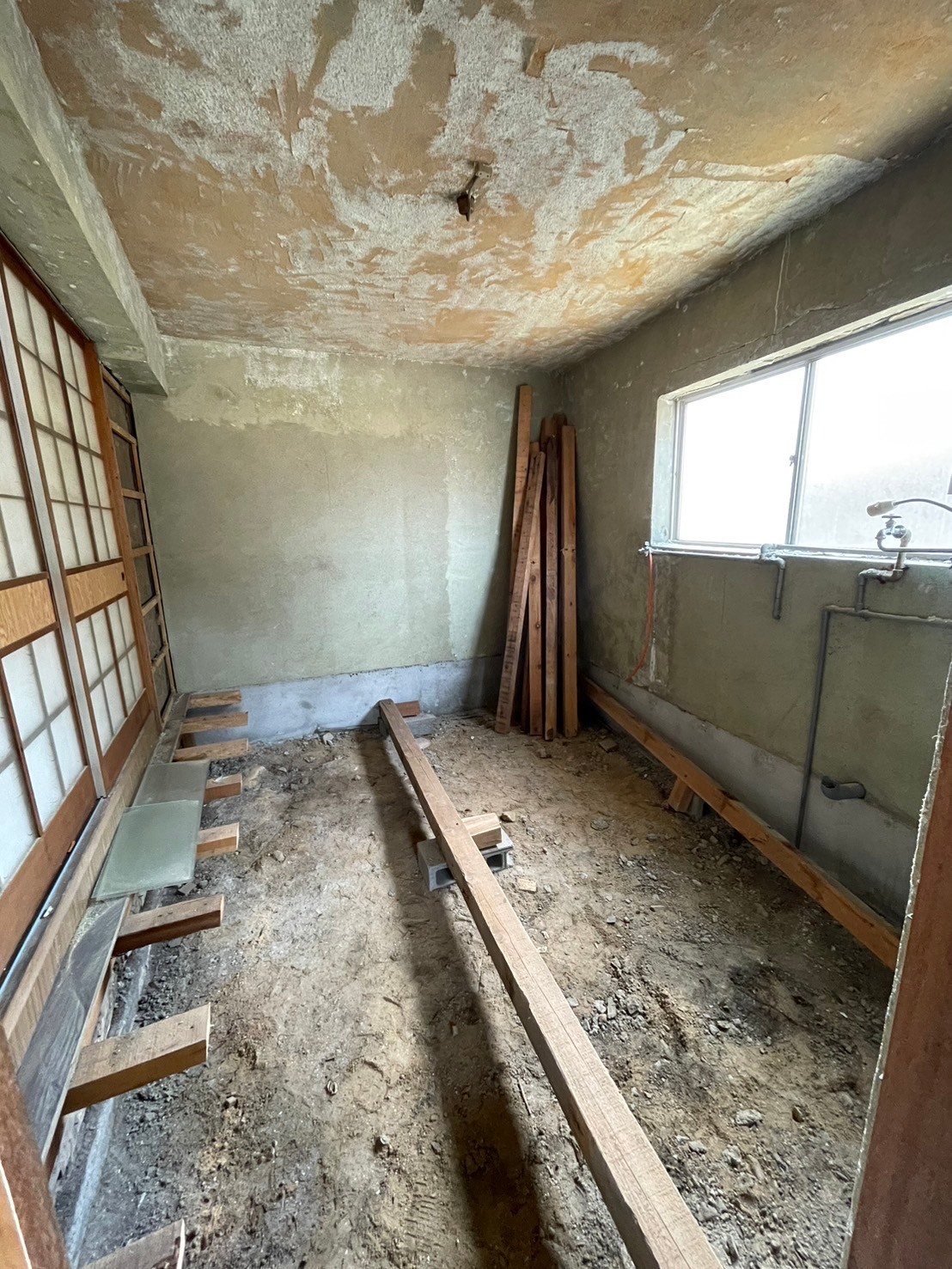
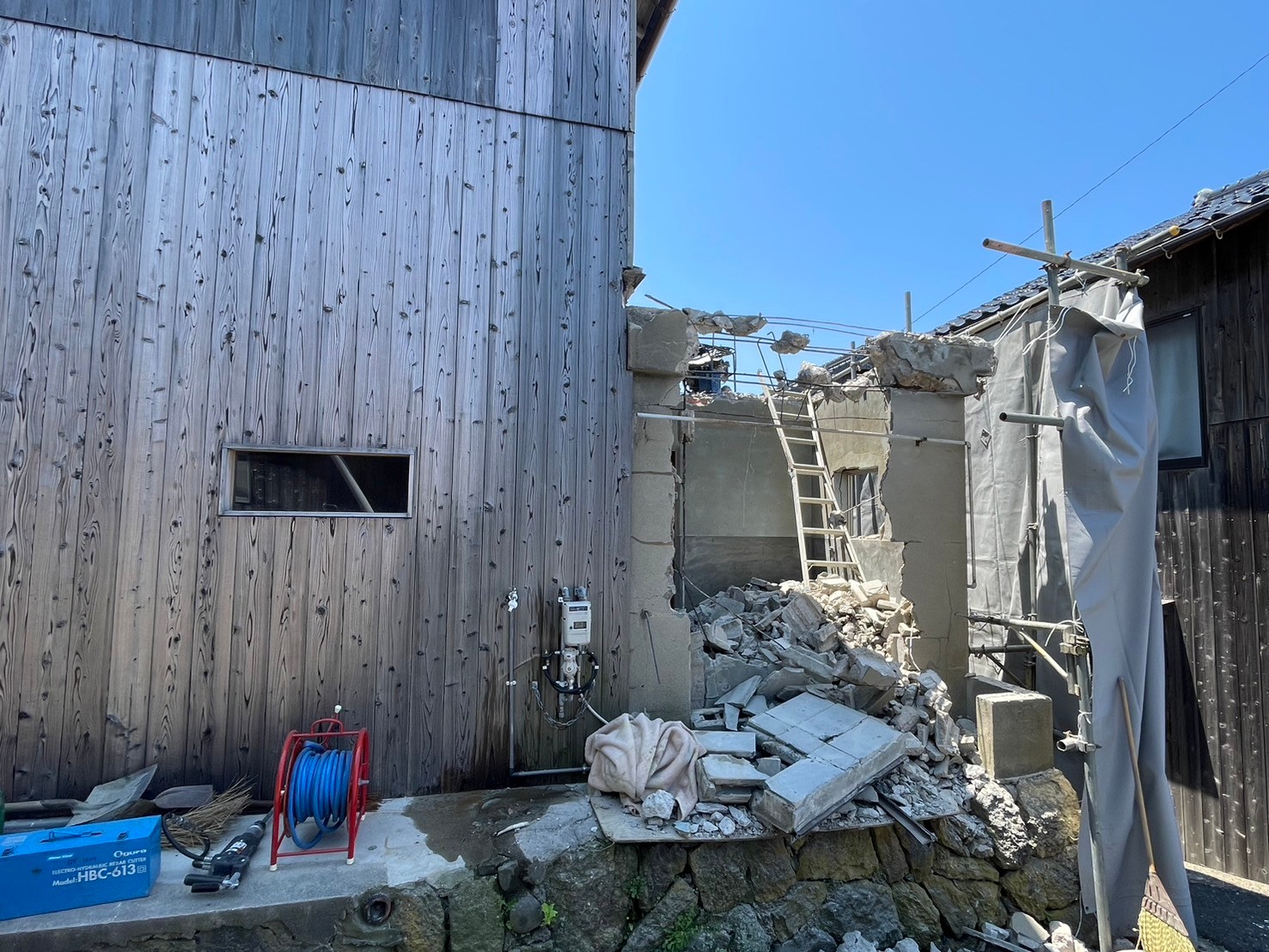
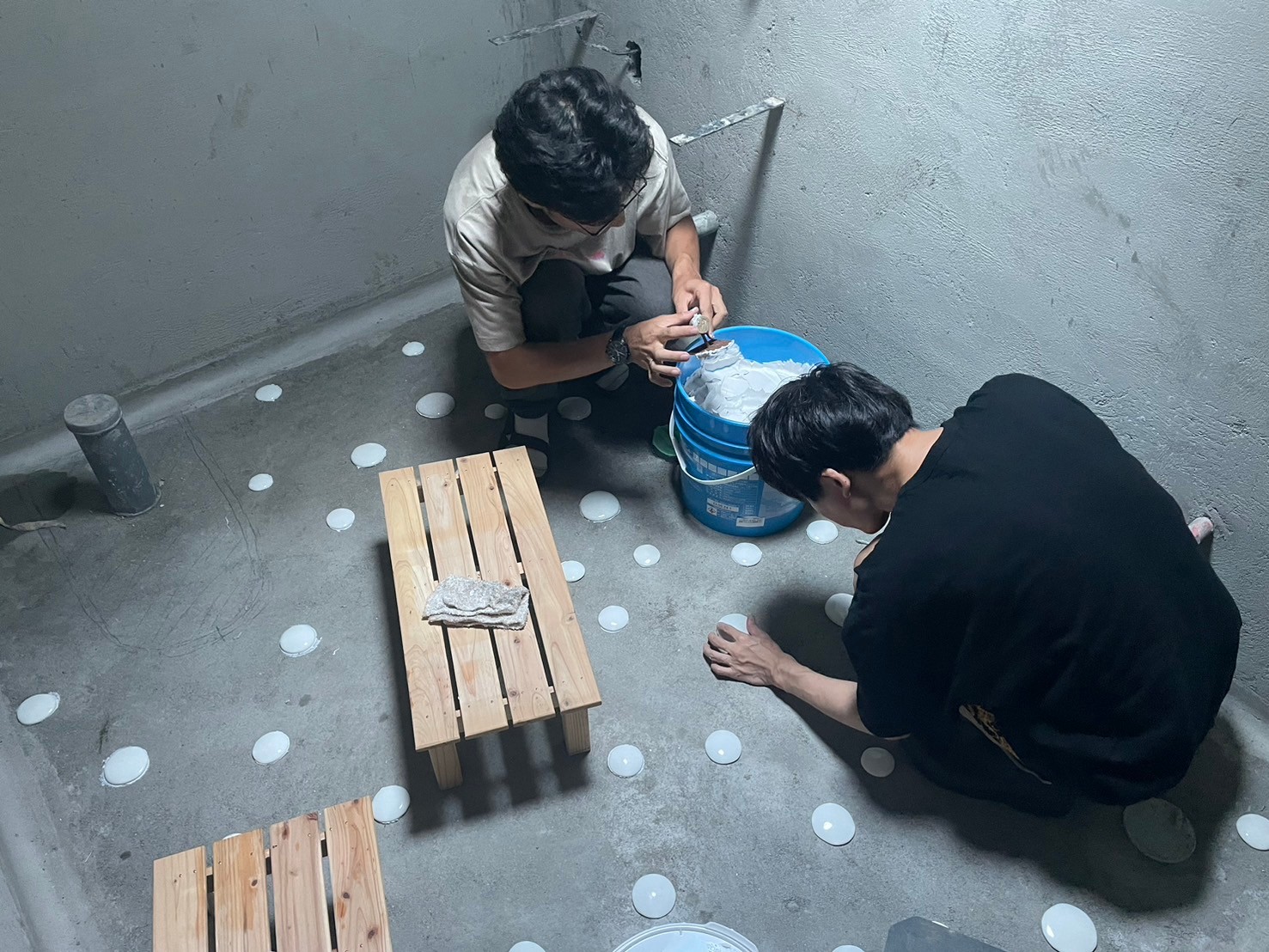
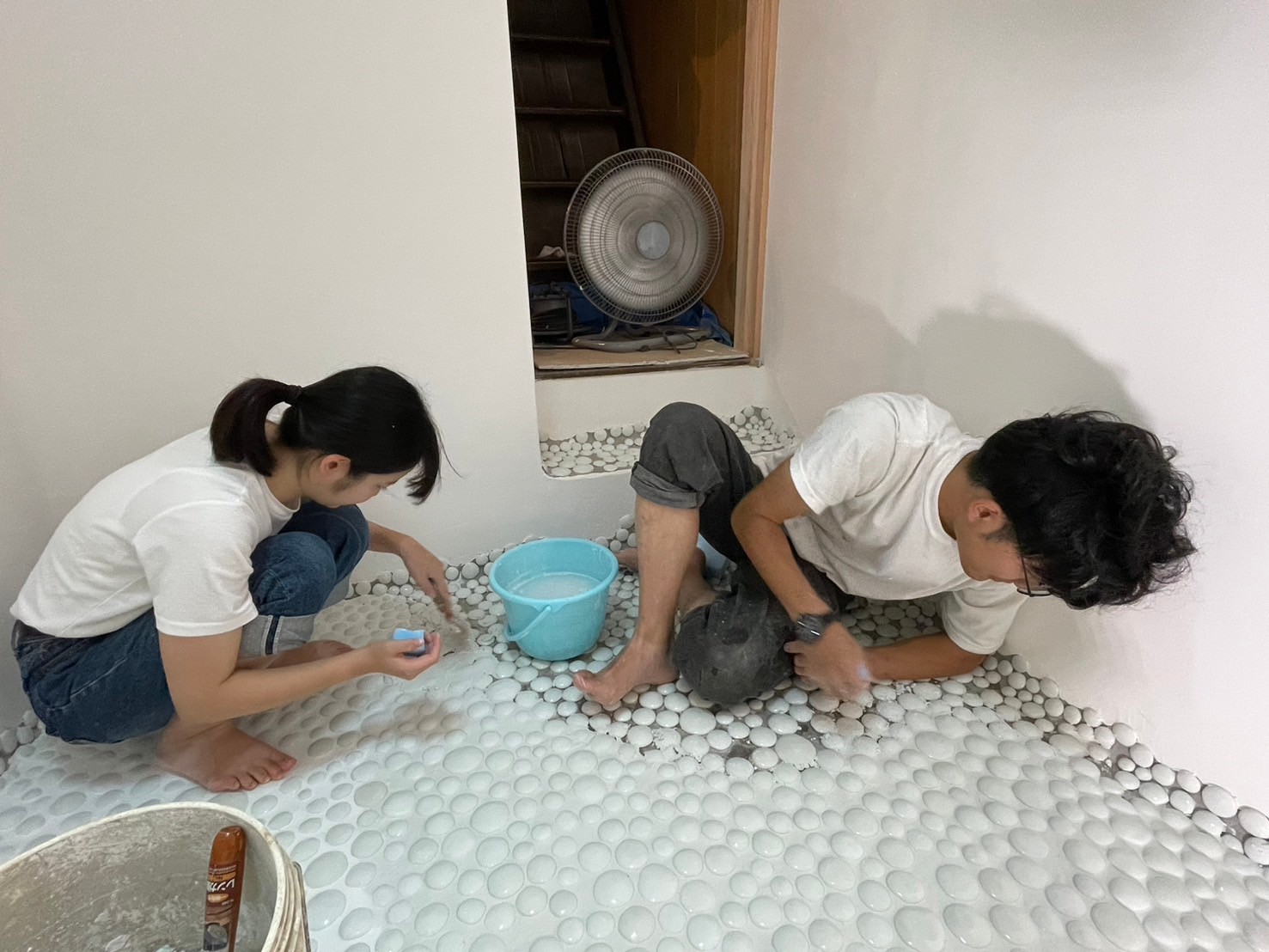
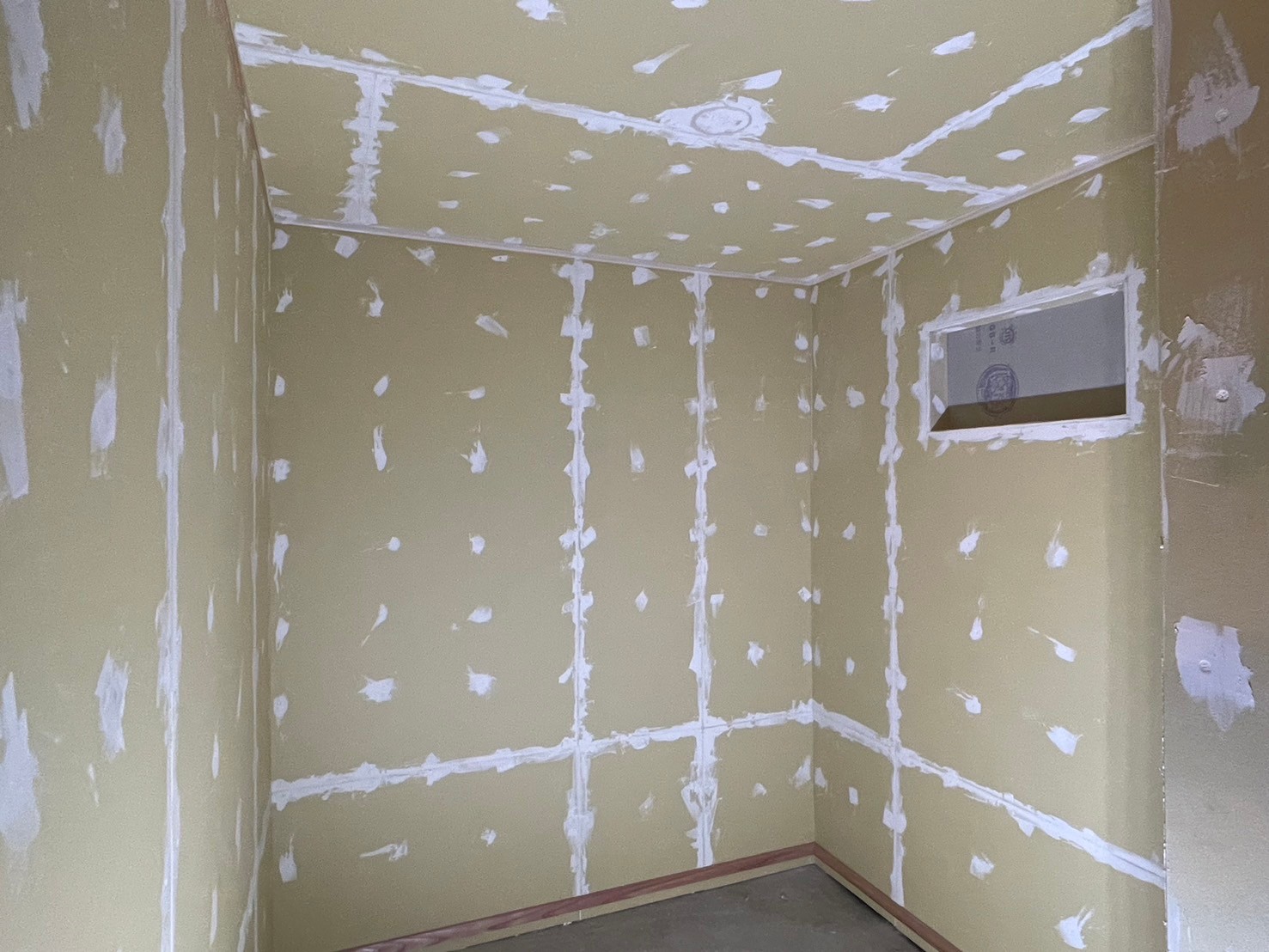
Diary of the renovation of TAIZA Studio
Year: 2021-2024
Concept and Planning: TOMORROW
Venue Preparation: Omura Koumuten
Clay Wall Plasterer: Nakasu Plasterer
Tatami: Takamuro Tatami
Kitchen: Jyurinsha
Mounting: Fujita Gasodo

Shuji Nakagawa "Wood Eaves" The eaves are a work of art using only quarter-sawn lumber. When we rented a house that had been uninhabited for twenty years, the eaves were made of plastic corrugated sheets supported by rusty iron poles. We thought that wood would be a better choice, and more sustainable, and that it would fit in better with the environment. The wood eaves have the power to create conversations: locals admire them and the eaves offer shelter when it suddenly starts to rain. The rough expression of the wood is not a deviation for Shuji Nakagawa, a wood barrel craftsman, whose skill is evaluated by the smooth appearance of his products, but a sign of his desire to evolve his practice.

Shuji Nakagawa "Wooden Room" In ancient times, humans live with trees. Although there are not many left like ceramics, people started eating with stones and wooden spoons instead of scooping them out of their hands. At that time, the distance between people and the sky might be closer than now. Nakagawa conceived of a space for sleep where one can face a brief moment of death while looking up at the sky. To regenerates through every sleep and get life force from the tree. This wooden room that feels such a wish dreams of being developed outdoors someday.

Akio Niisato "Clay Wall" Akio Niisato is a ceramist known for his luminescent wares using hotarude, a technique that features openwork filled with transparent glaze that is said to have existed since the Jomon period and produced during the Qing dynasty. Niisato’s setting of this project was to build a wall using the same process that farmers use to build their own houses in fishing villages. He was given the clay from a local rice field and was taught on site by a plasterer who is highly skilled in sukiya (the traditional Japanese residential style for the upper class). It is also a wall of prayer, hoping that over the years, as the color of the clay adjusts to the wind, temperature, and humidity of the land, Taiza Studio will blend into our daily lives.

Shuji Nakagawa "Table" By joining two desks together, the total length of this cypress table reached 13 feet. It is 13 inches high, and it sits in a twelve-mat tatami room (198 square feet). Nakagawa says that he made this table by picturing the faces of the studio’s founding members, imagining the growing number of friends and local children, and envisioning ten people gathering together to talk, eat, and interact. Nakagawa, who attracted attention overseas for his Konoha champagne cooler for Dom Pérignon, was commissioned by us to make furniture for a project five years ago. This is the latest site-specific work by Nakagawa, who is now also active as a furniture maker.

Teresita Fernández "Soliloquy (Taiza)" At the estuary of Takano River, Nochigahama coast, a huge basalt monolith “Tateiwa” with a height of 20 meters stands. Inspired by this natural rock that still tells us that there was an eruption here, the artist created a commission work consisting of paintings and three-dimensional objects, entitled “Soliloquy.”

Satoshi Sato "Glass Door" This entryway receives gentle light from the north, where the sea is located, and the door is glazed with hundred-year-old glass. The quality of glass that old could not be reproduced today, as the glass-making process has become so advanced. Glass artist Satoshi Sato created a work using the stained-glass technique for a partially missing plate in the door. Sato had initially envisioned changing the existing transparent glass into modern transparent glass, then showed us two rondels (blown-glass discs common in the Middle Ages) with the colors of light, sky, sea, and soil. We asked his friend, Koji Aono, a stained-glass artist in Nara, to fit the glass into the door. The thickness of glass is different now than it was 100 years ago, and the work of translating the conventional wisdom of glass and doors from a little while ago to the present day brought an opportunity to think about the relationship between glass and architecture in the future.

Koh Kado, Yoshihisa Tanaka “Taiza Paper” The fusuma paper is TOMORROW FIELD’s original Japanese paper, Taiza Paper, which is mixed with soil of Kyotango found through fieldwork. It is set up on the first floor of Taiza Studio, which explores the way of living in the future, and welcomes visitors.

"Kitchen" We have dreamed of cooking rice in an earthen stove like those found in Zen temples or living with a fireplace to get through the cold winters. However, the reality is that smoke and other obstacles are keeping the project from being realized for now. Still, hoping for the occasional visit from a professional chef to serve the latest dishes made with local ingredients, we said goodbye to an obsolete bathroom and plan to build a kitchen (and someday an earthen stove) here. For this kitchen, which is typically used for cooking for only one person, to become a place to host a lively dinner party with friends, we asked Ken Sakamoto, the chef, to create a proper cooking space, and with Makoto Yasohara, the furniture maker, to create a place for dishes and cooking utensils. The result was a kitchen that was as functional as possible, but also extremely simple.

Koji Kakinuma “Taiza Studio” nameplate, “TOMORROW FIELD” poster When we learned about the art industry’s lack of sustainability due to excessive packaging and the mass-printing of announcements, we canceled the printing of posters and flyers for this exhibition and asked the calligrapher Koji Kakinuma to handwrite forty cards with the words “TOMORROW FIELD" to which we stamped a QR code in red. Drawing from the Taiza region’s history, and, in particular, its interaction with the Yamato dynasty in China and with the Korean Peninsula at that time when kanji was introduced to Japan, Kakinuma expressed Japanese characters with a modern sense of cool. The nameplate “Taiza Studio" was also written by Kakinuma, included a prayer for peace, on a cedar plank by Shuji Nakagawa, a woodworker.




Satoshi Sato "Lighting" Taiza faces the northern sea, and at night we can see a large view of the North Pole and the northern stars. Squid fishing boats would have once set sail from the port of Taiza, relying on the stars. We will present lighting inspired by the stars and the light of ships.




























































